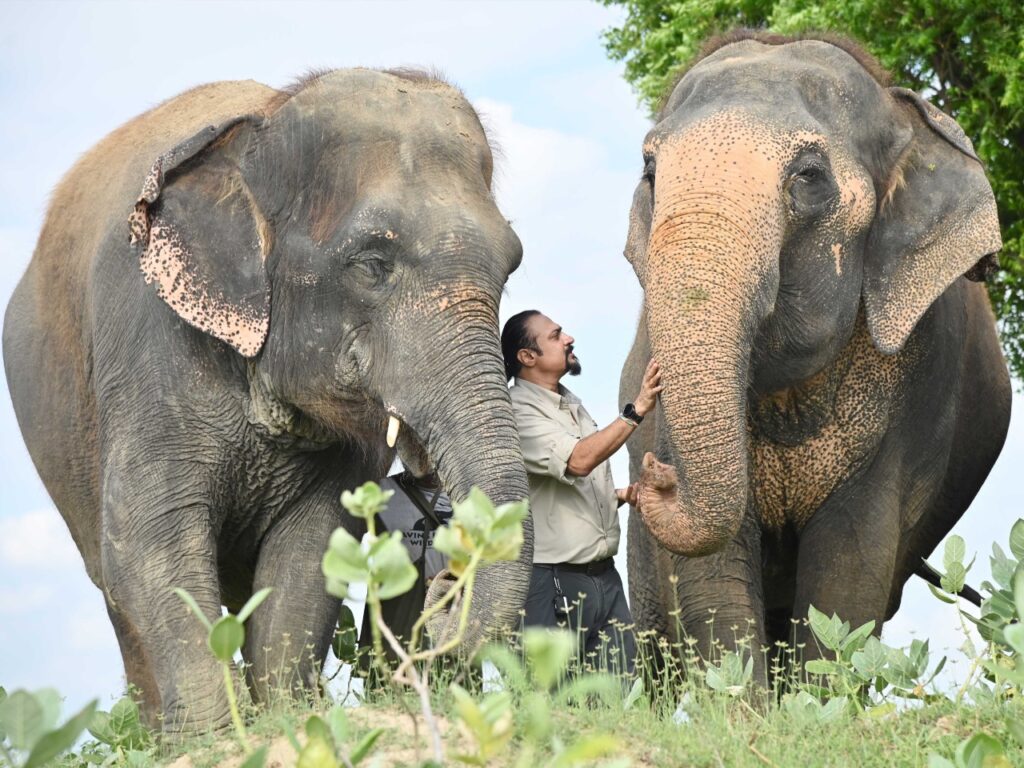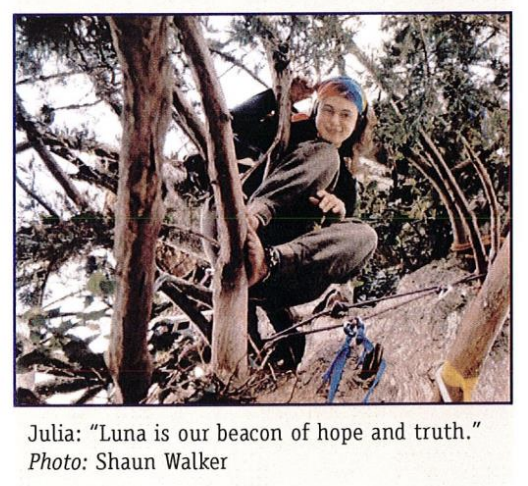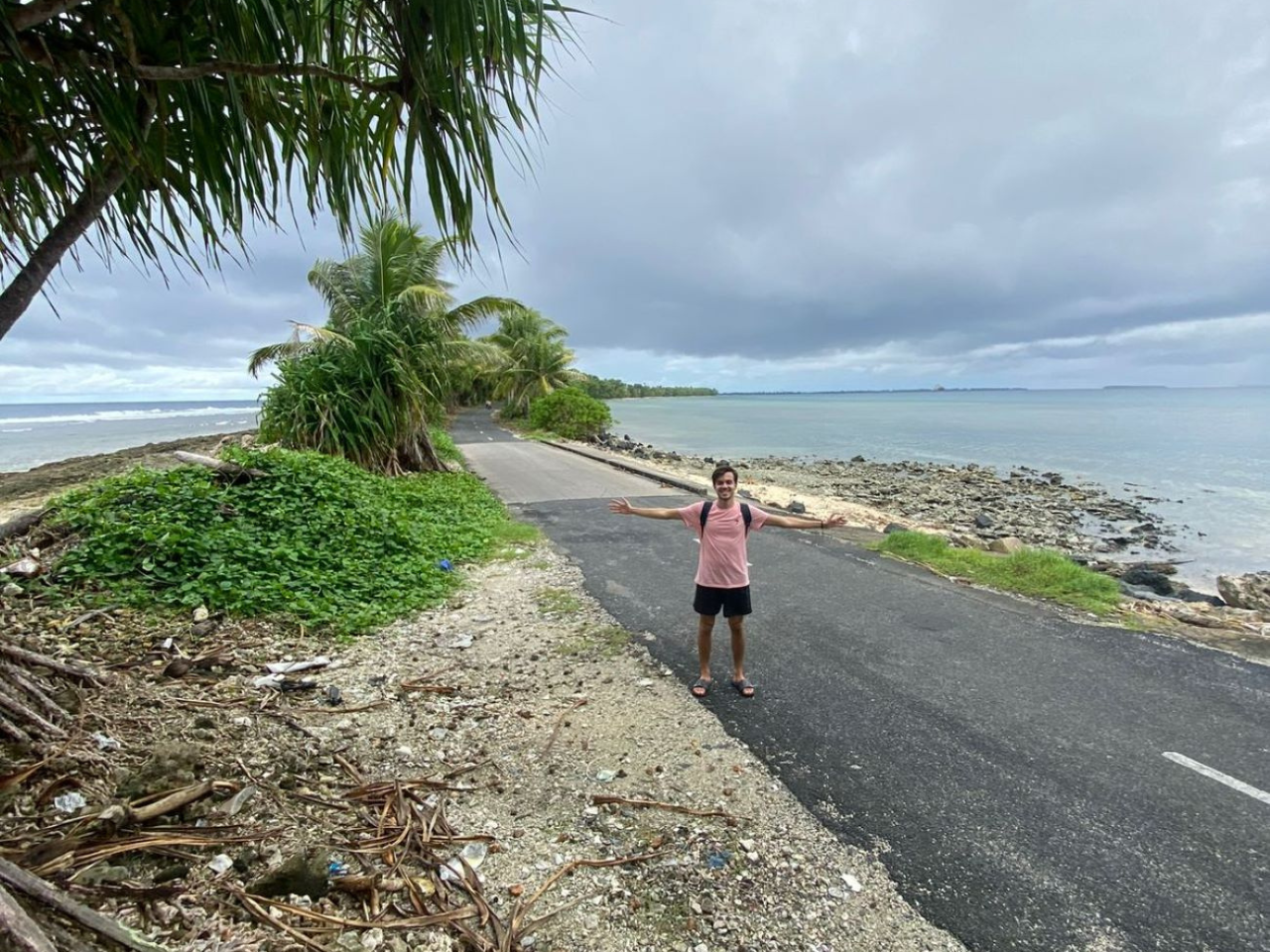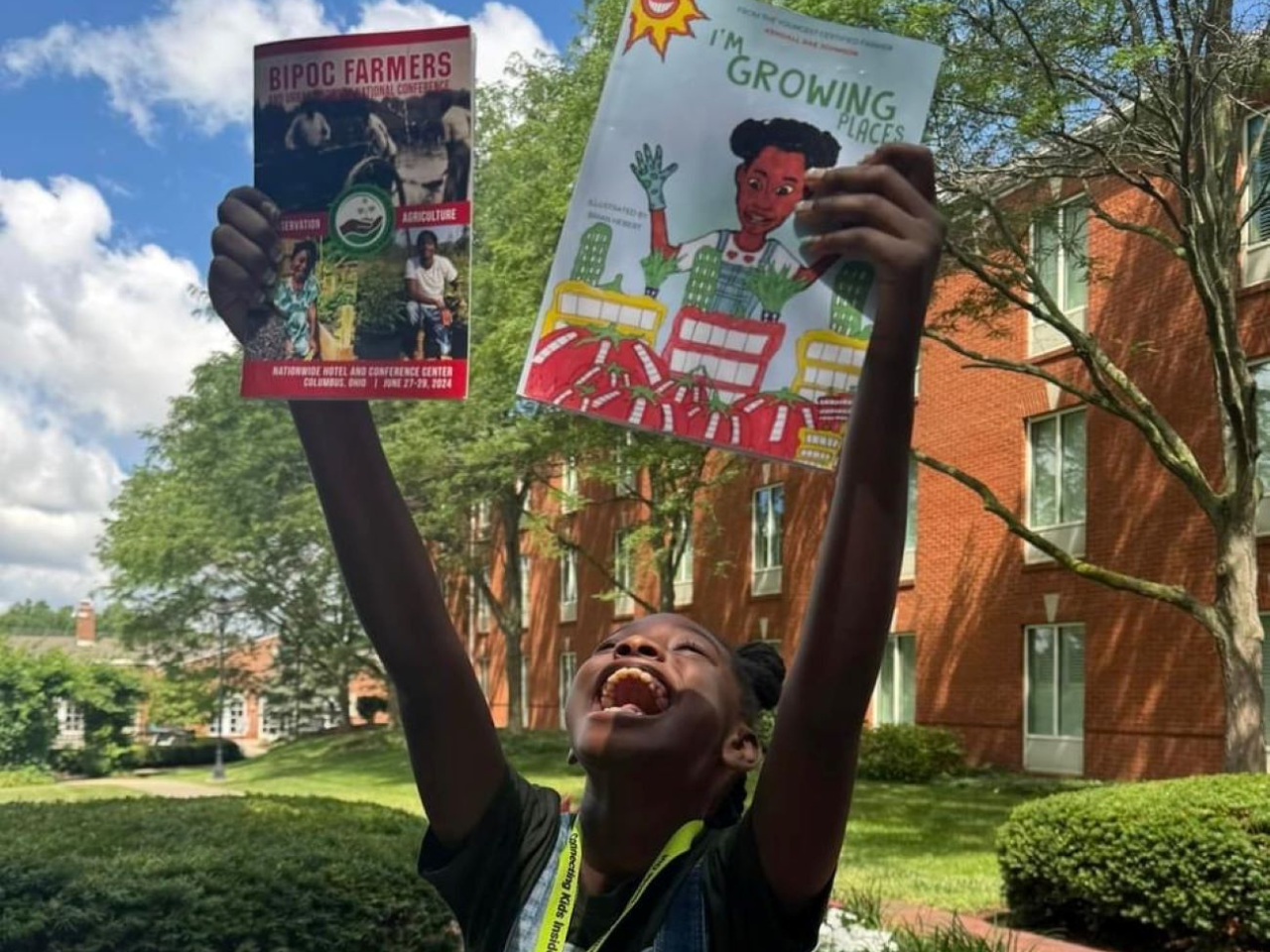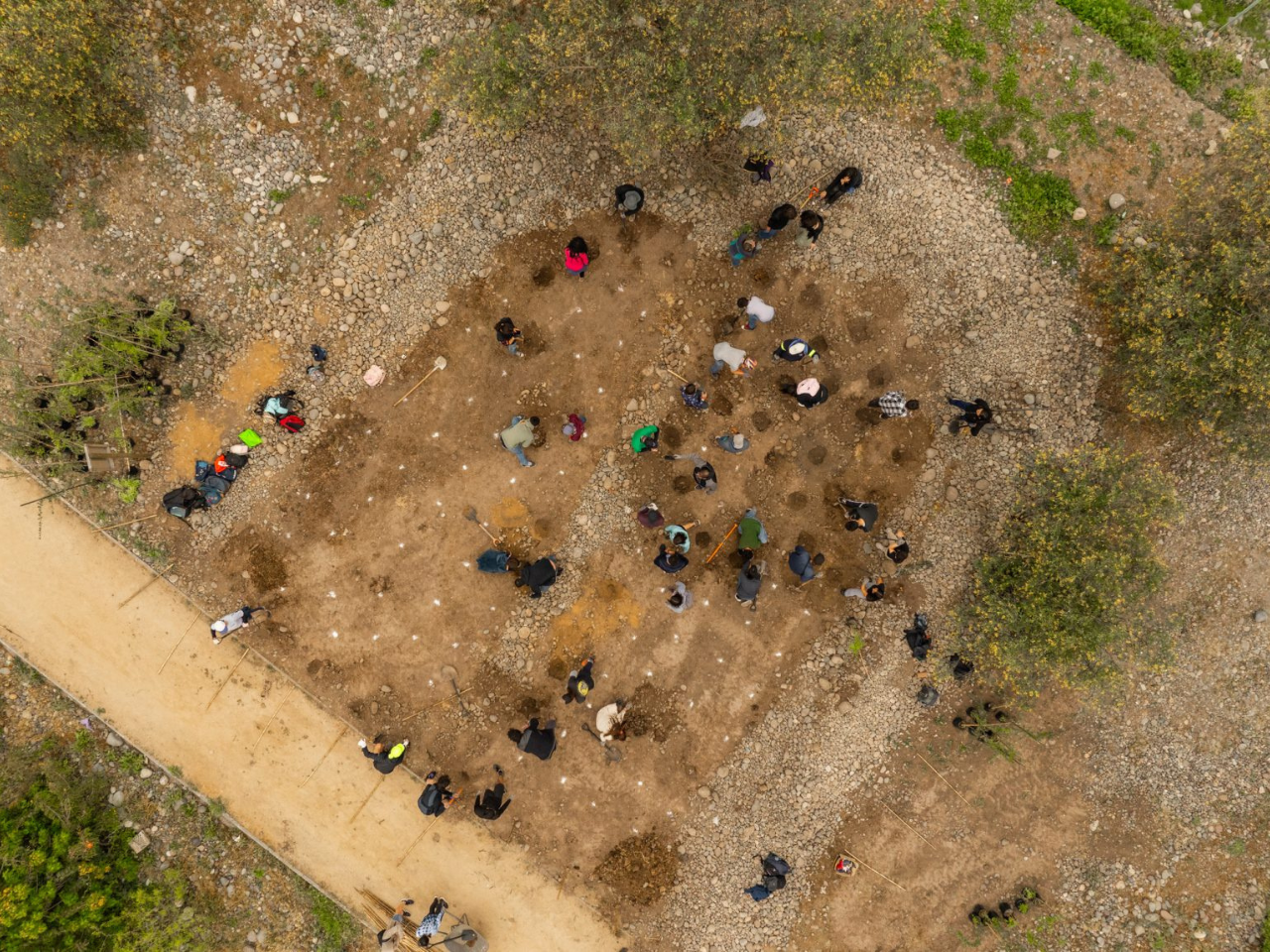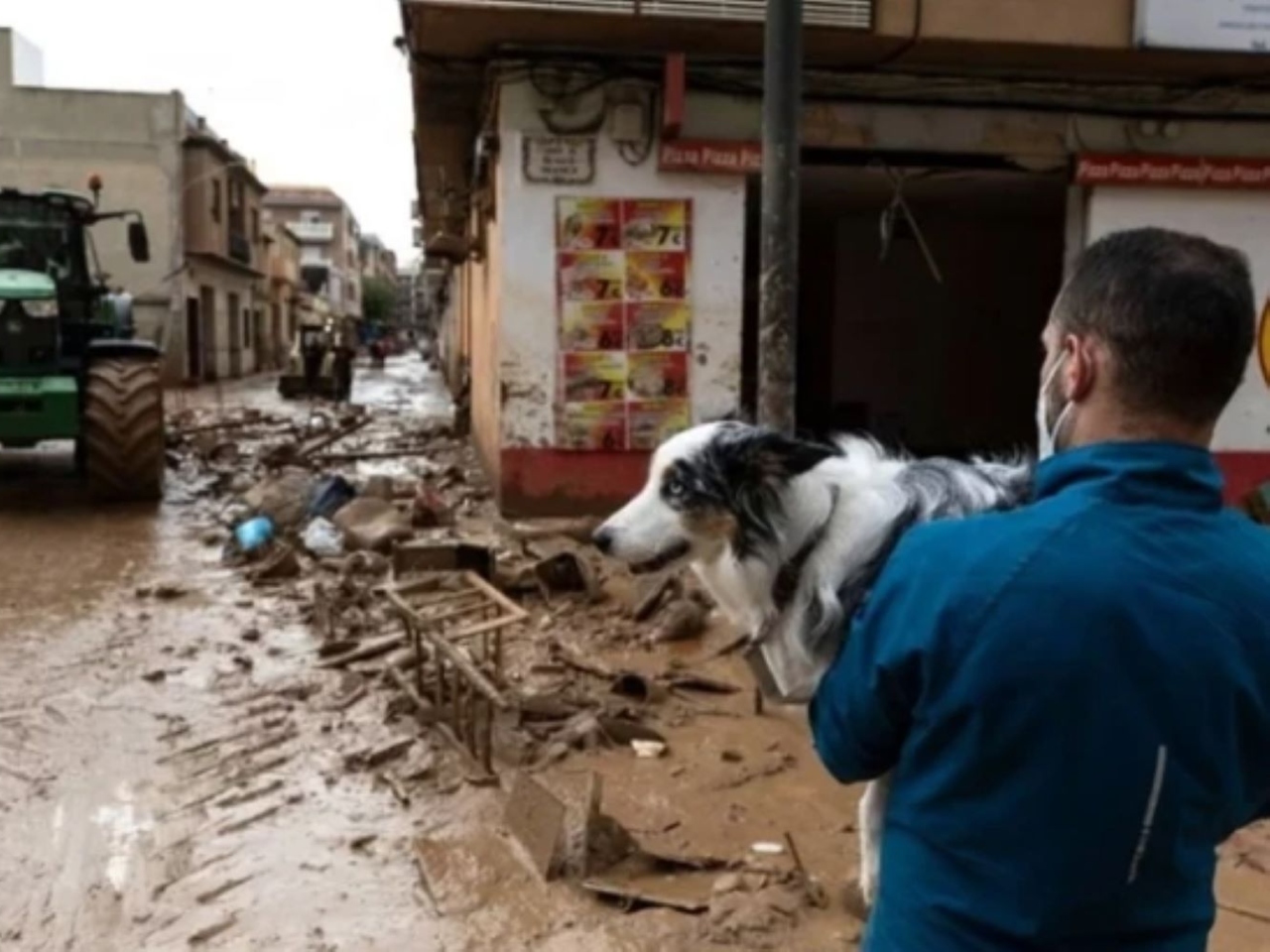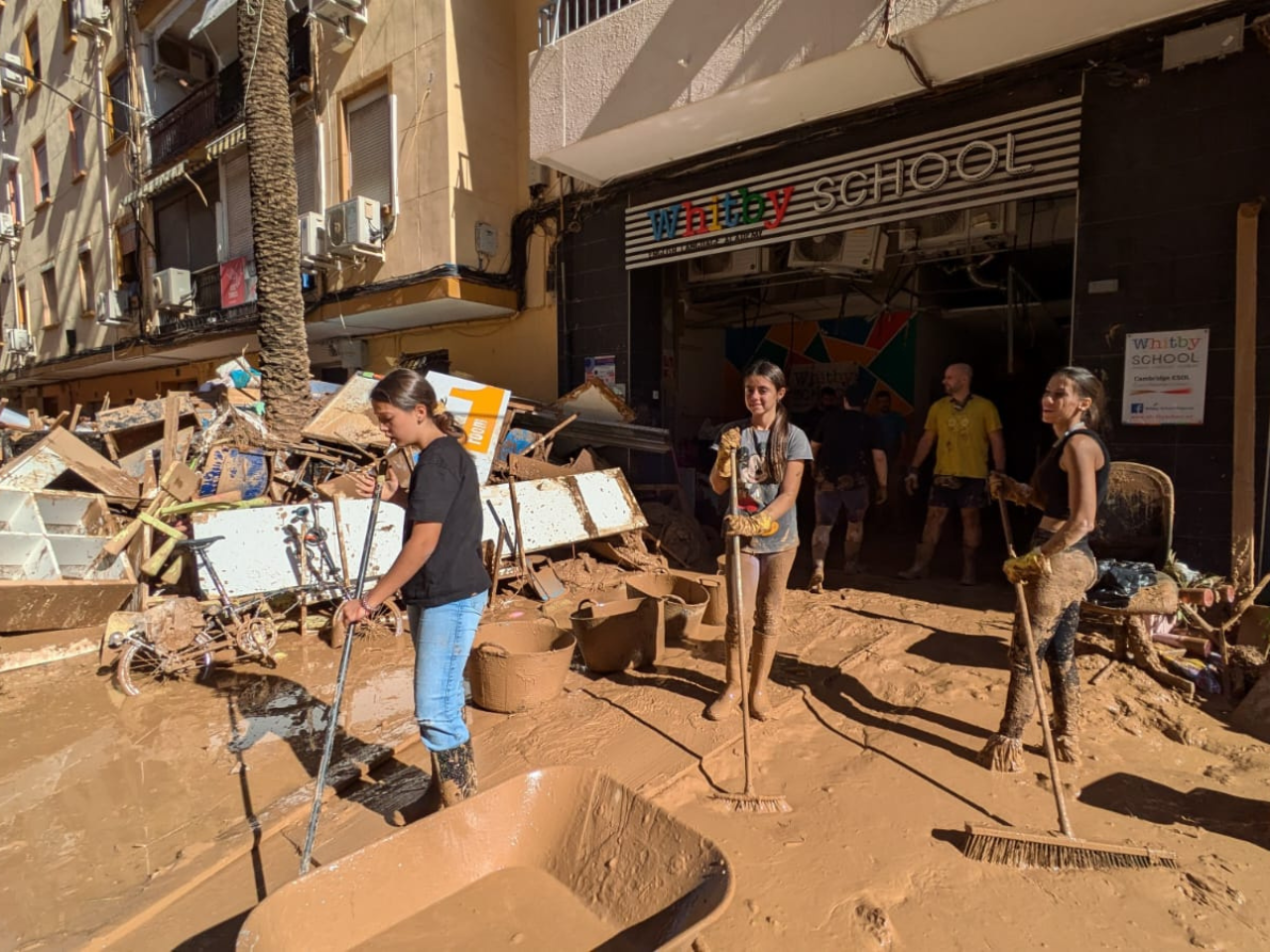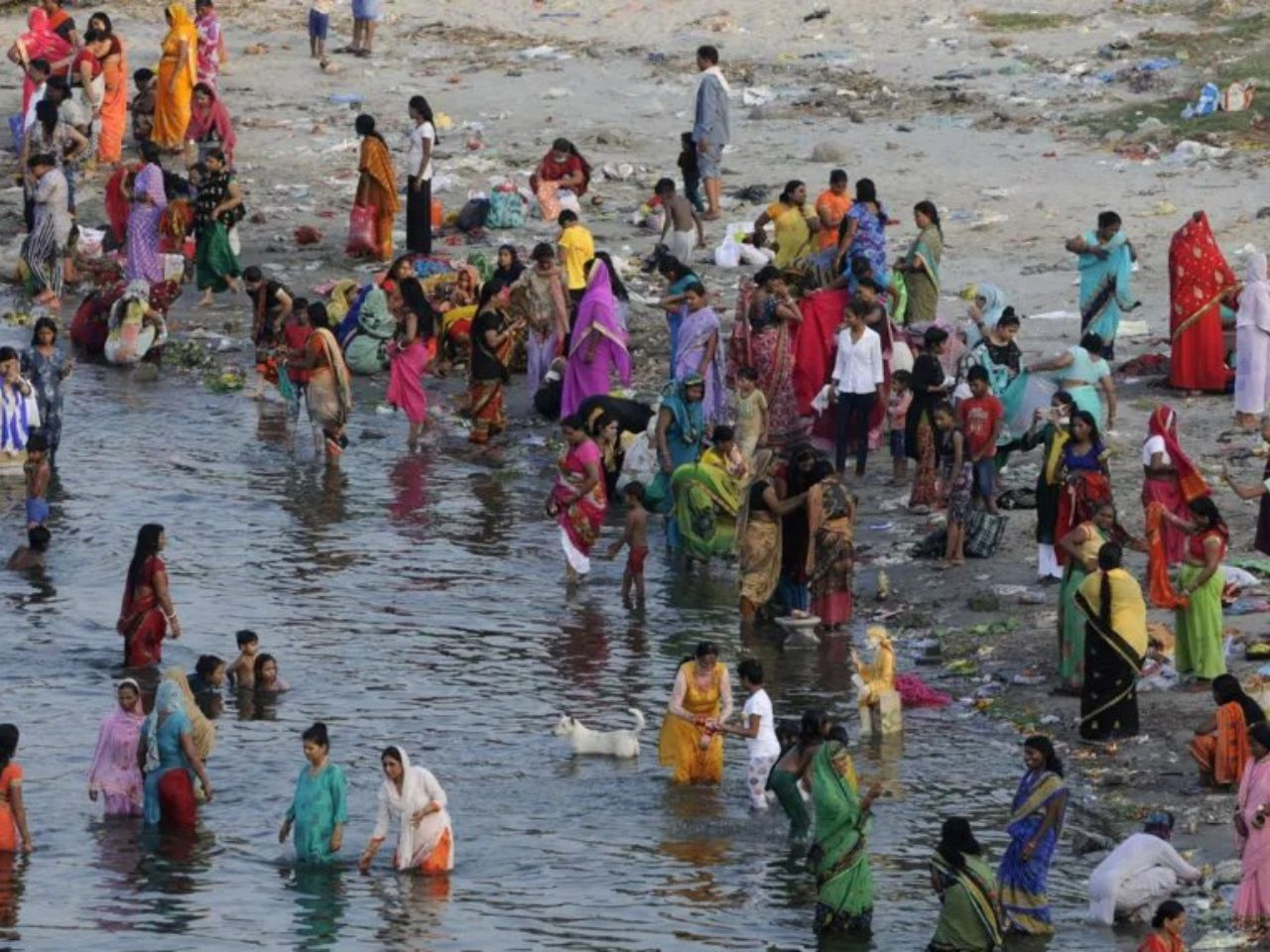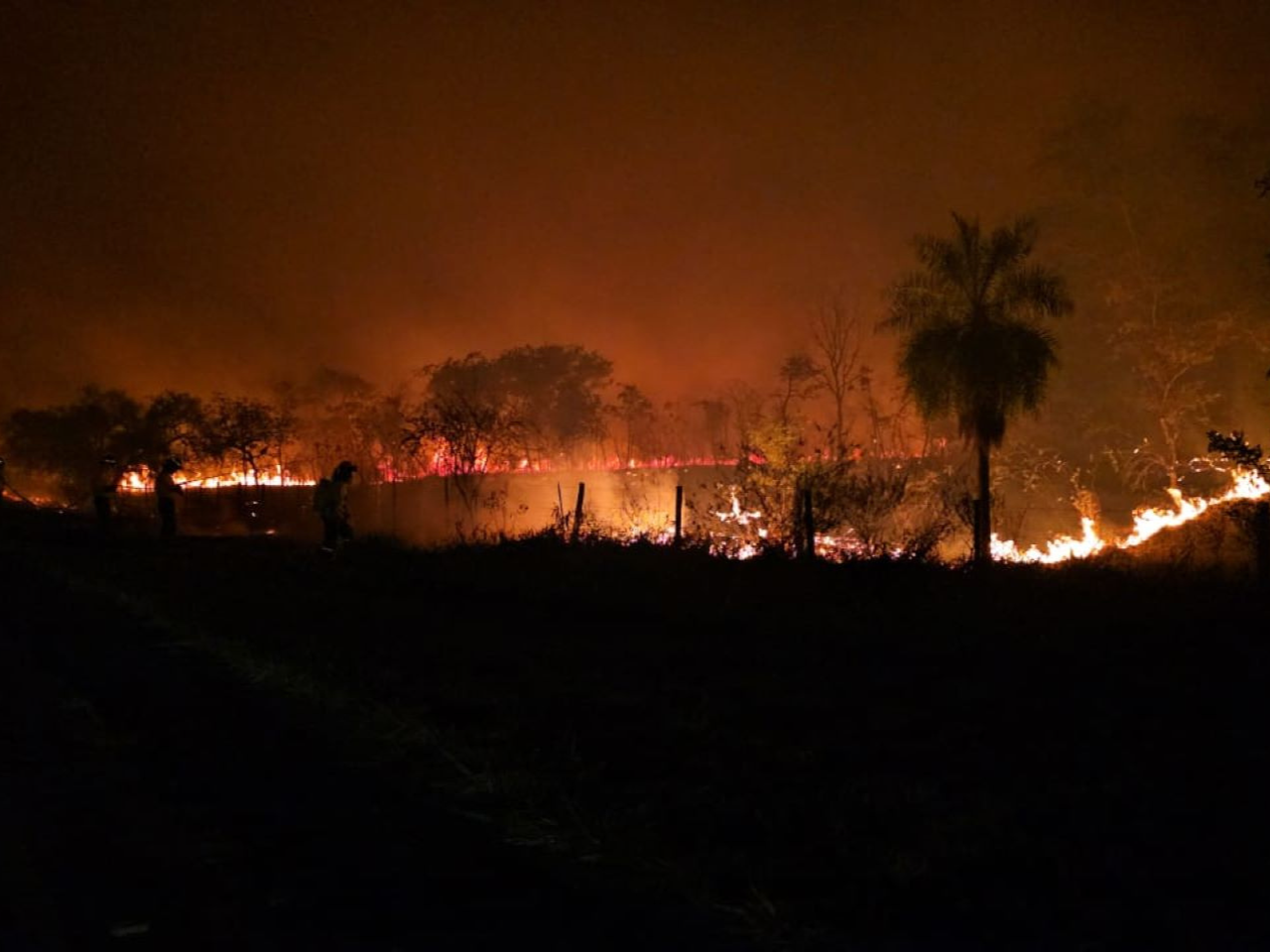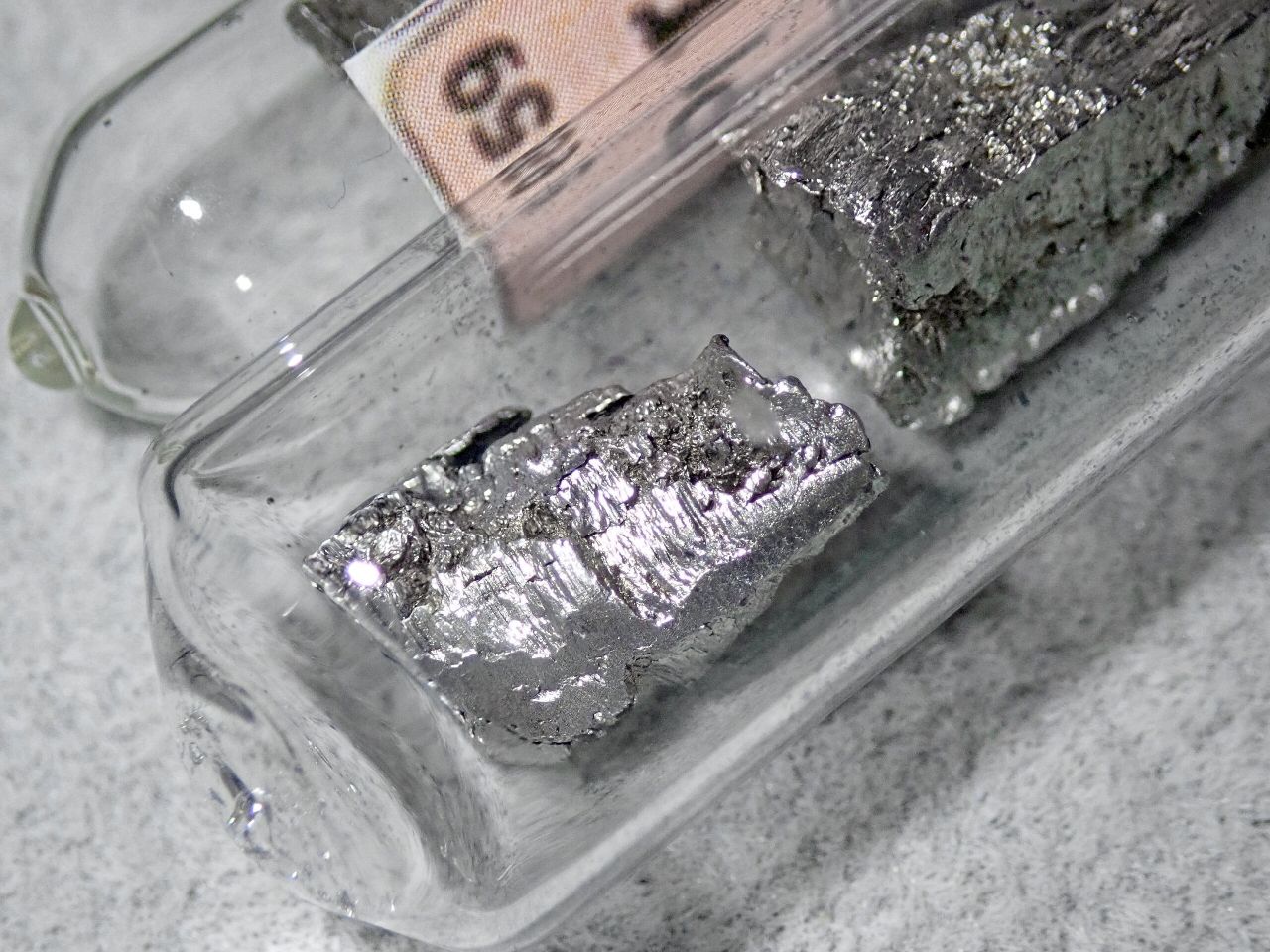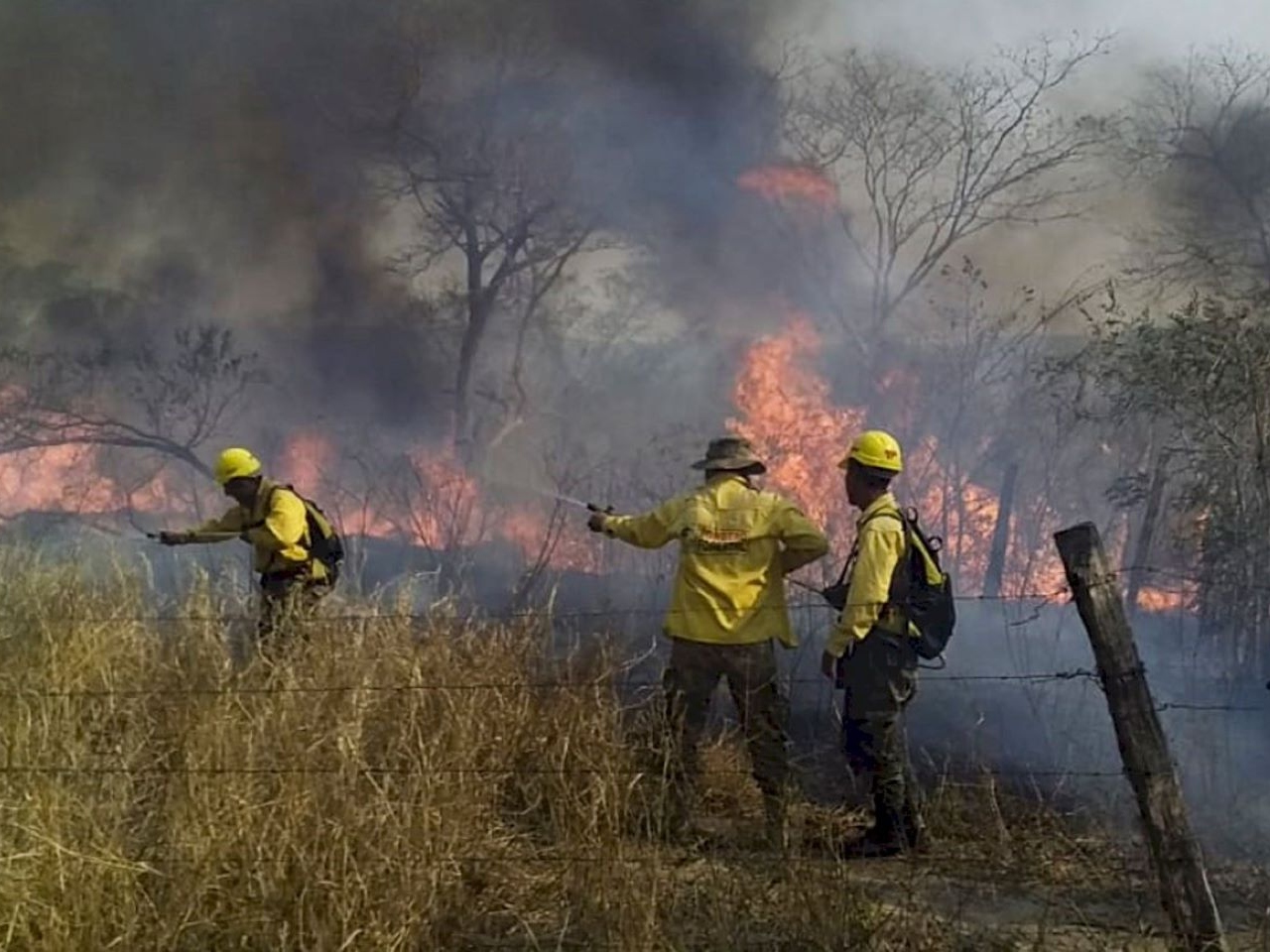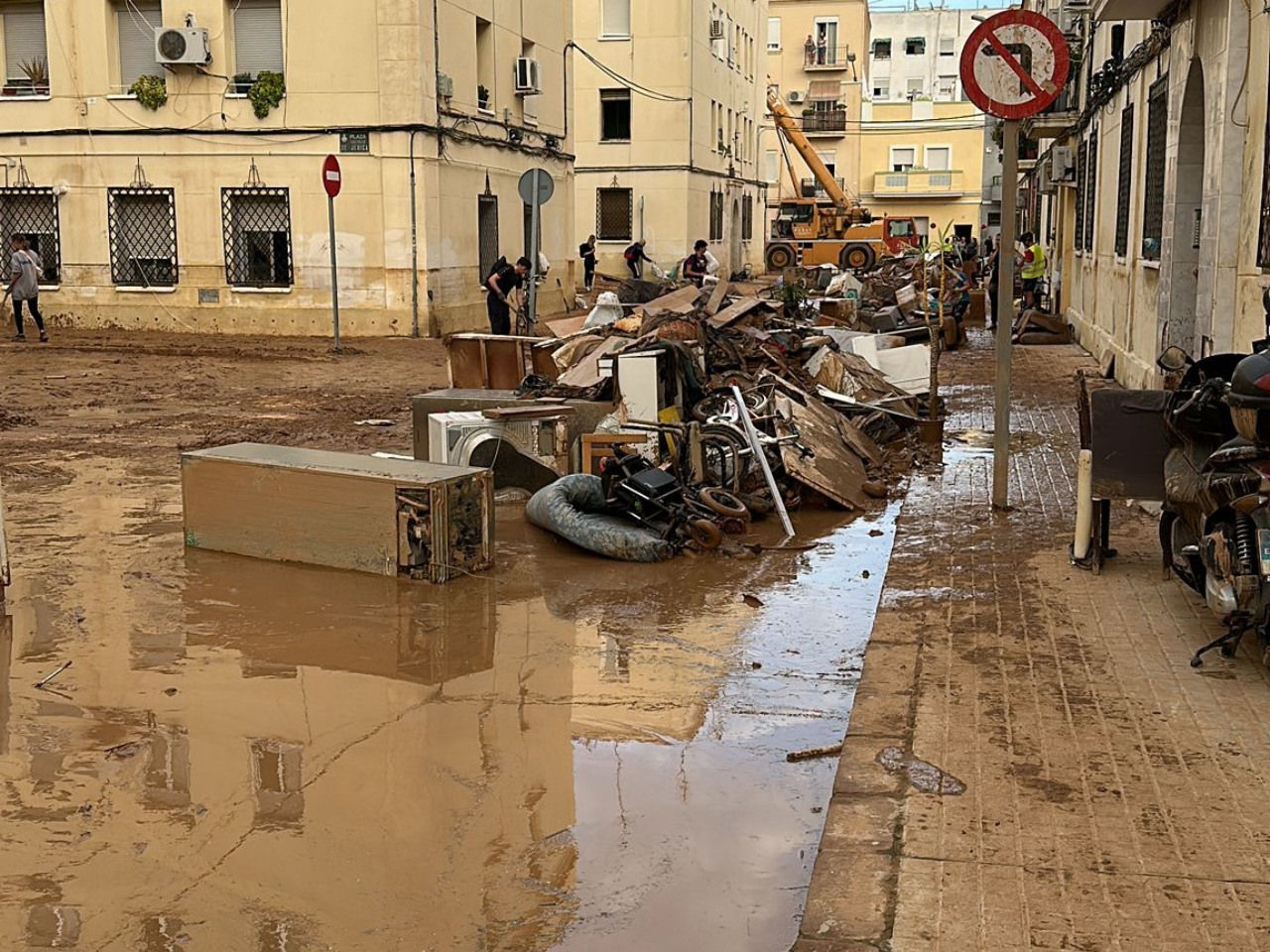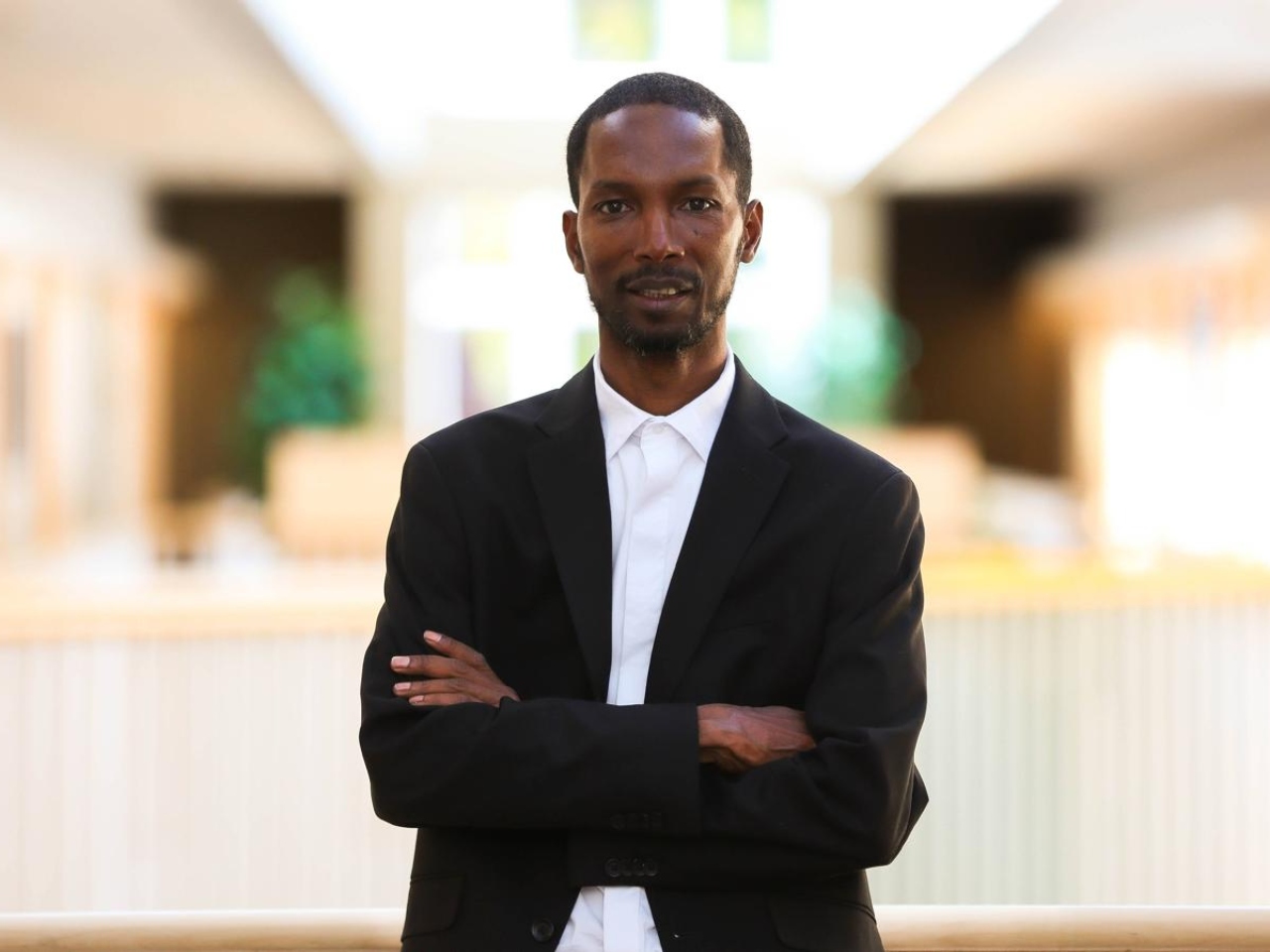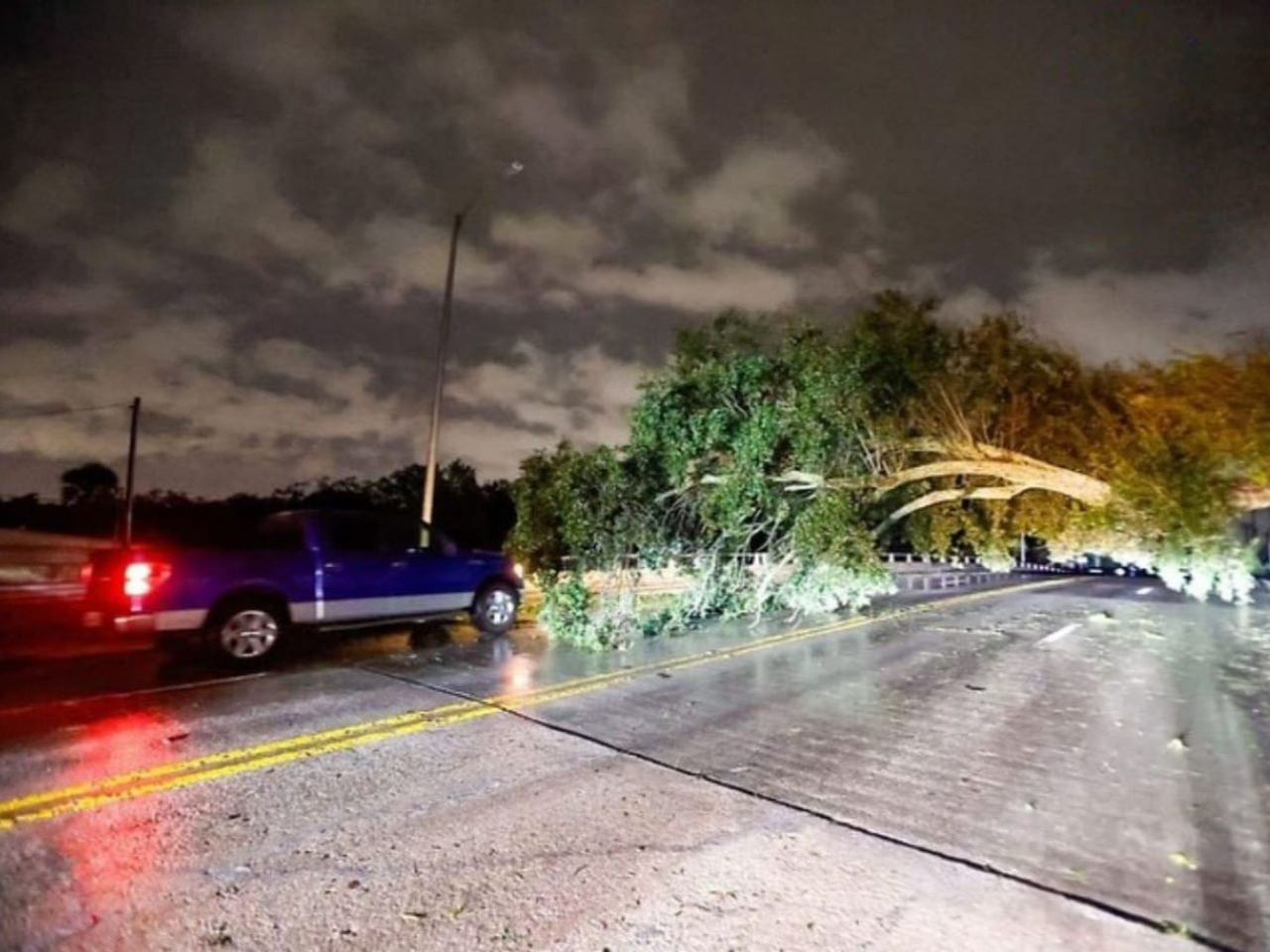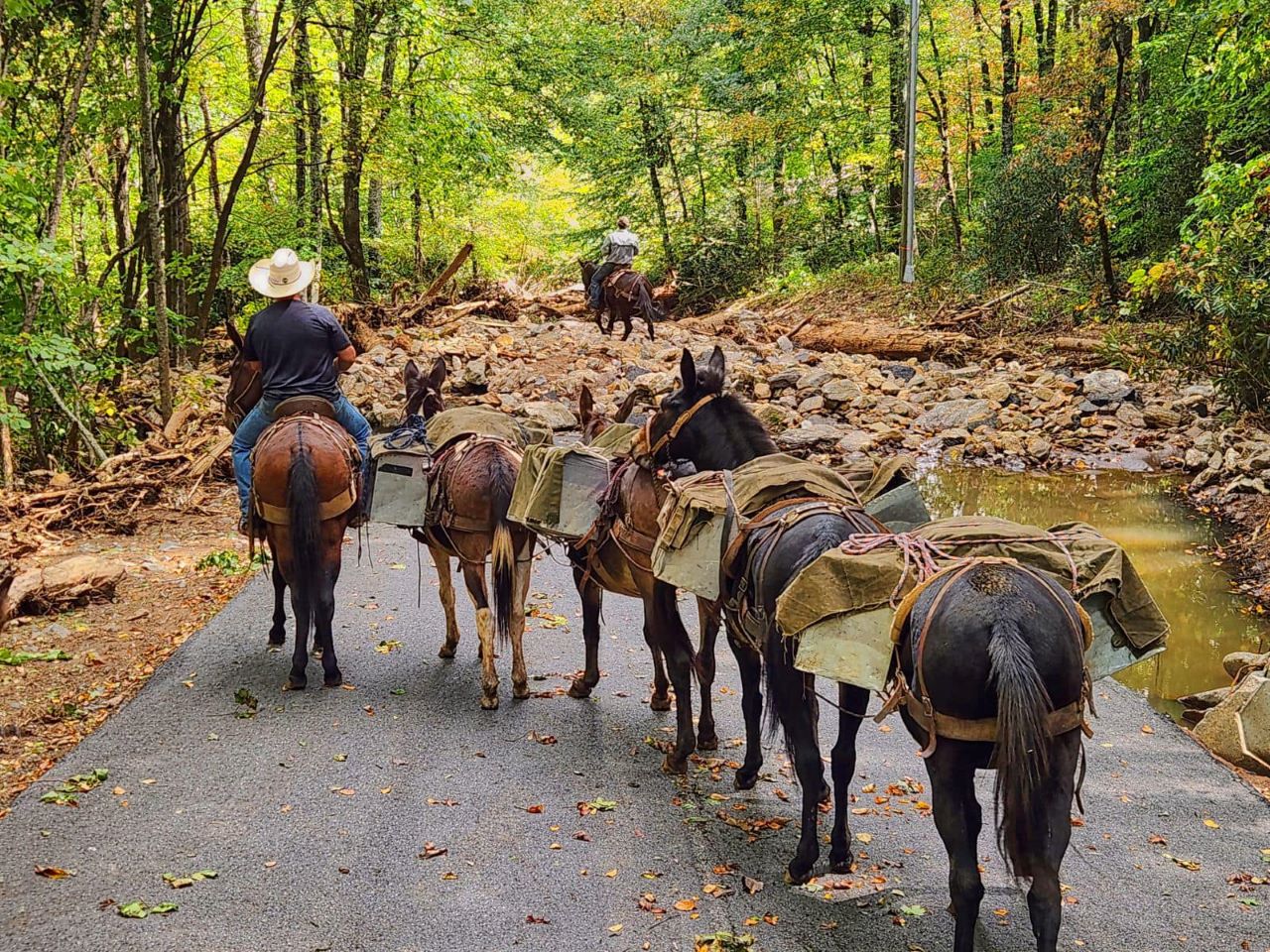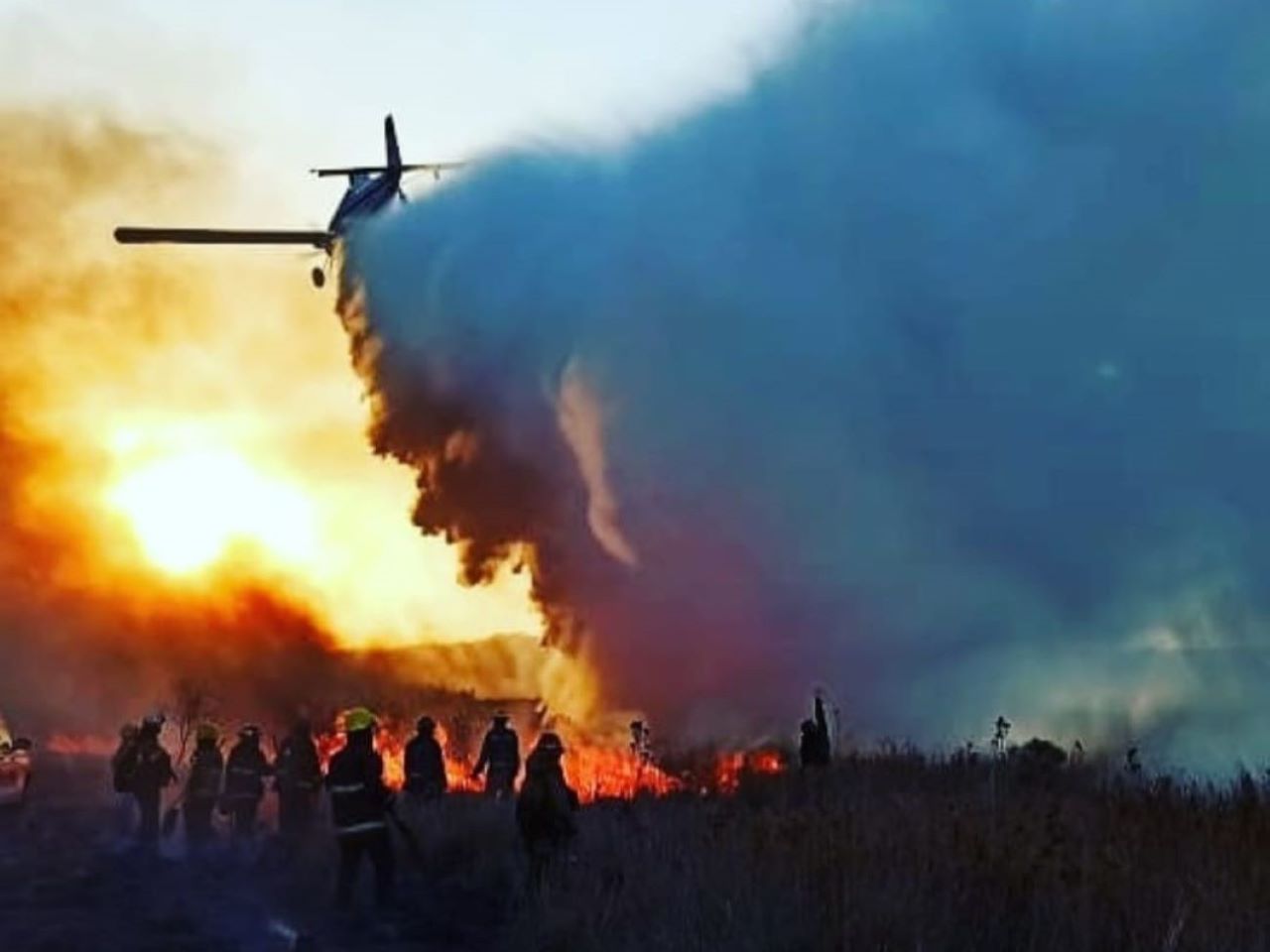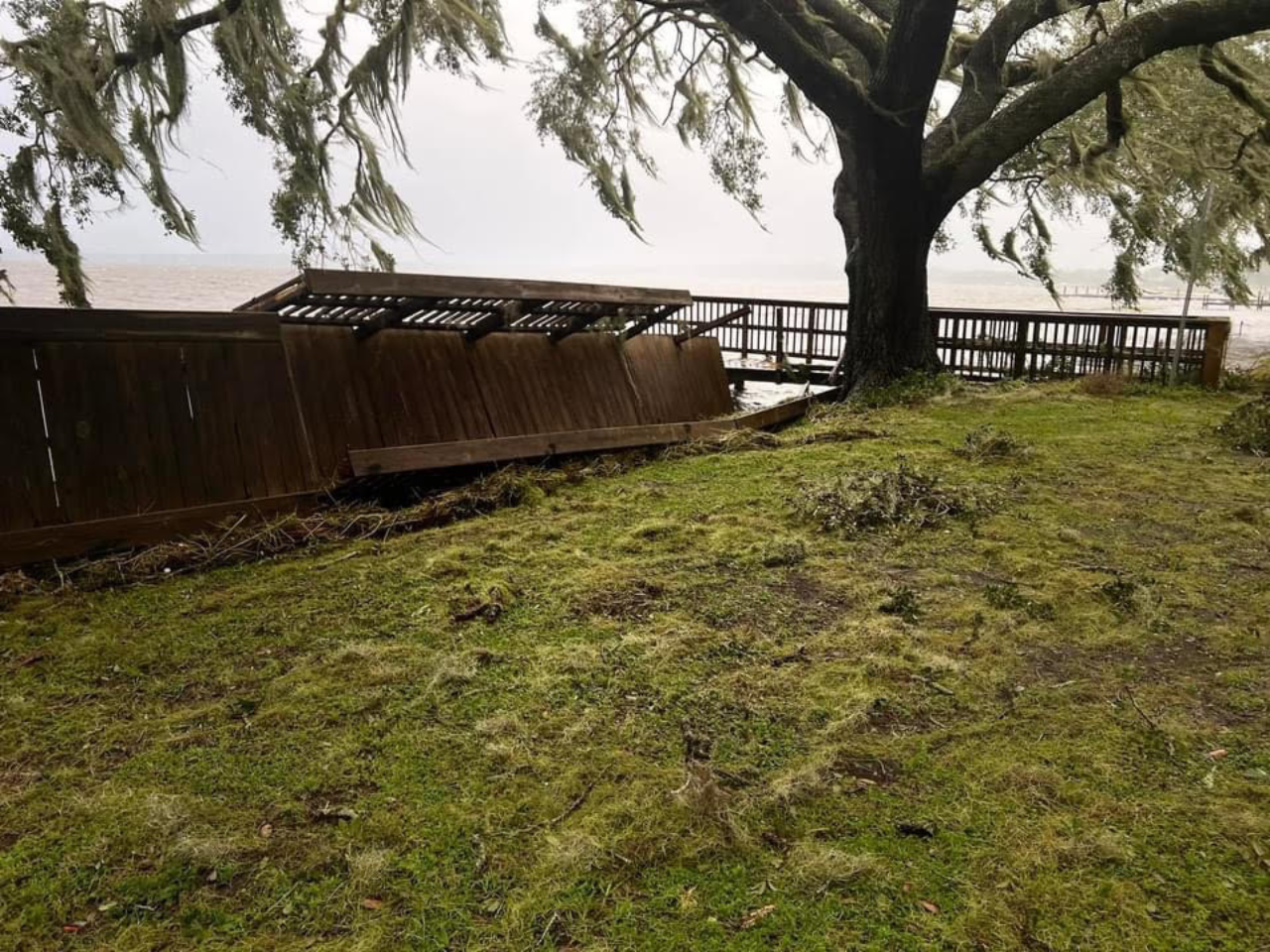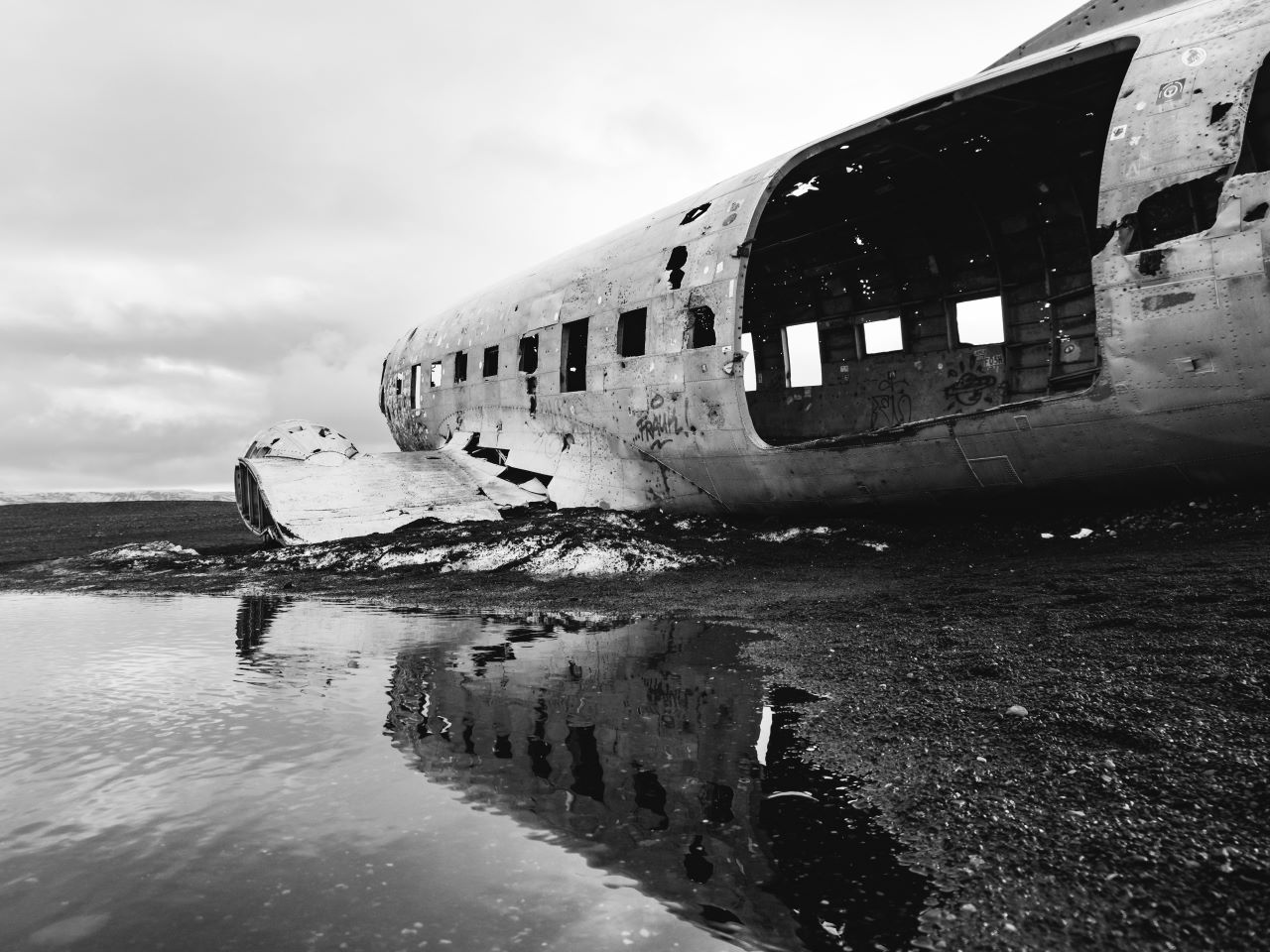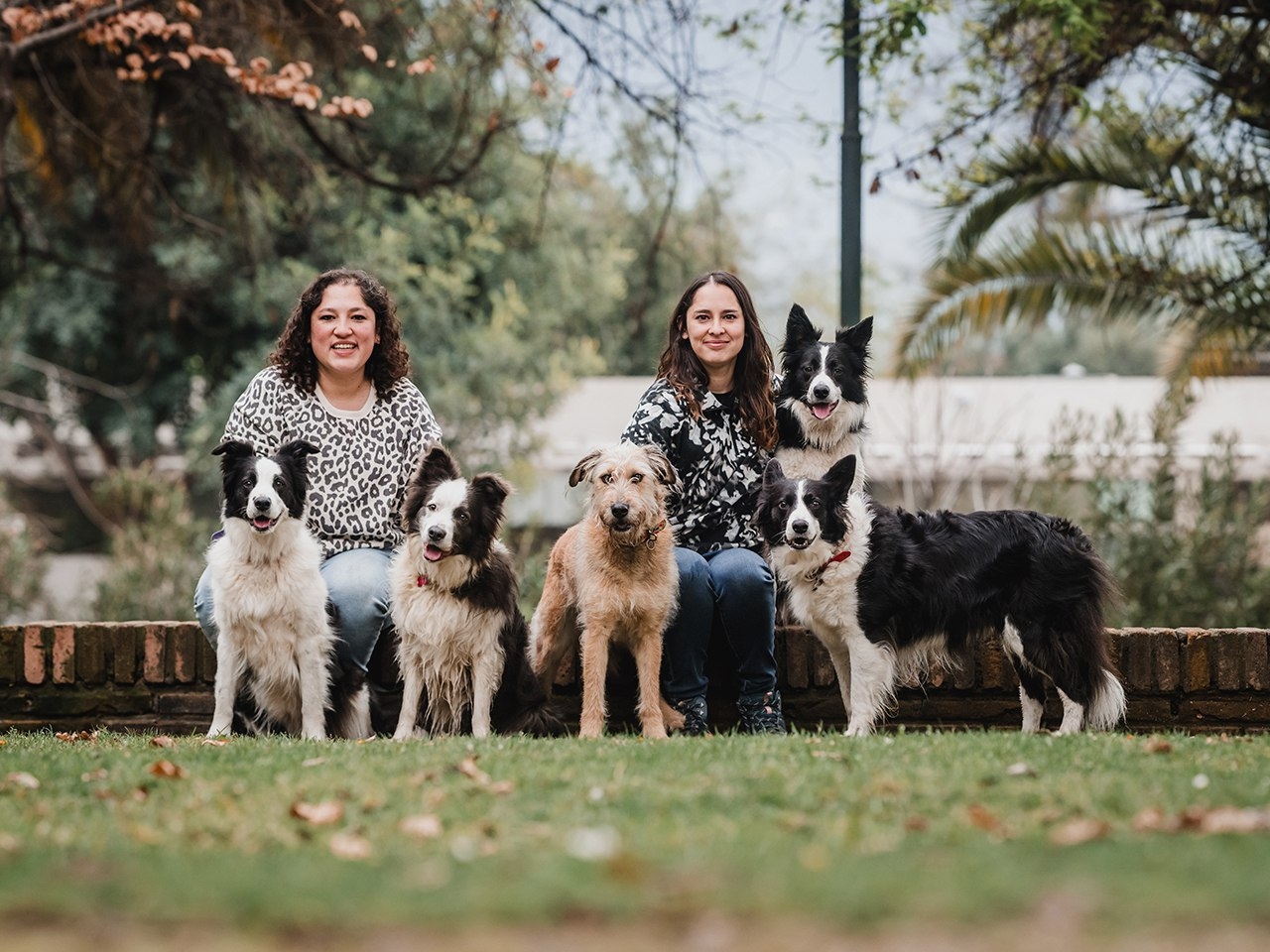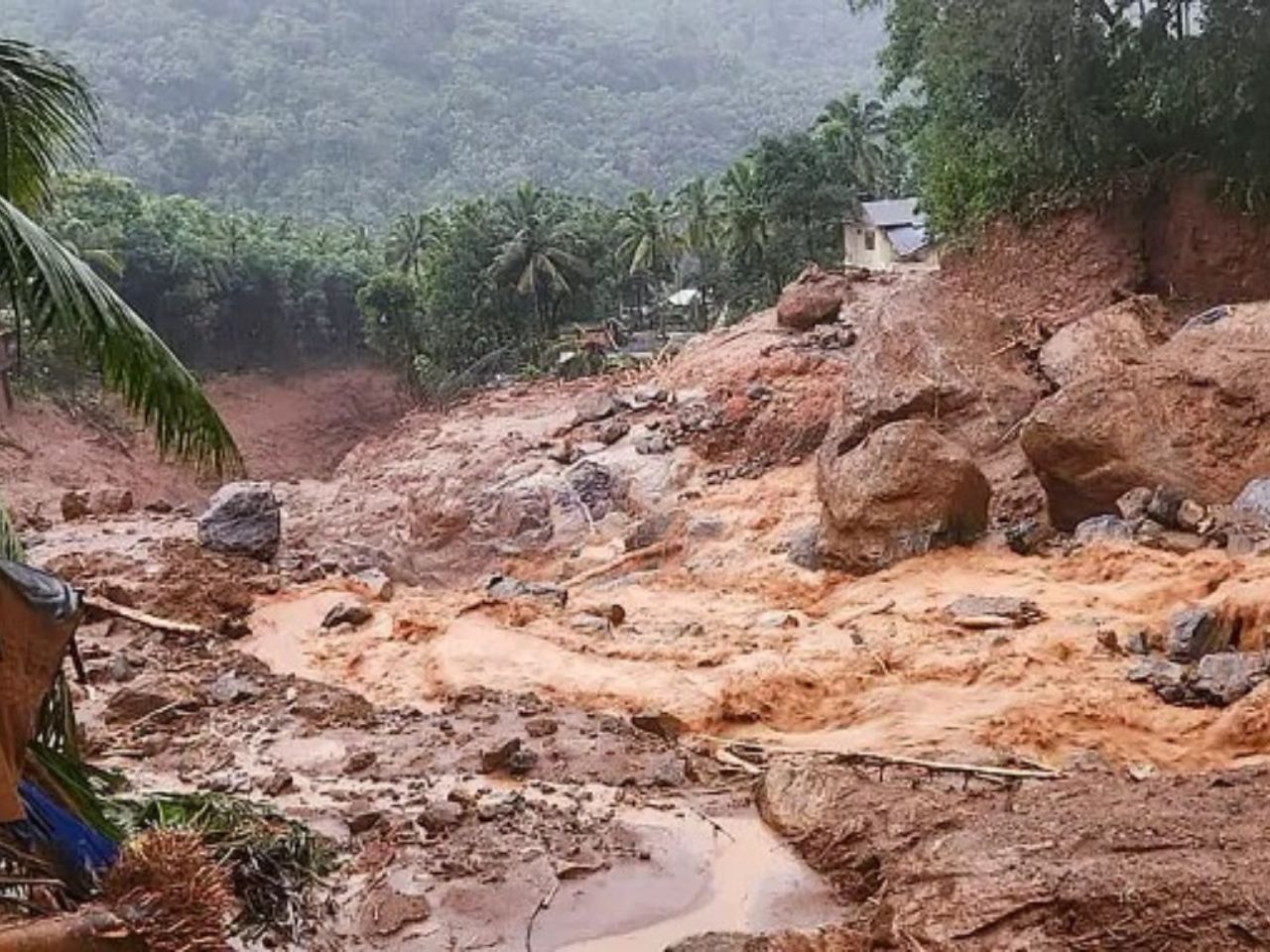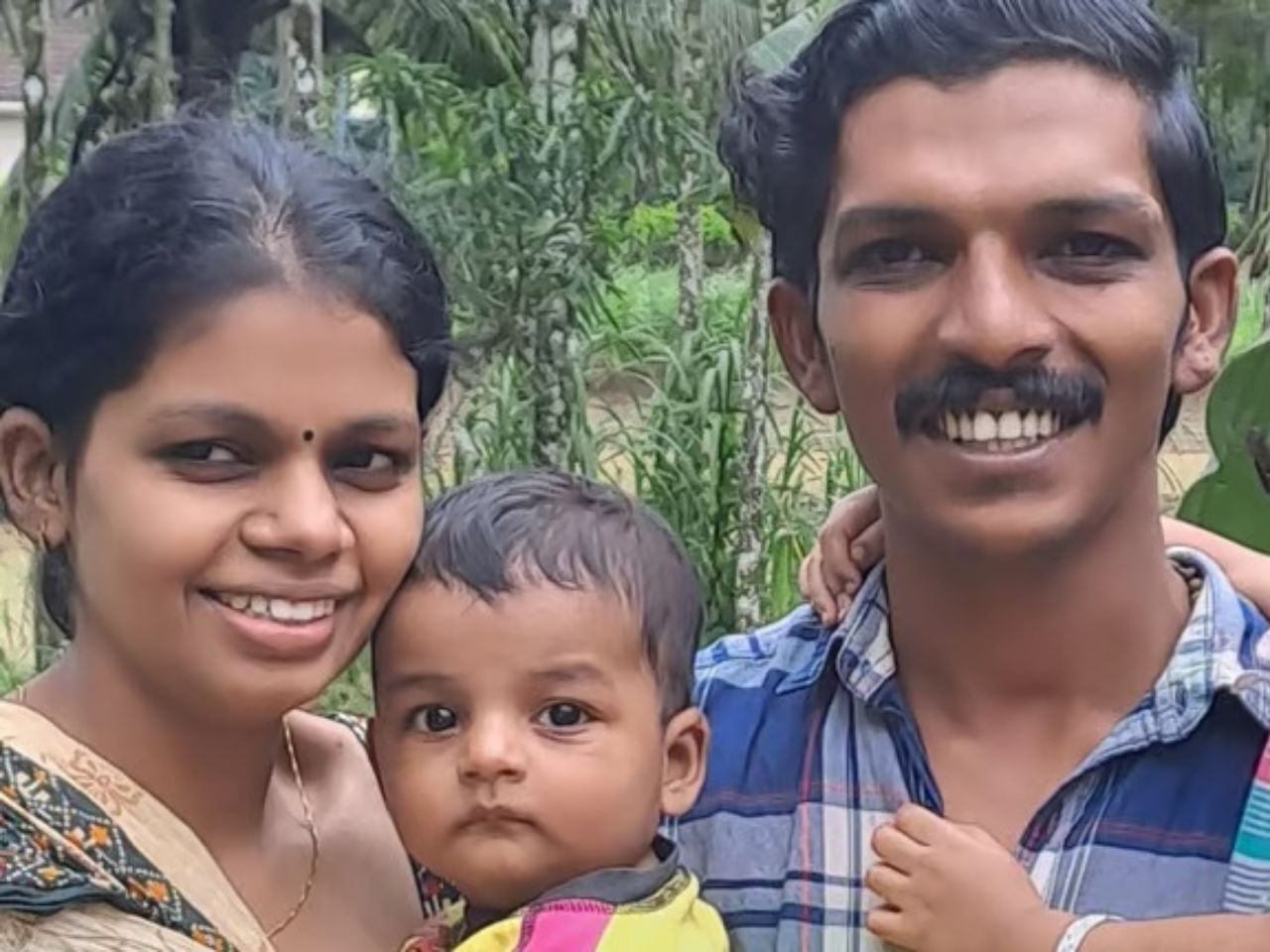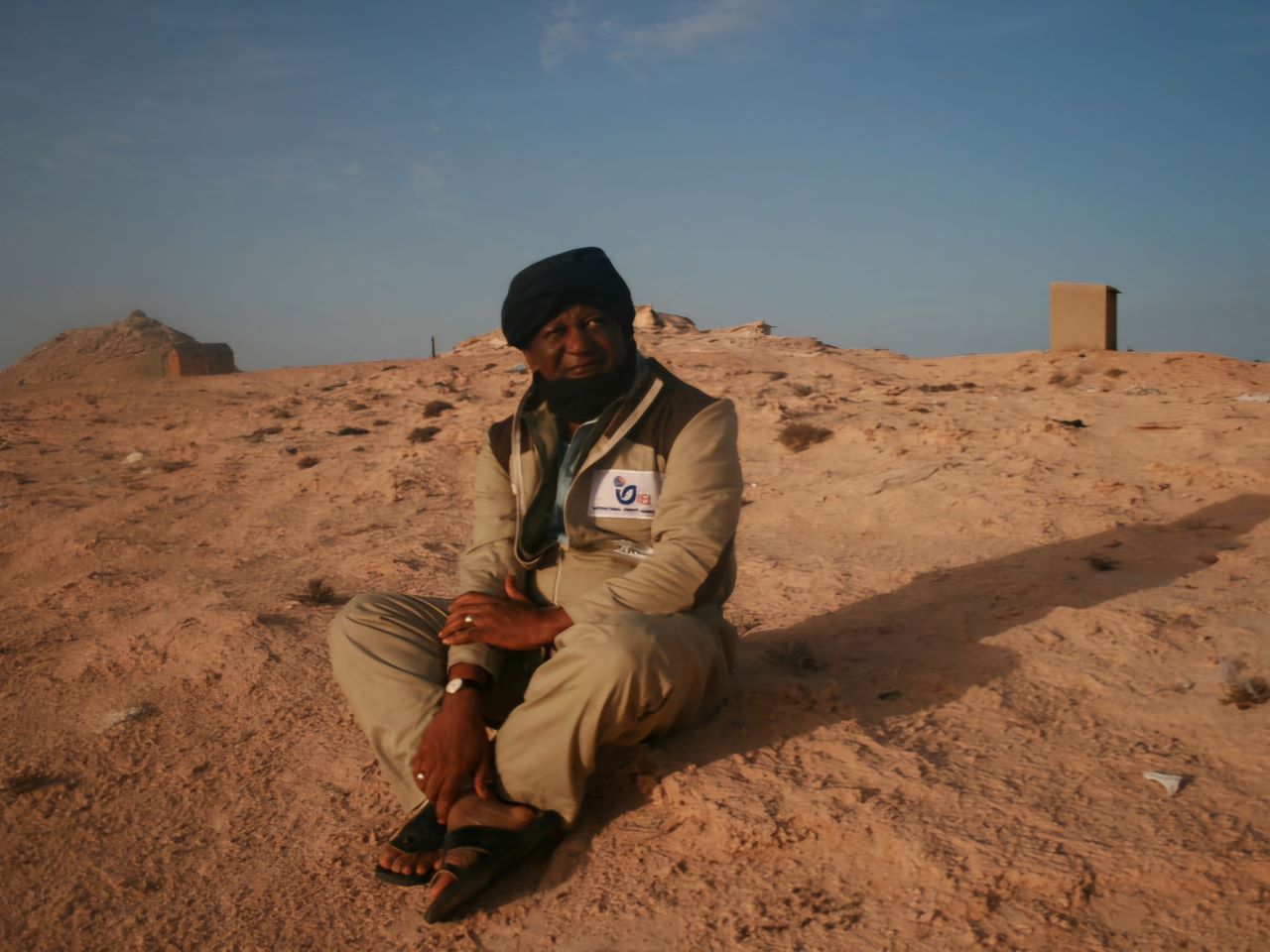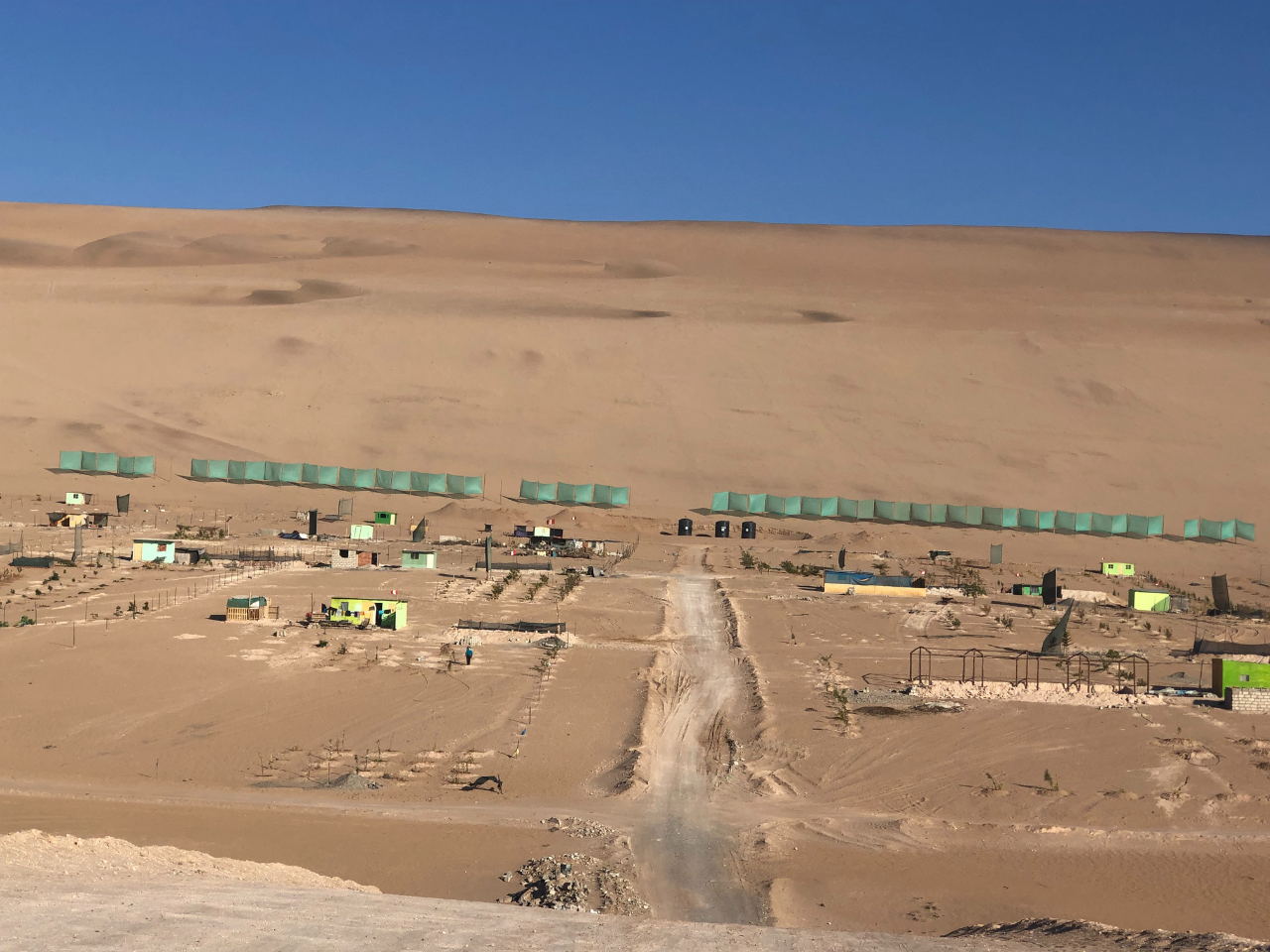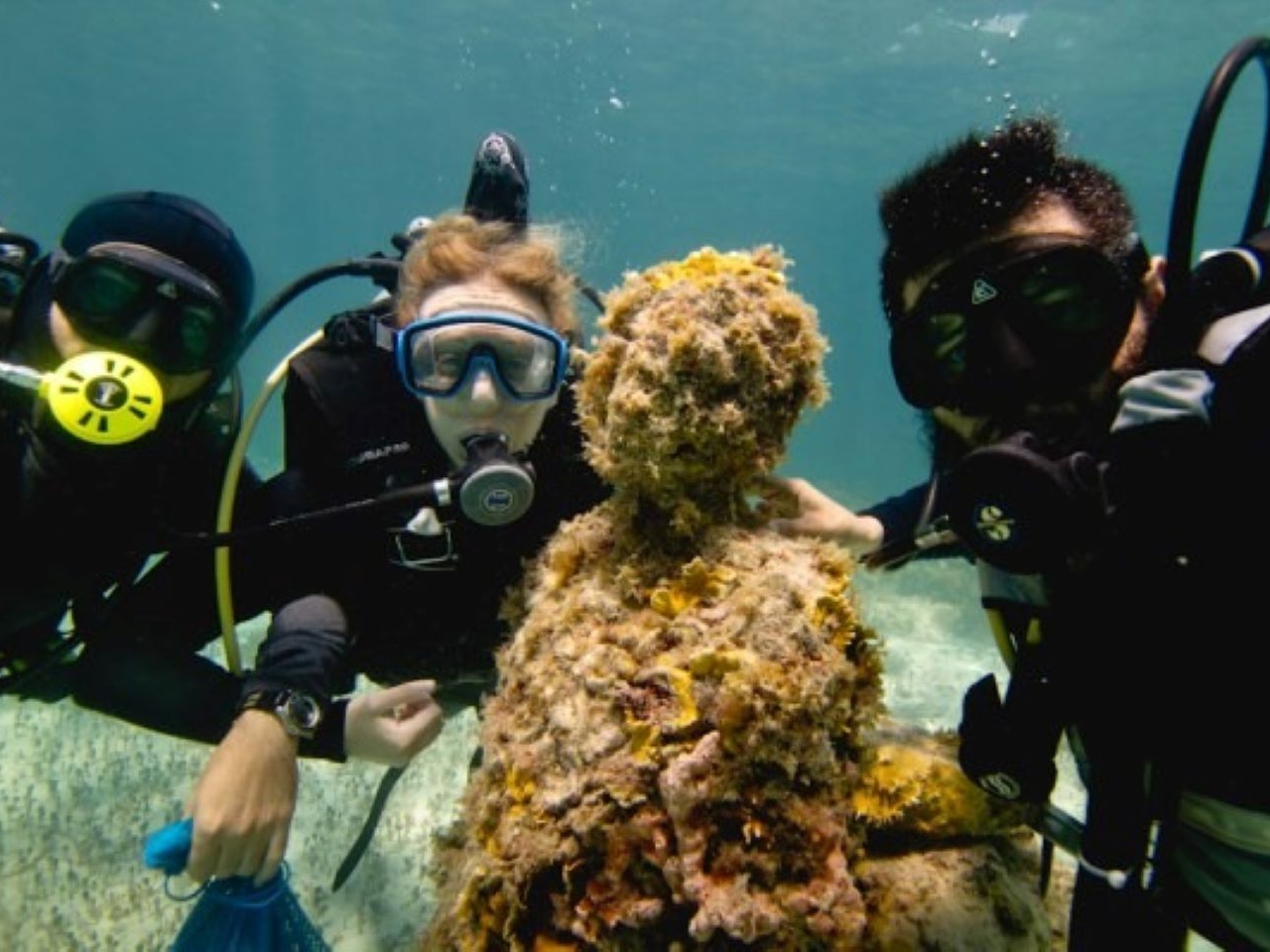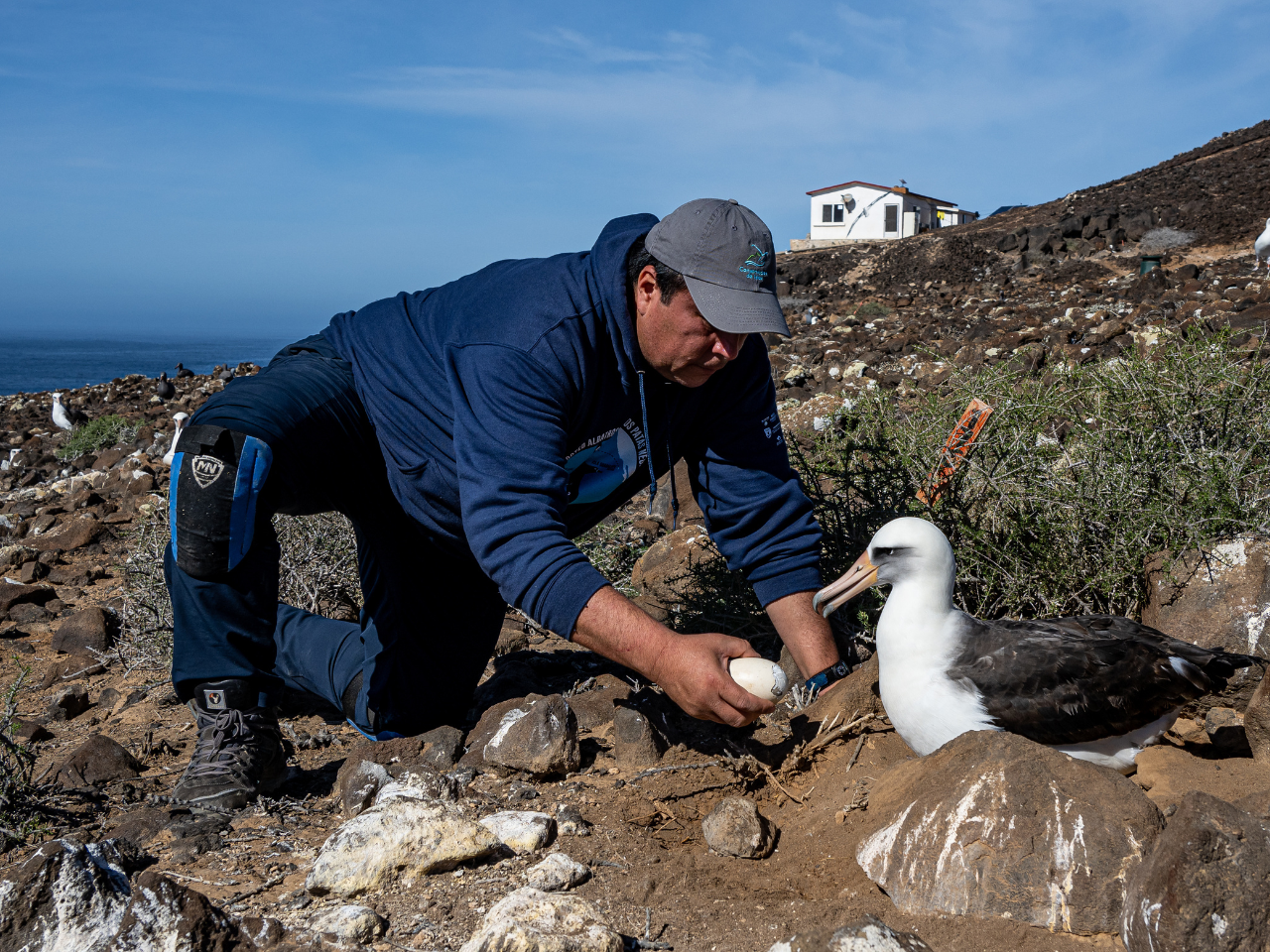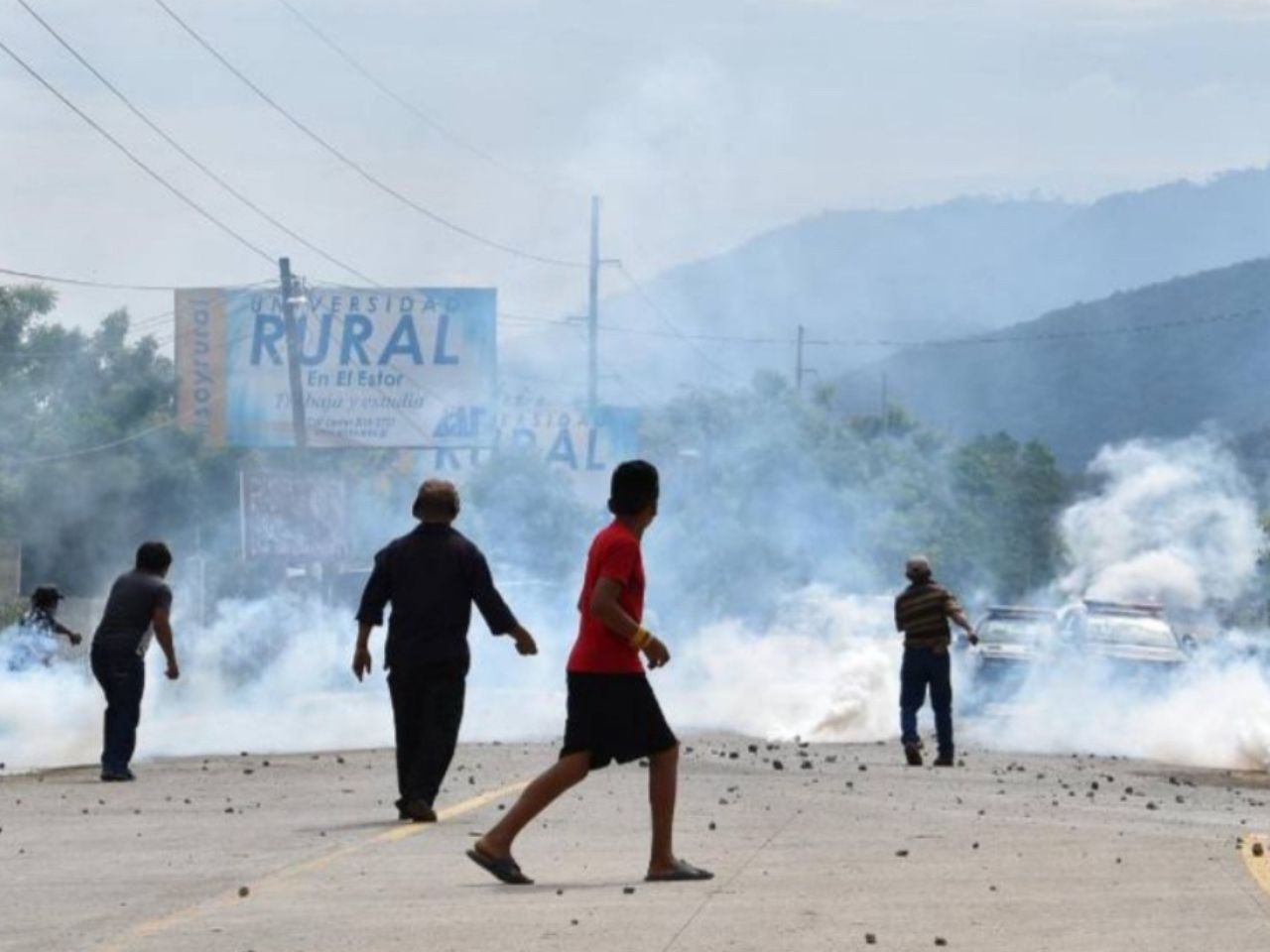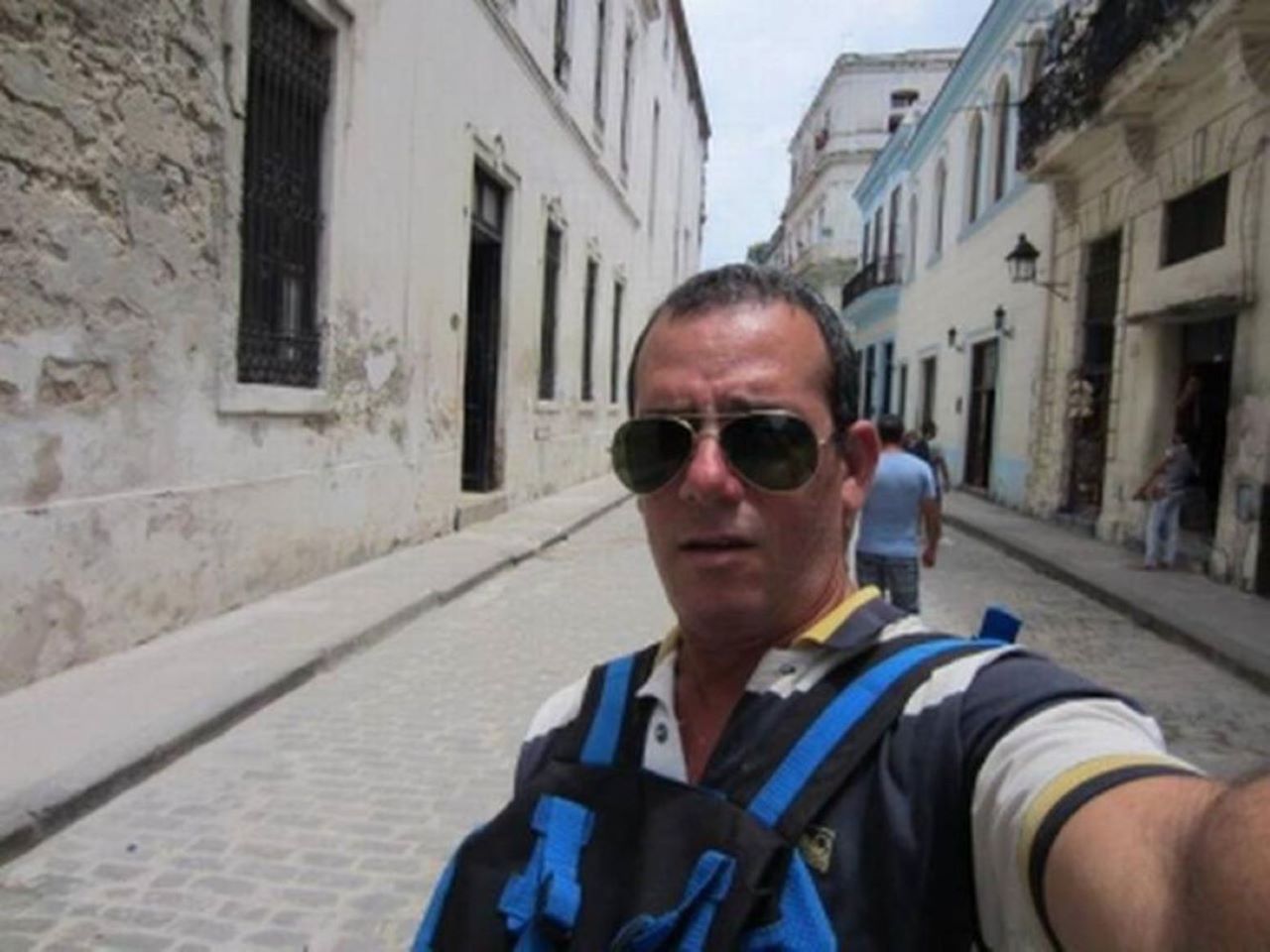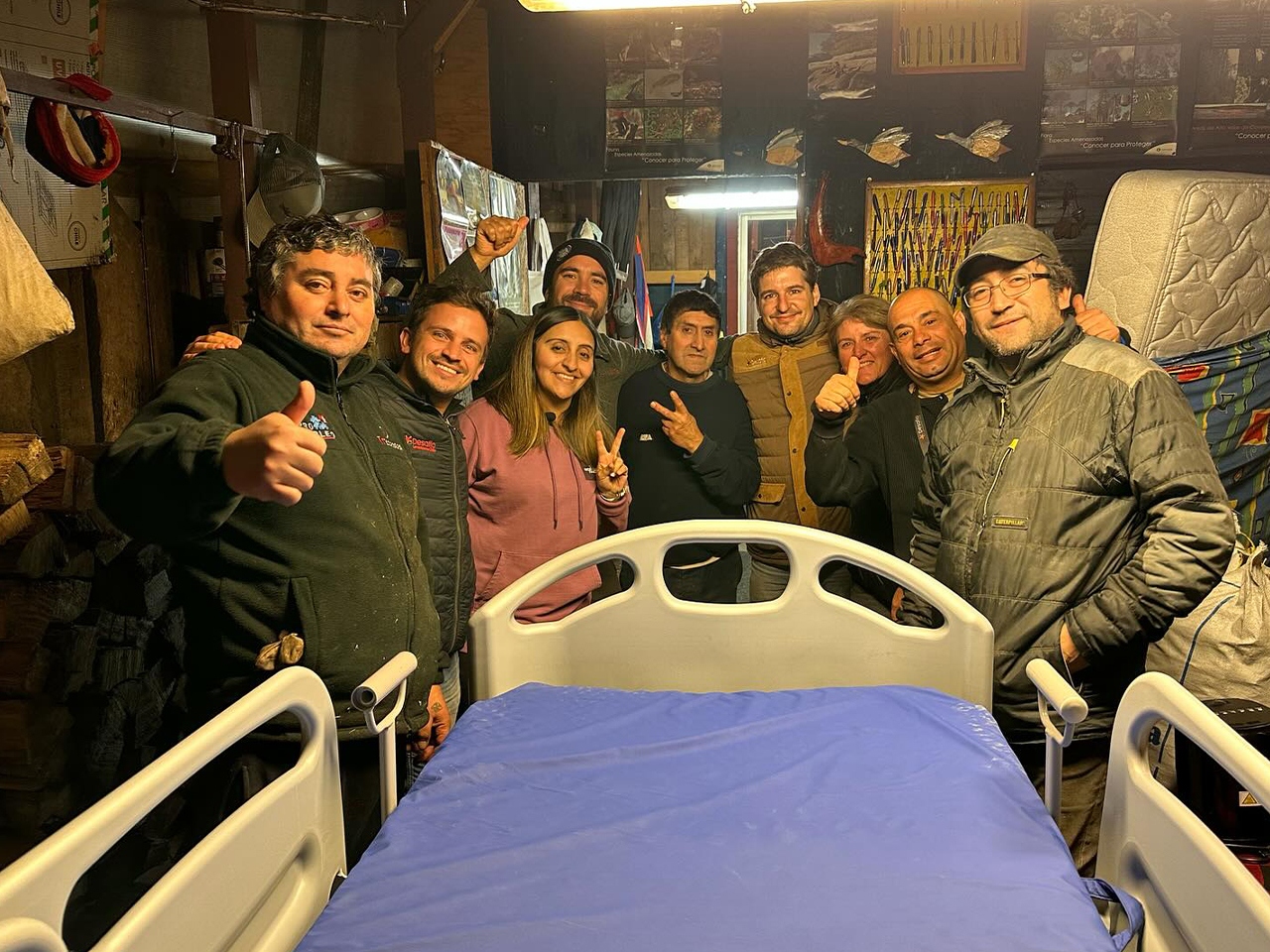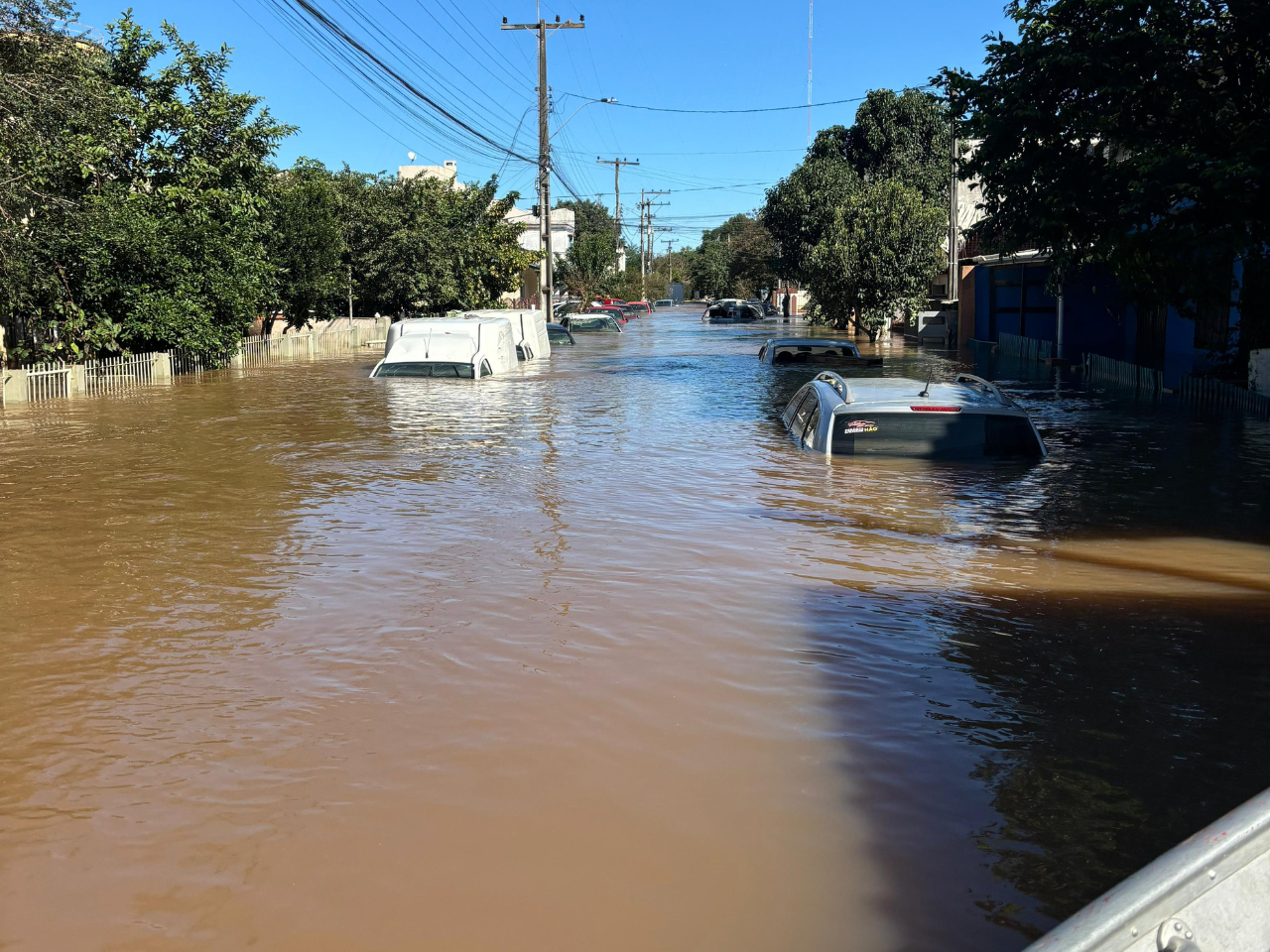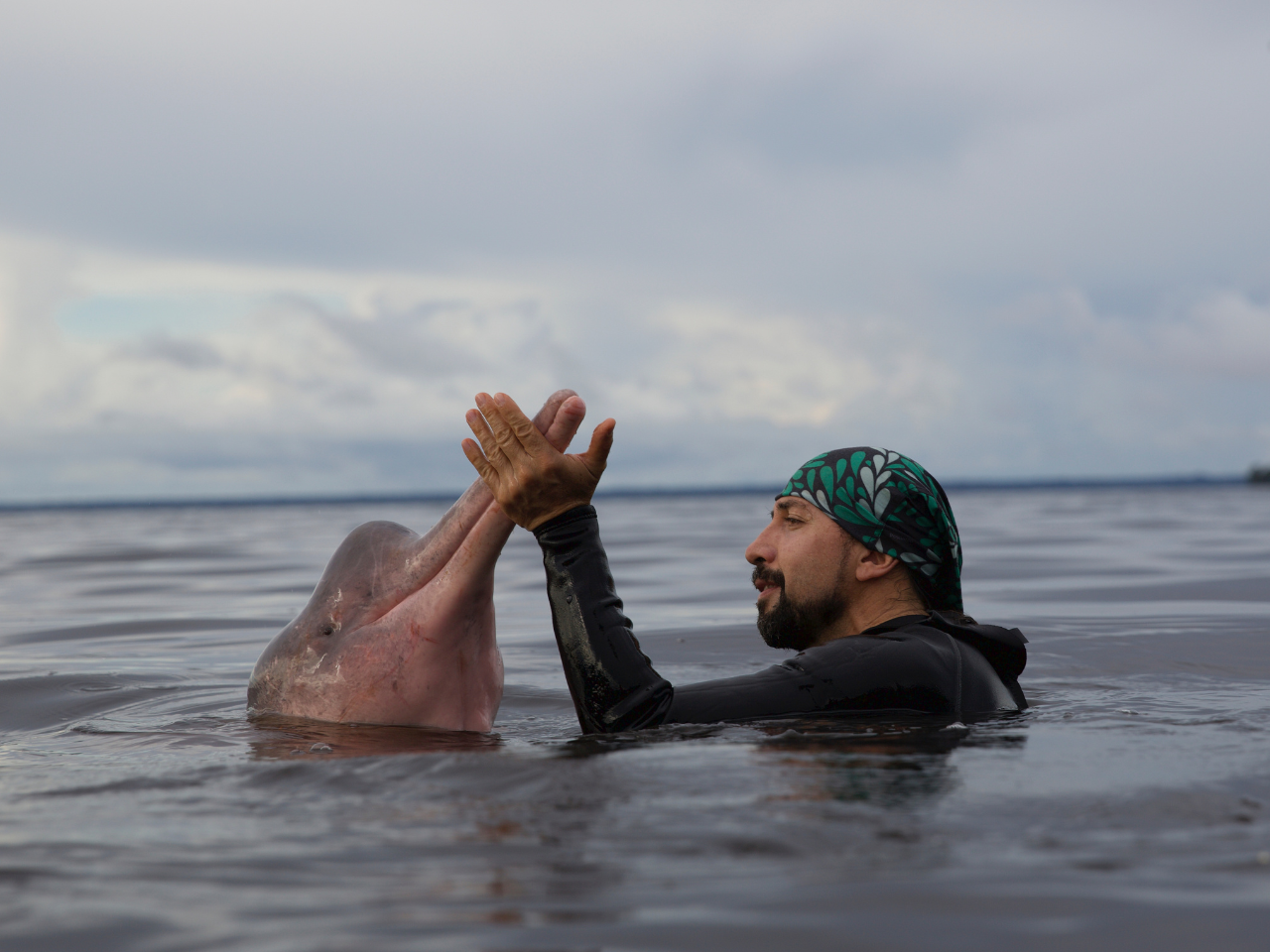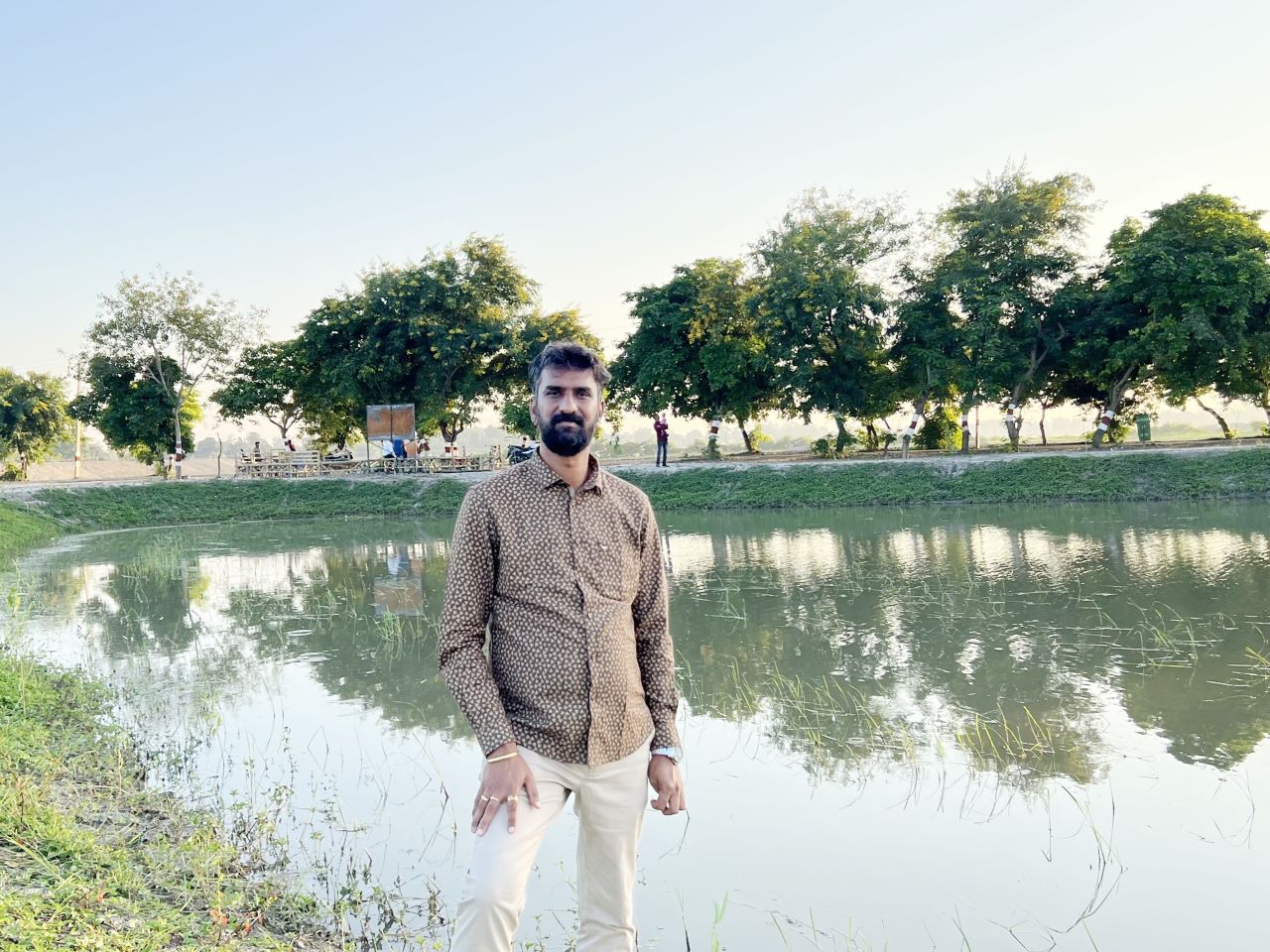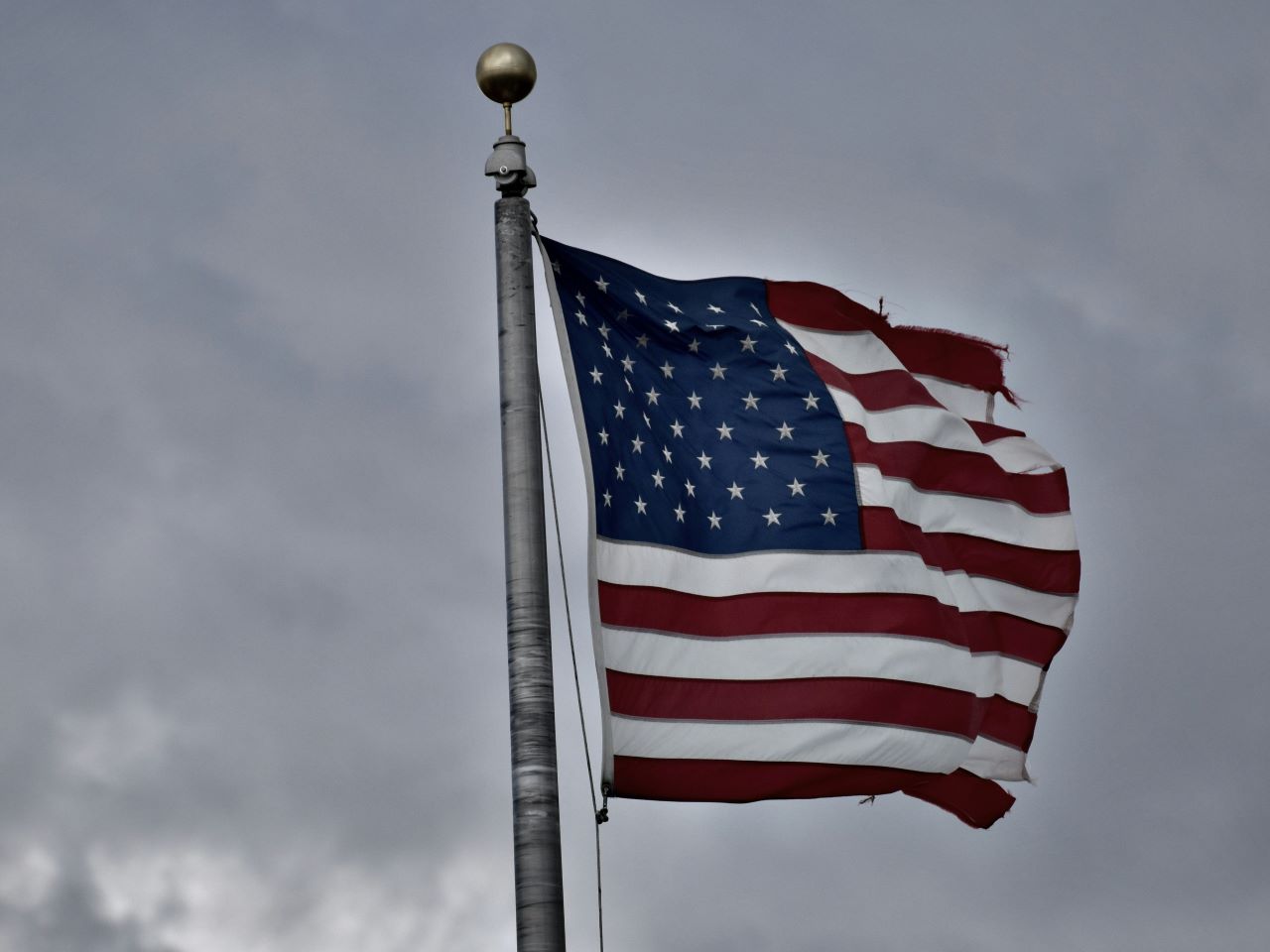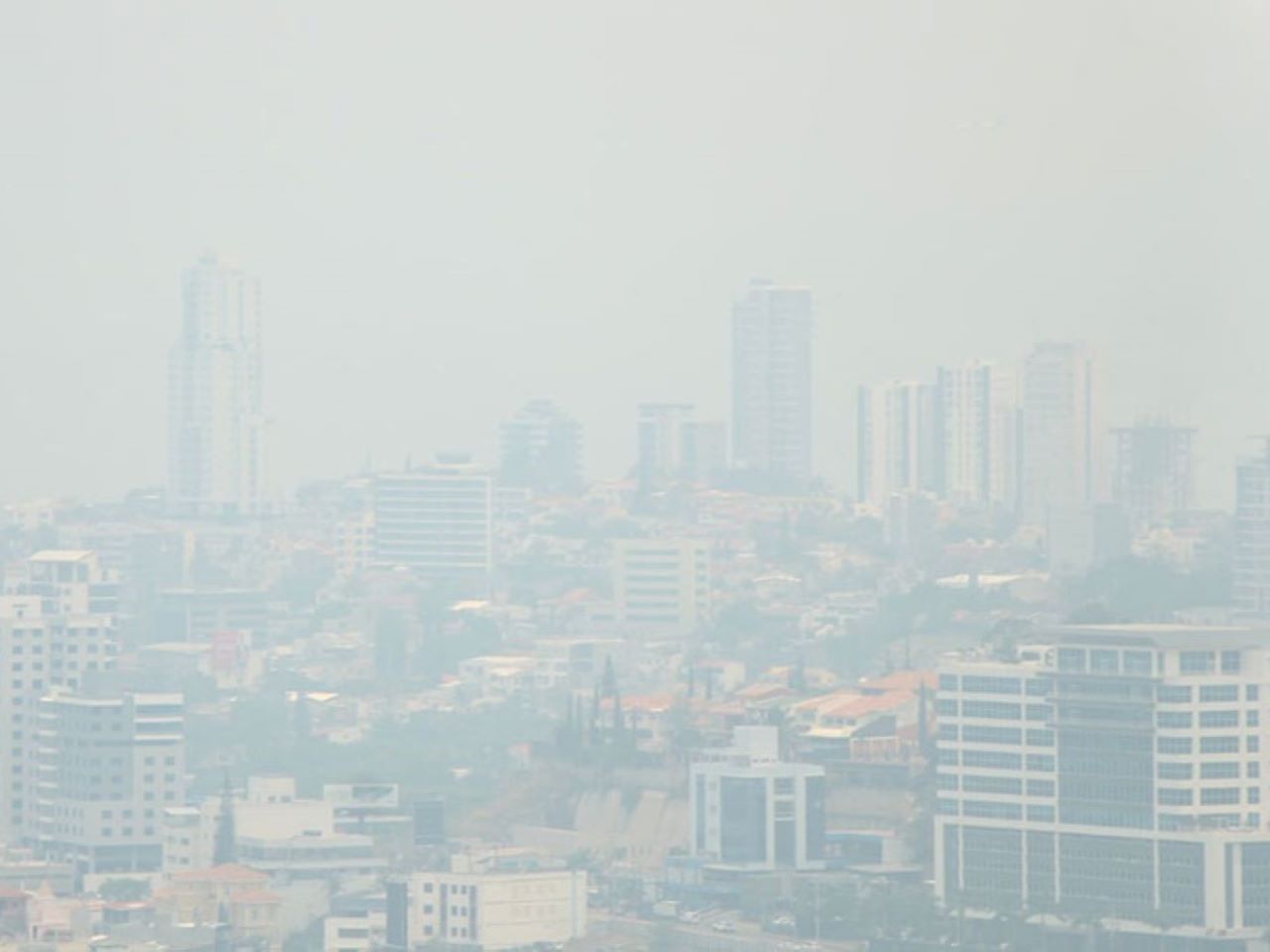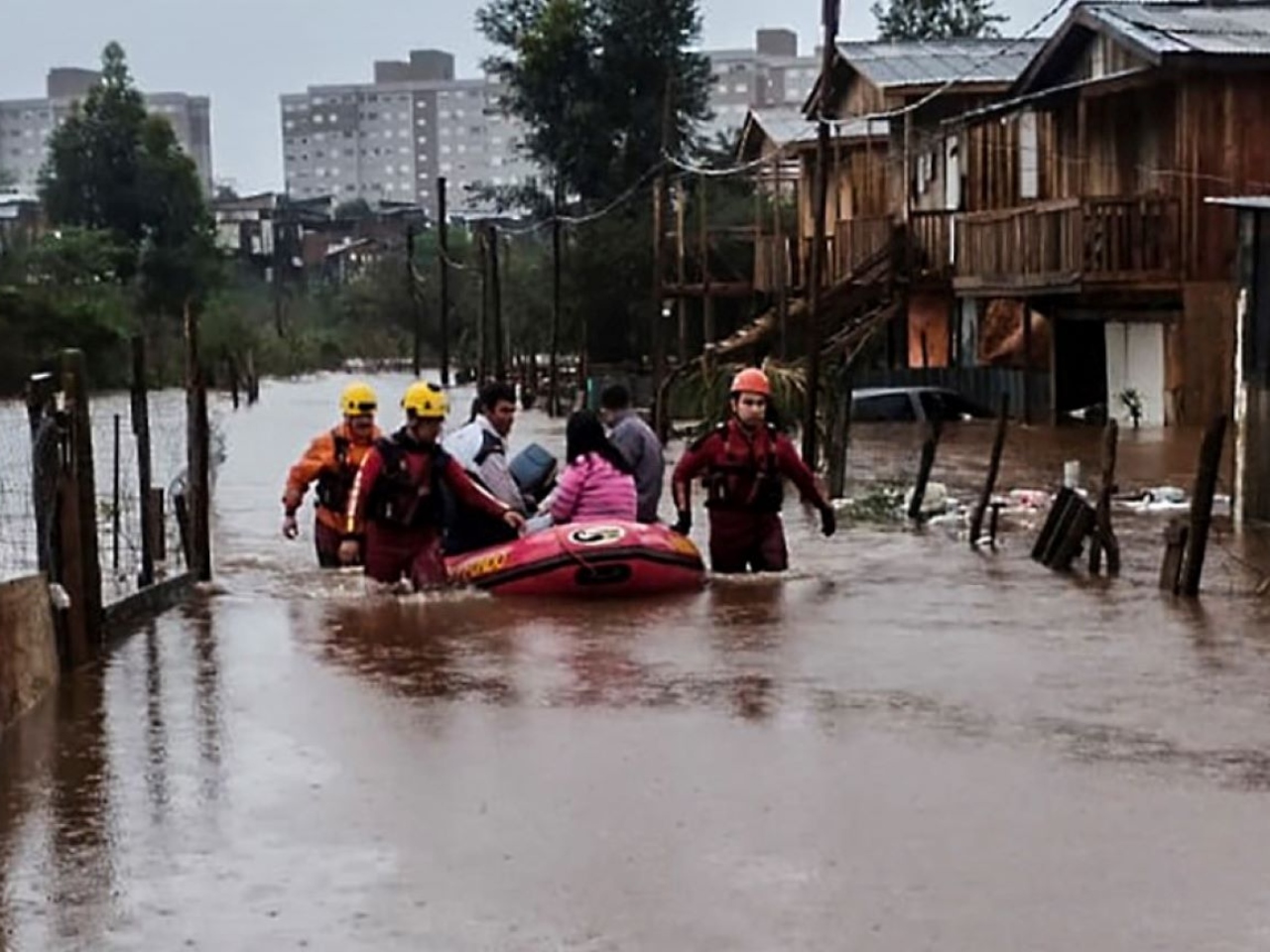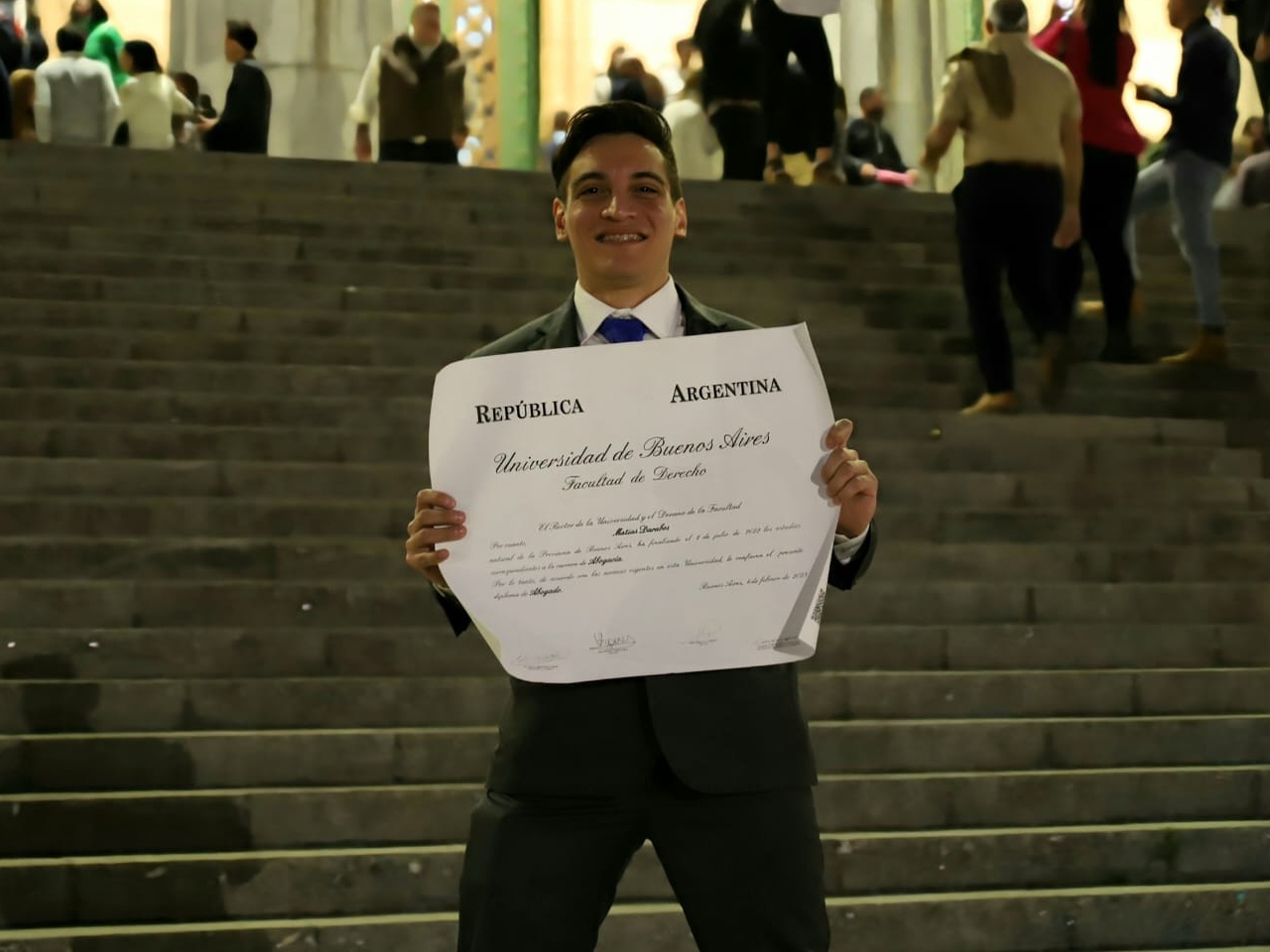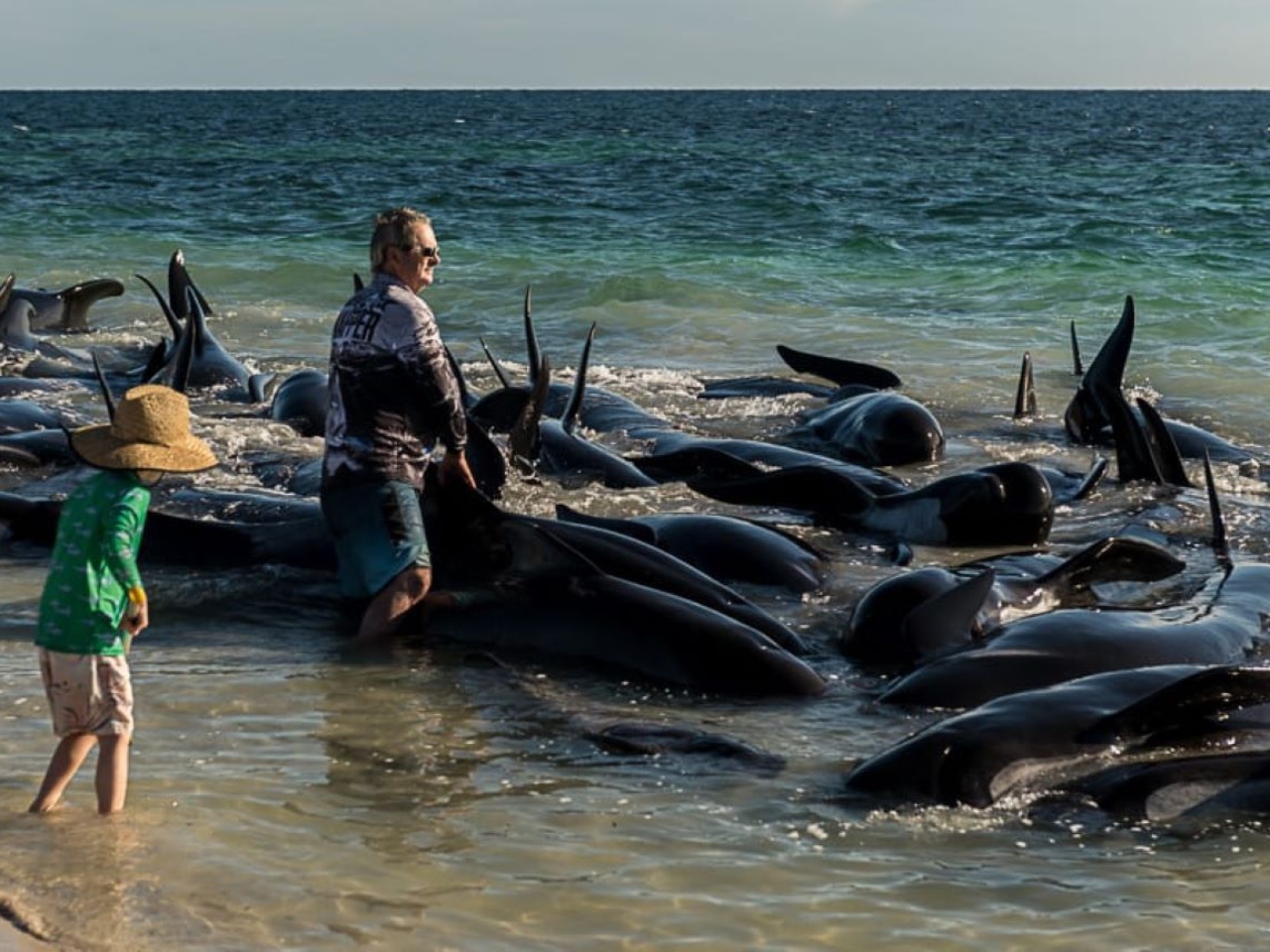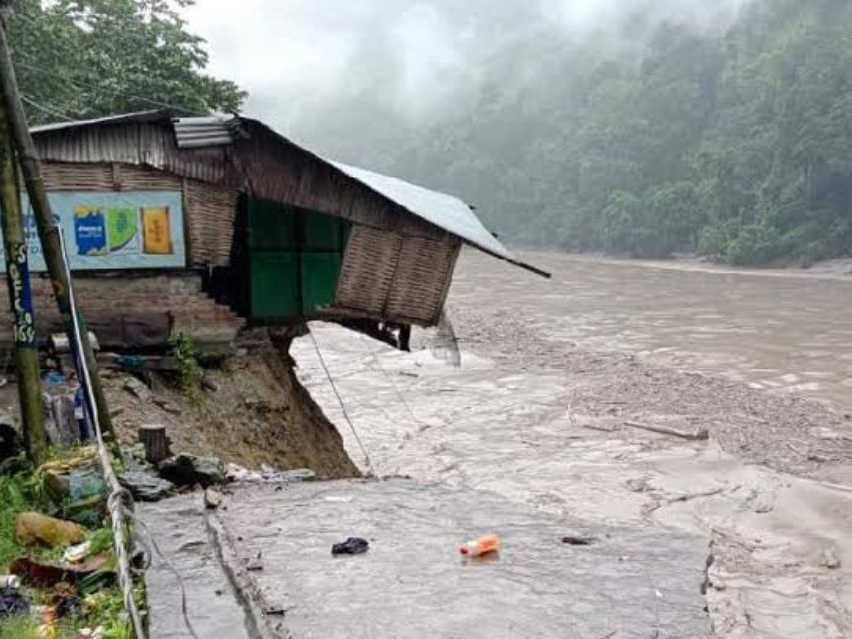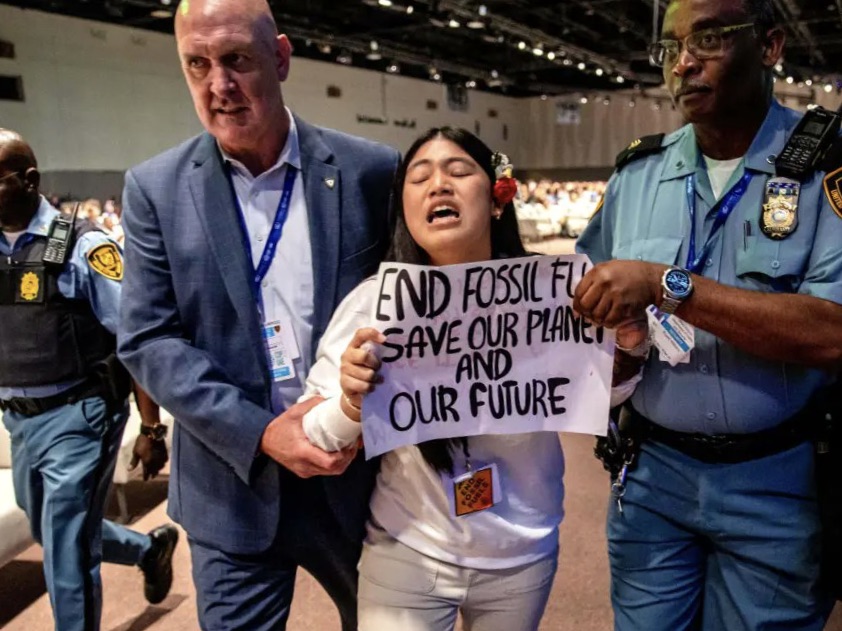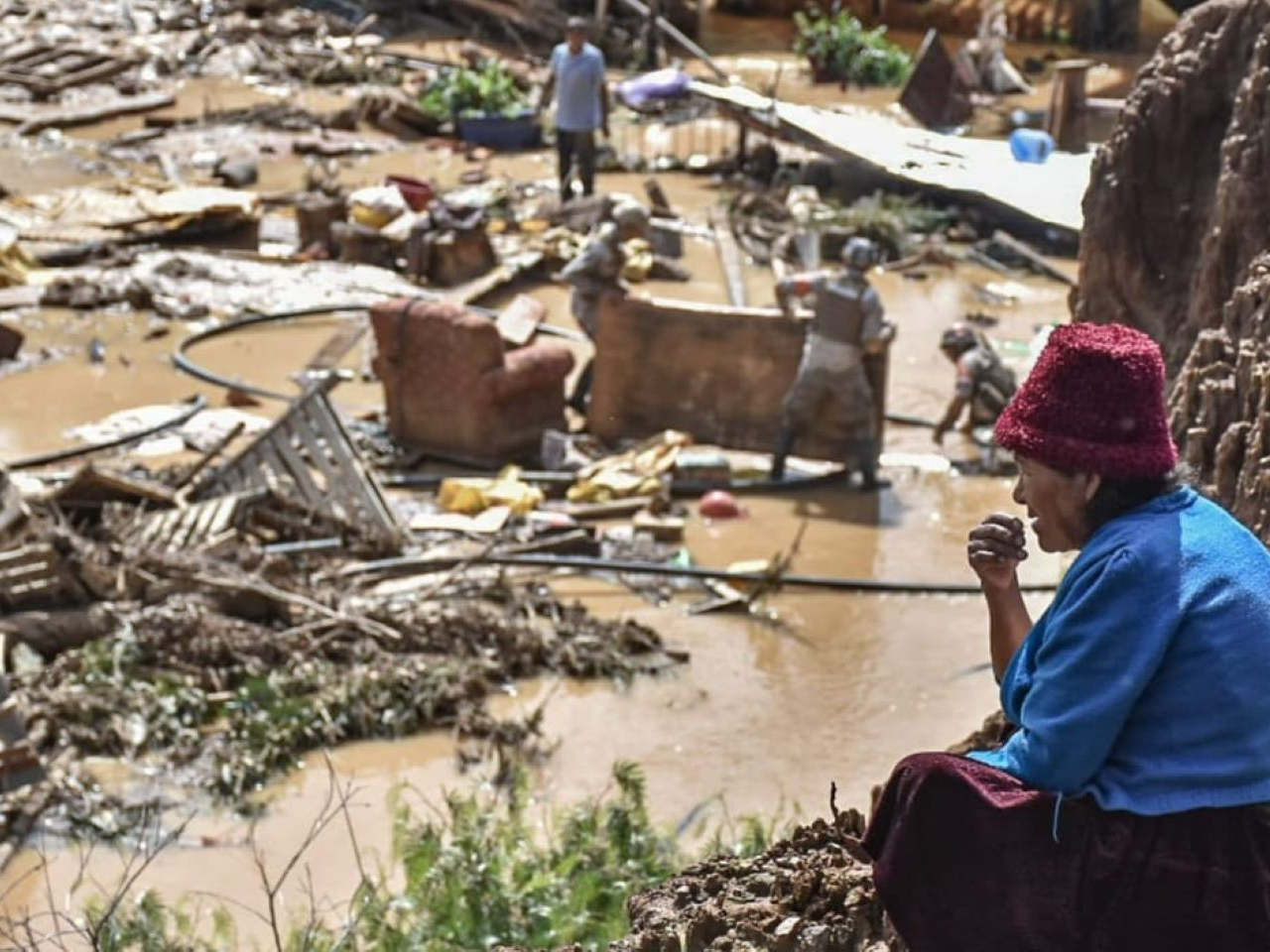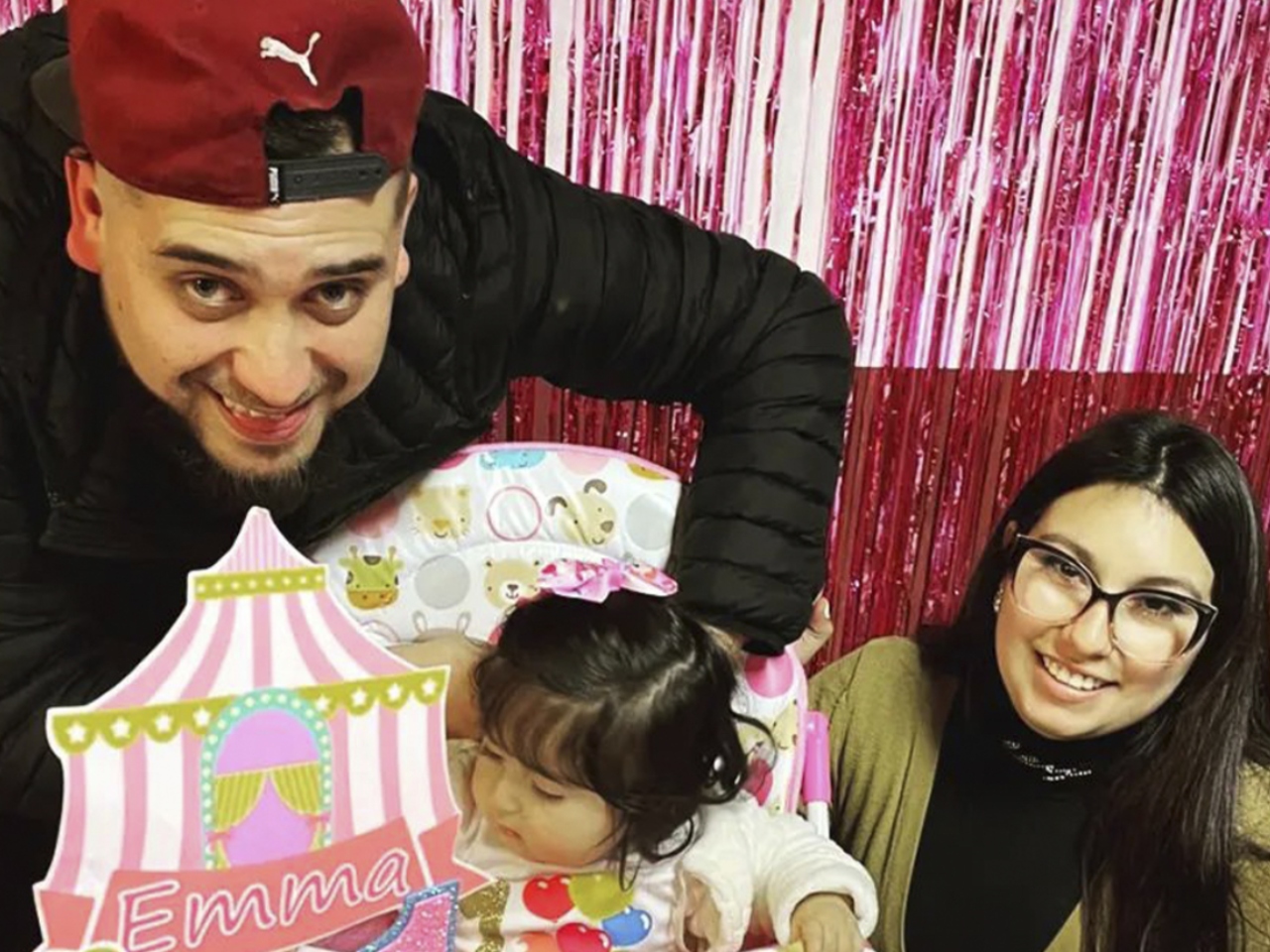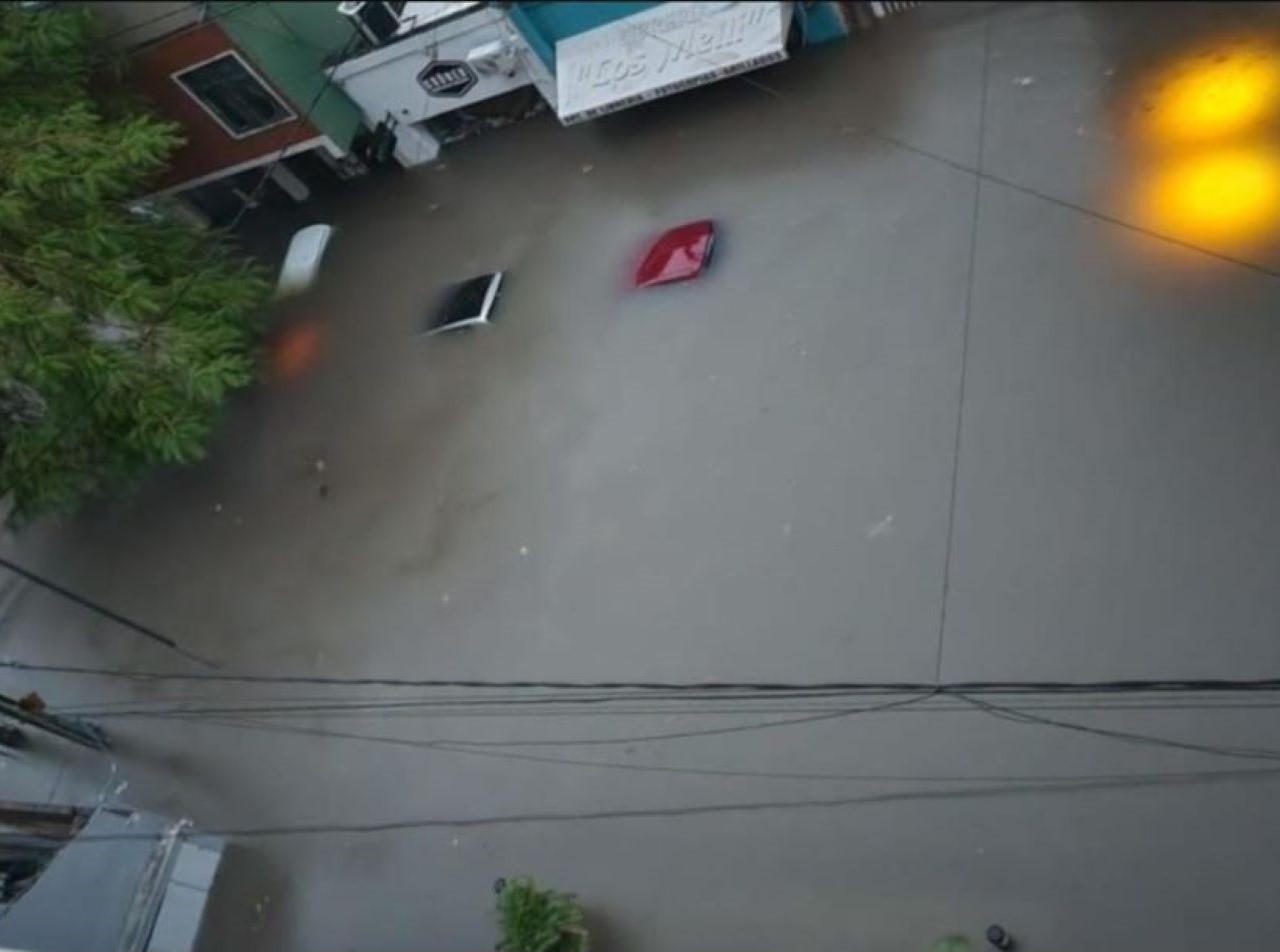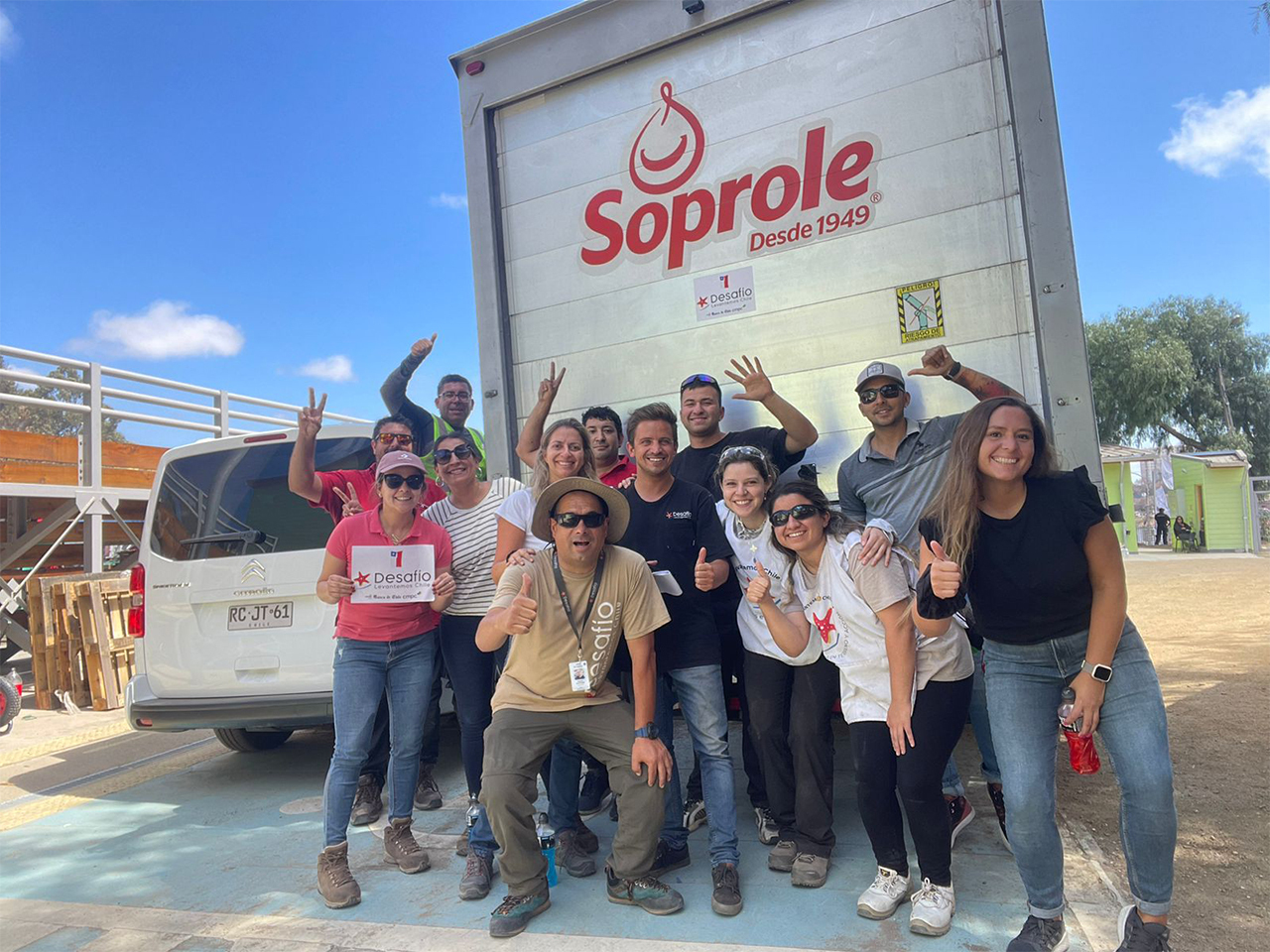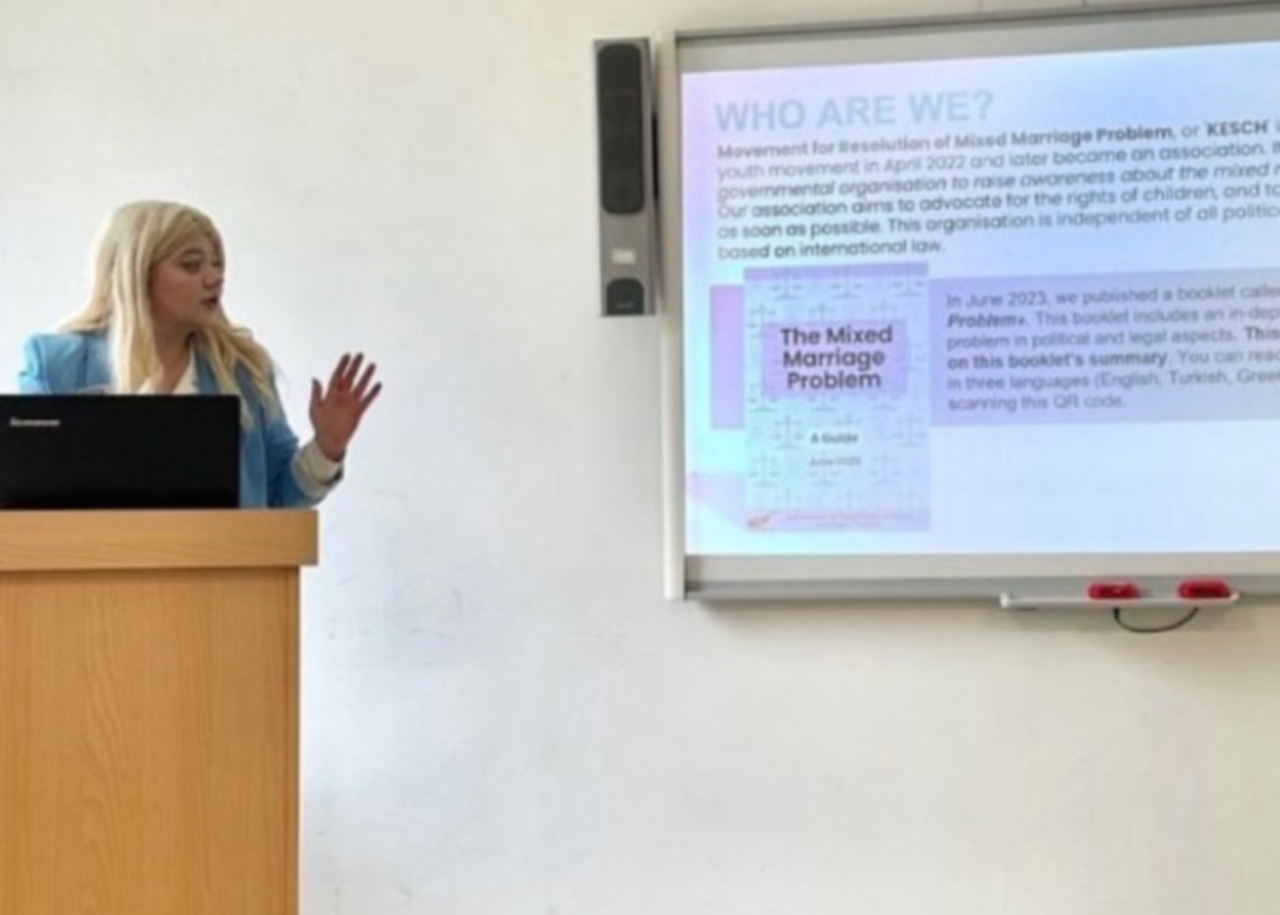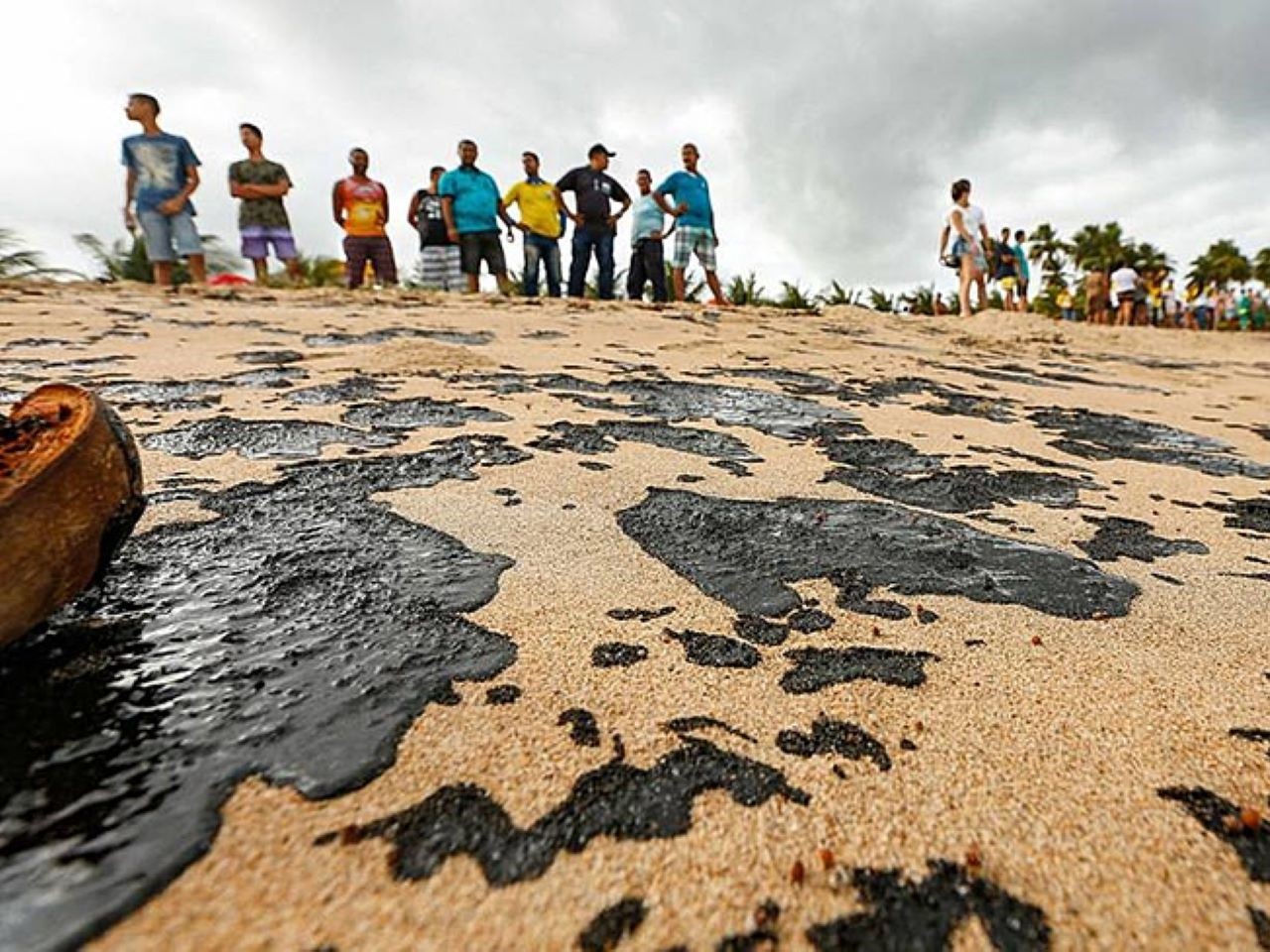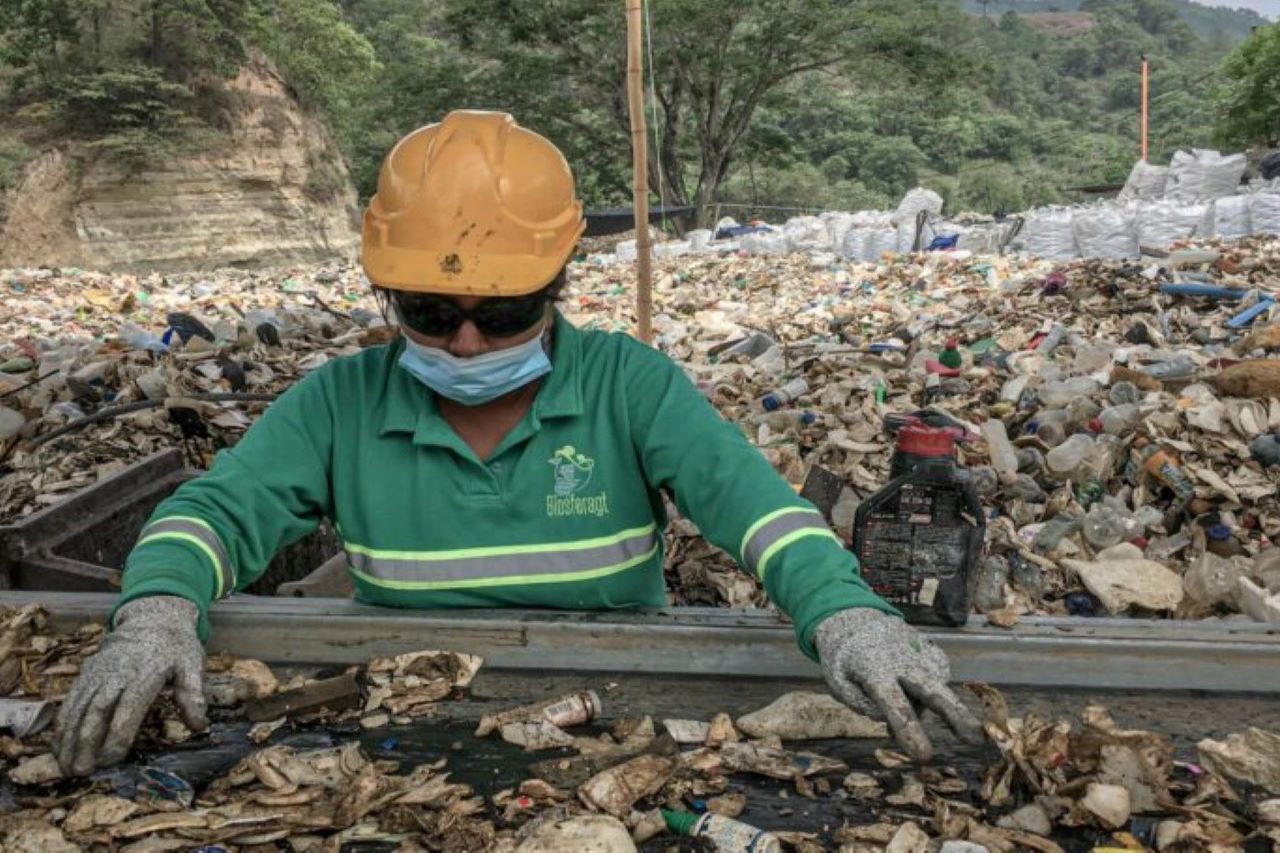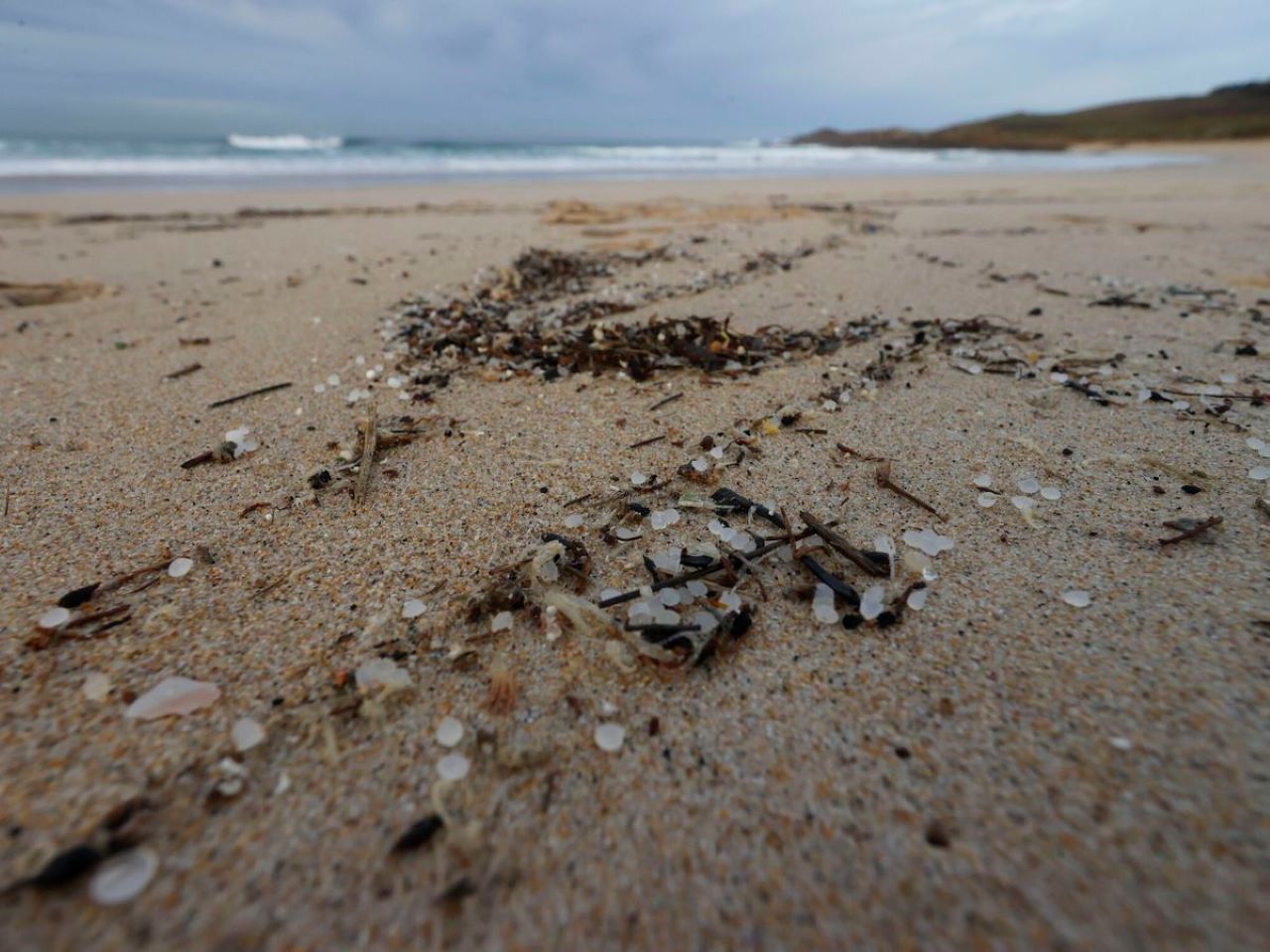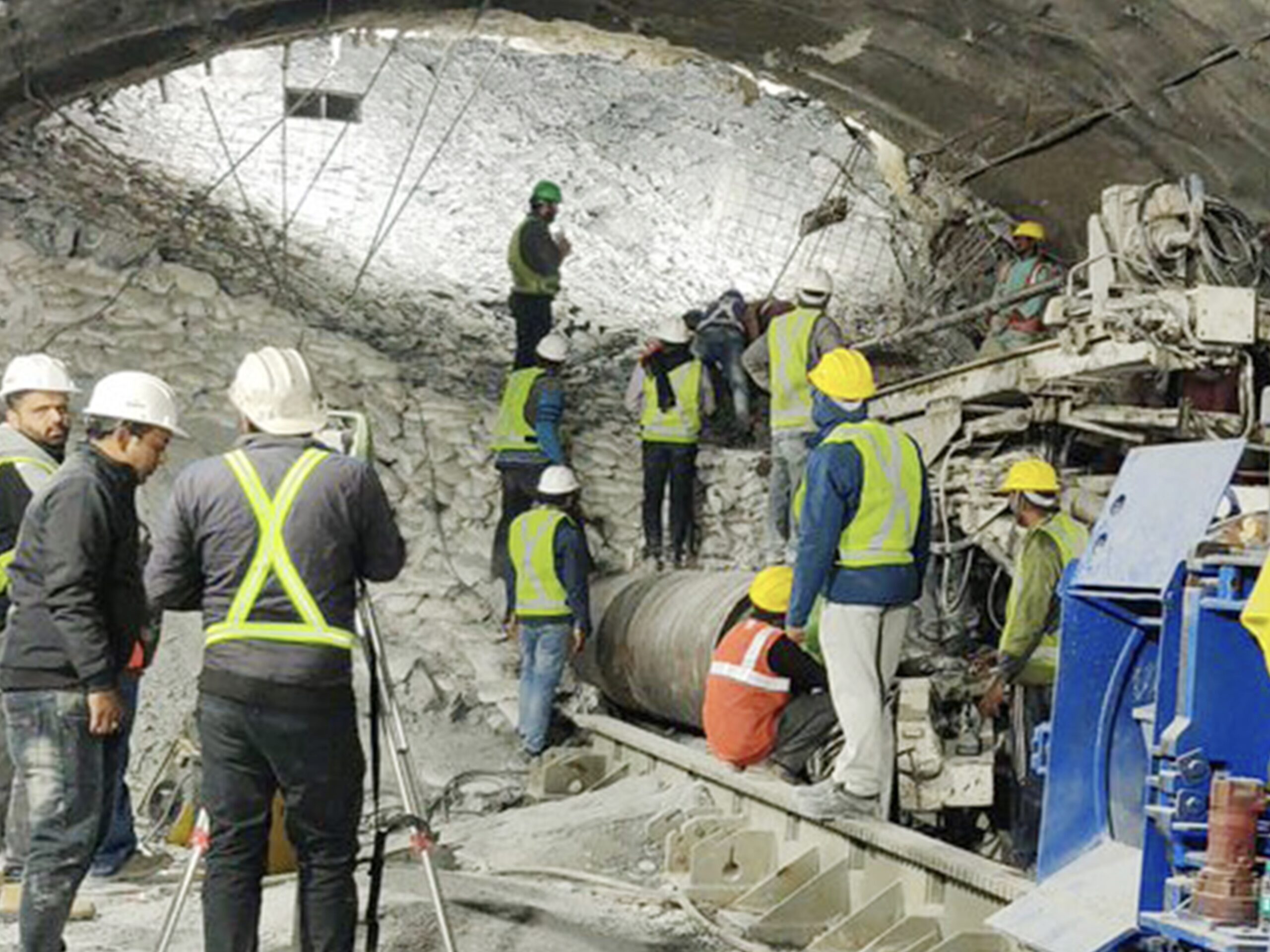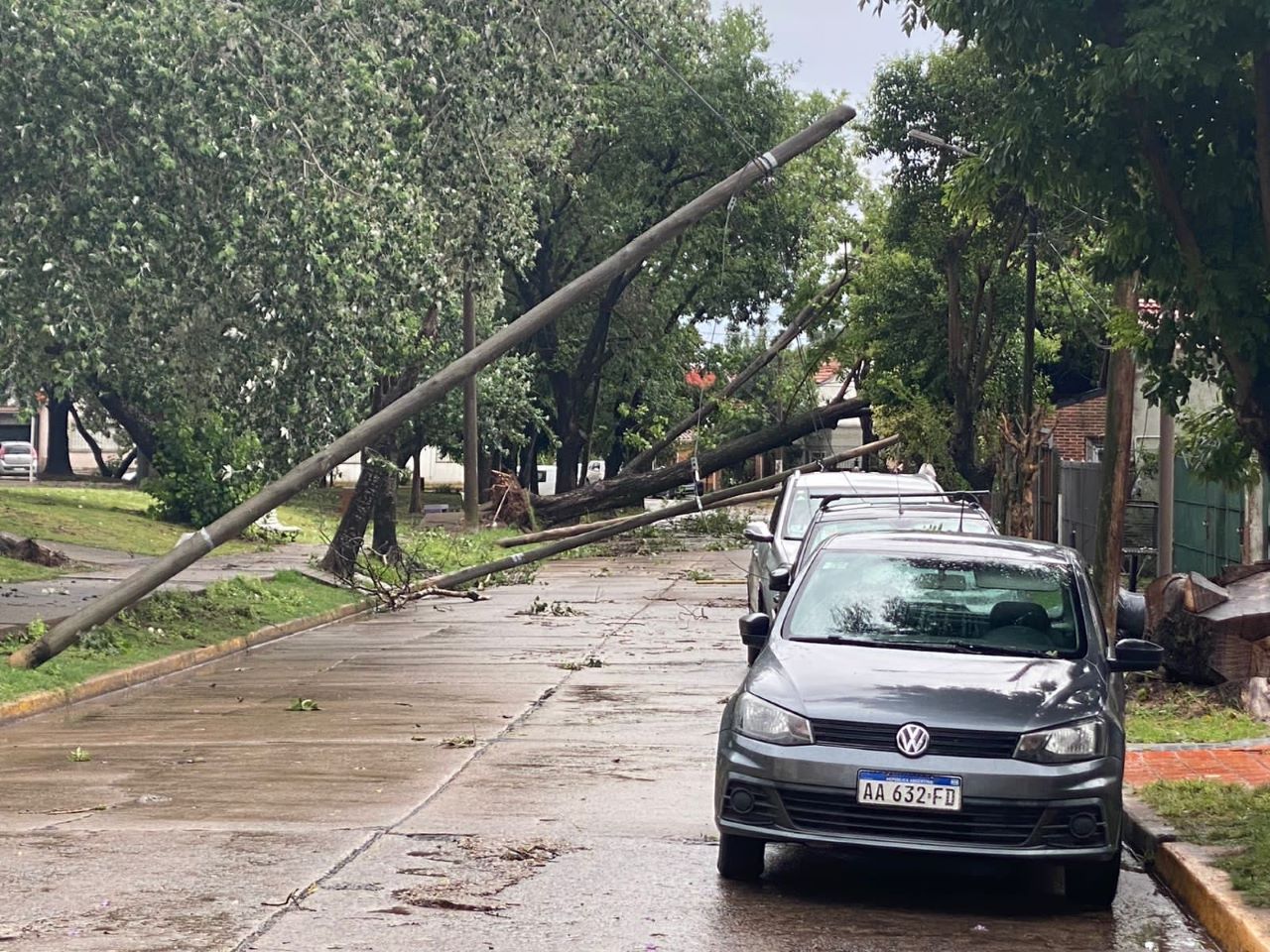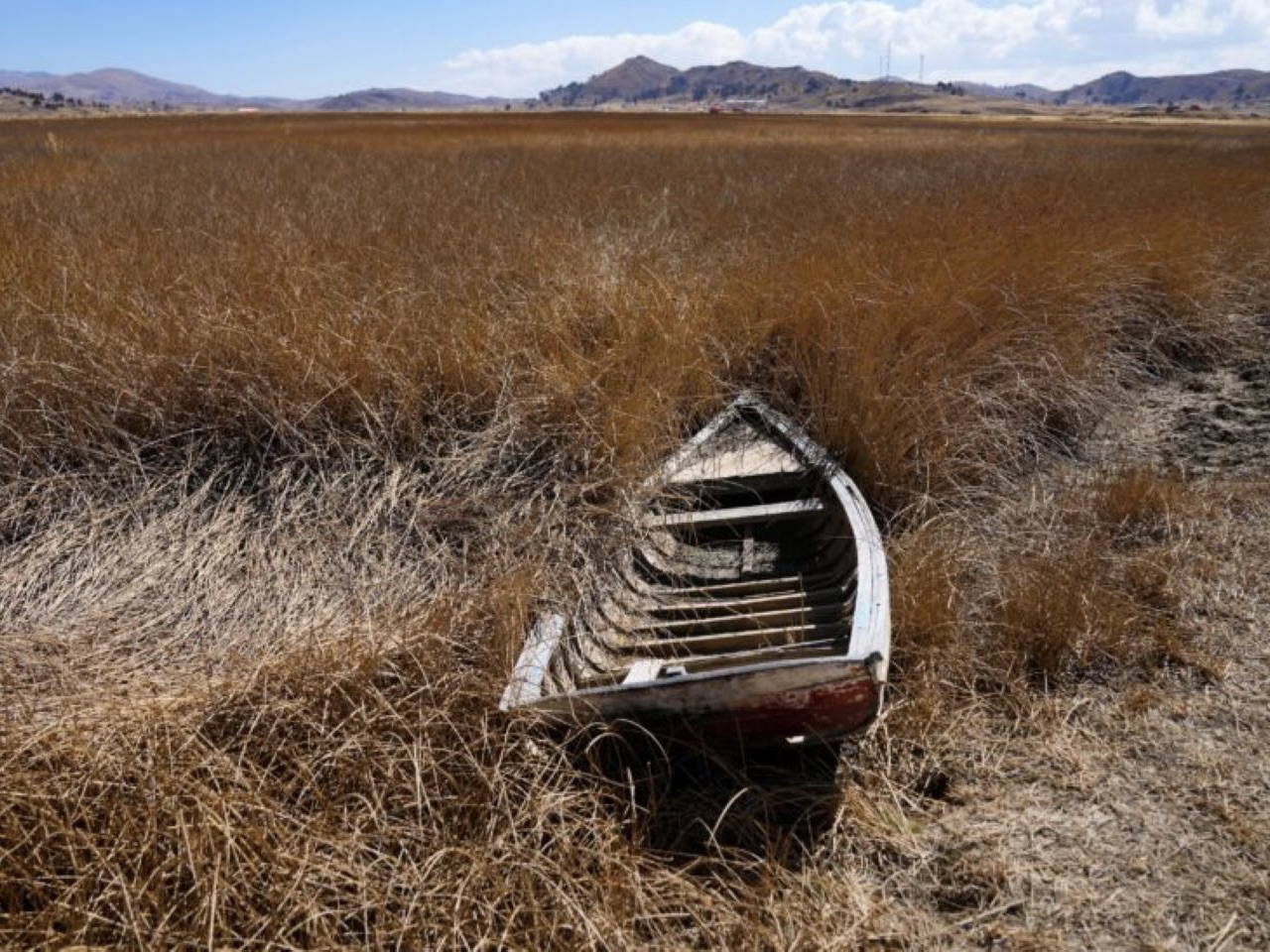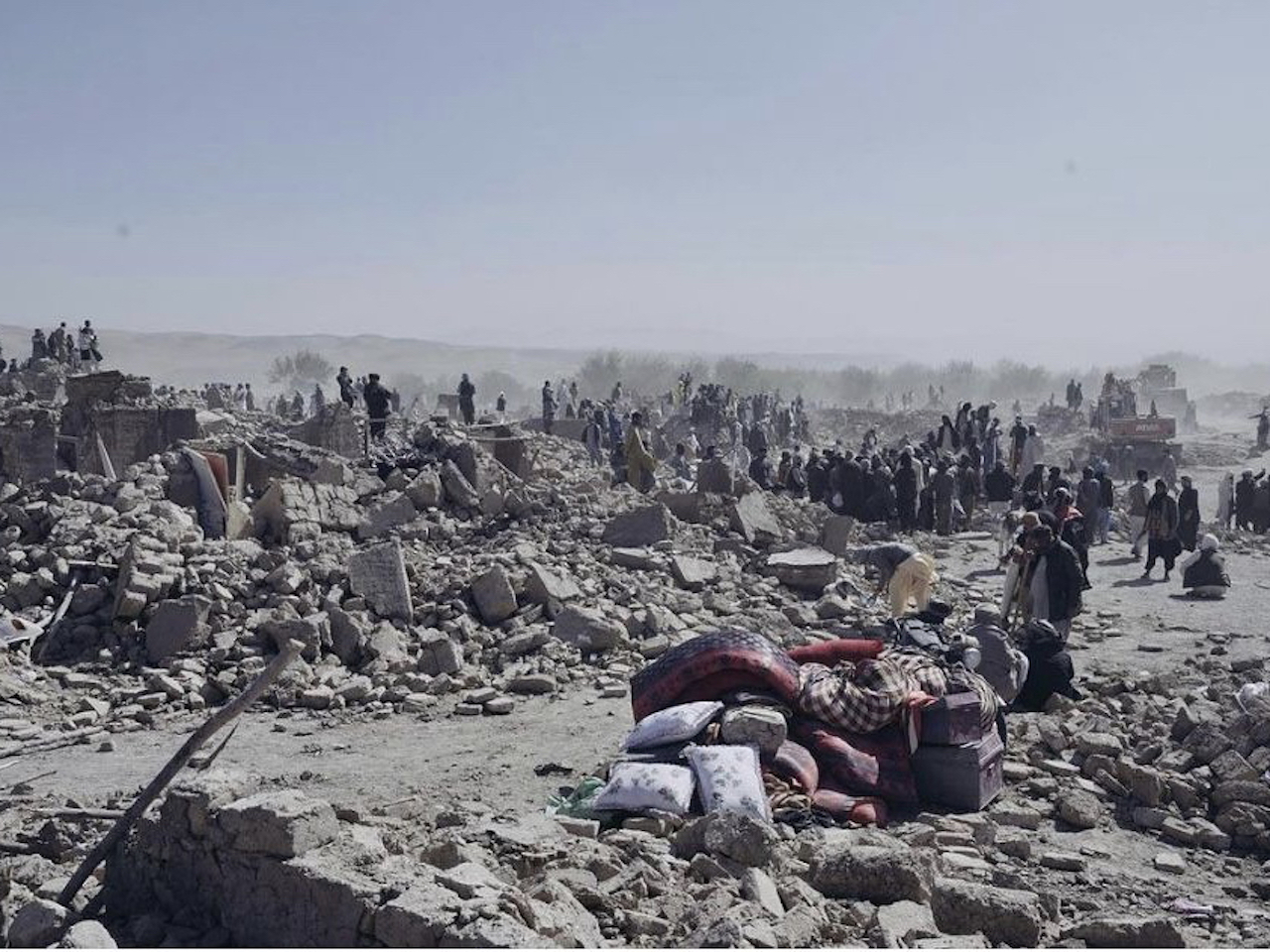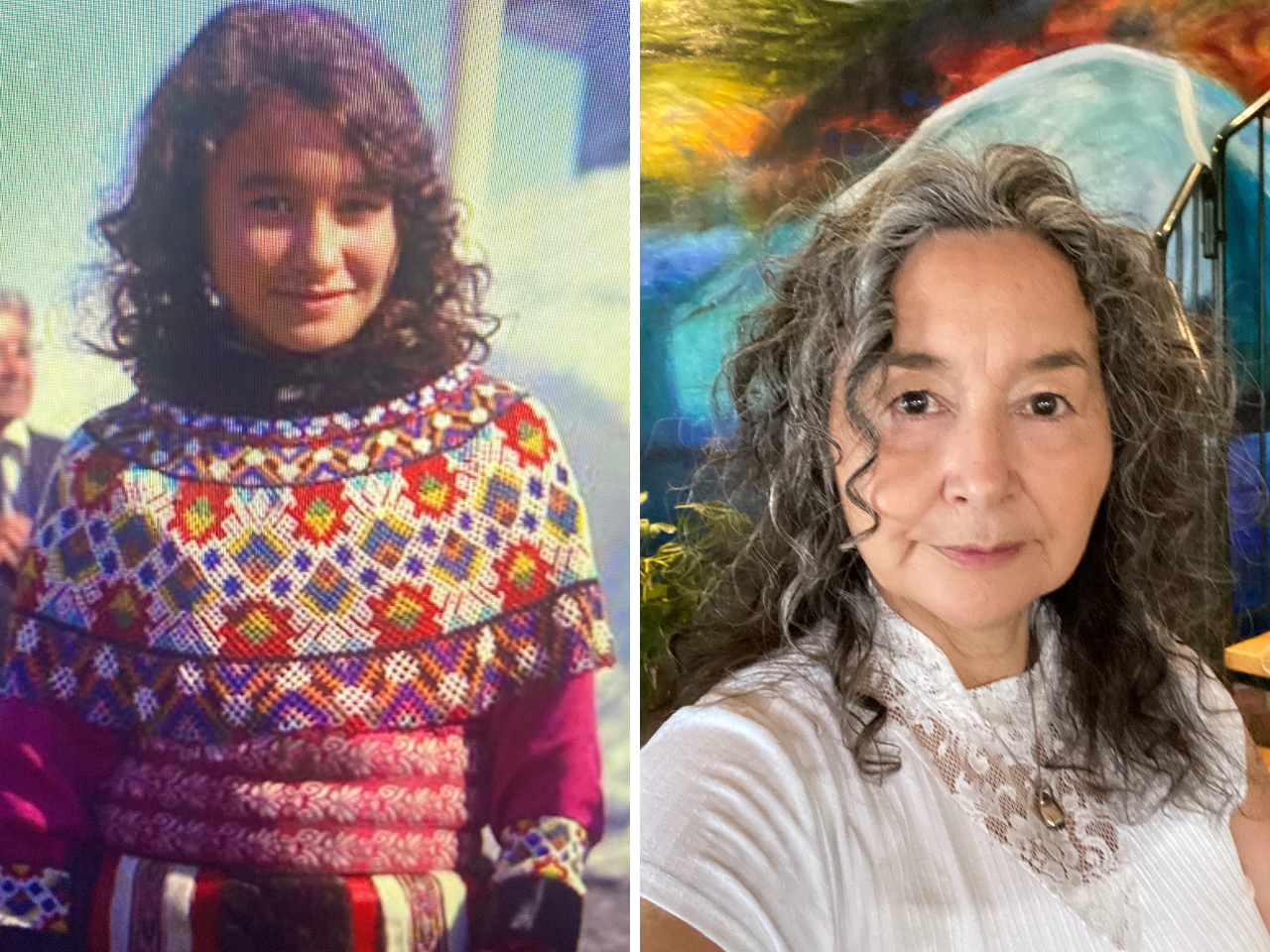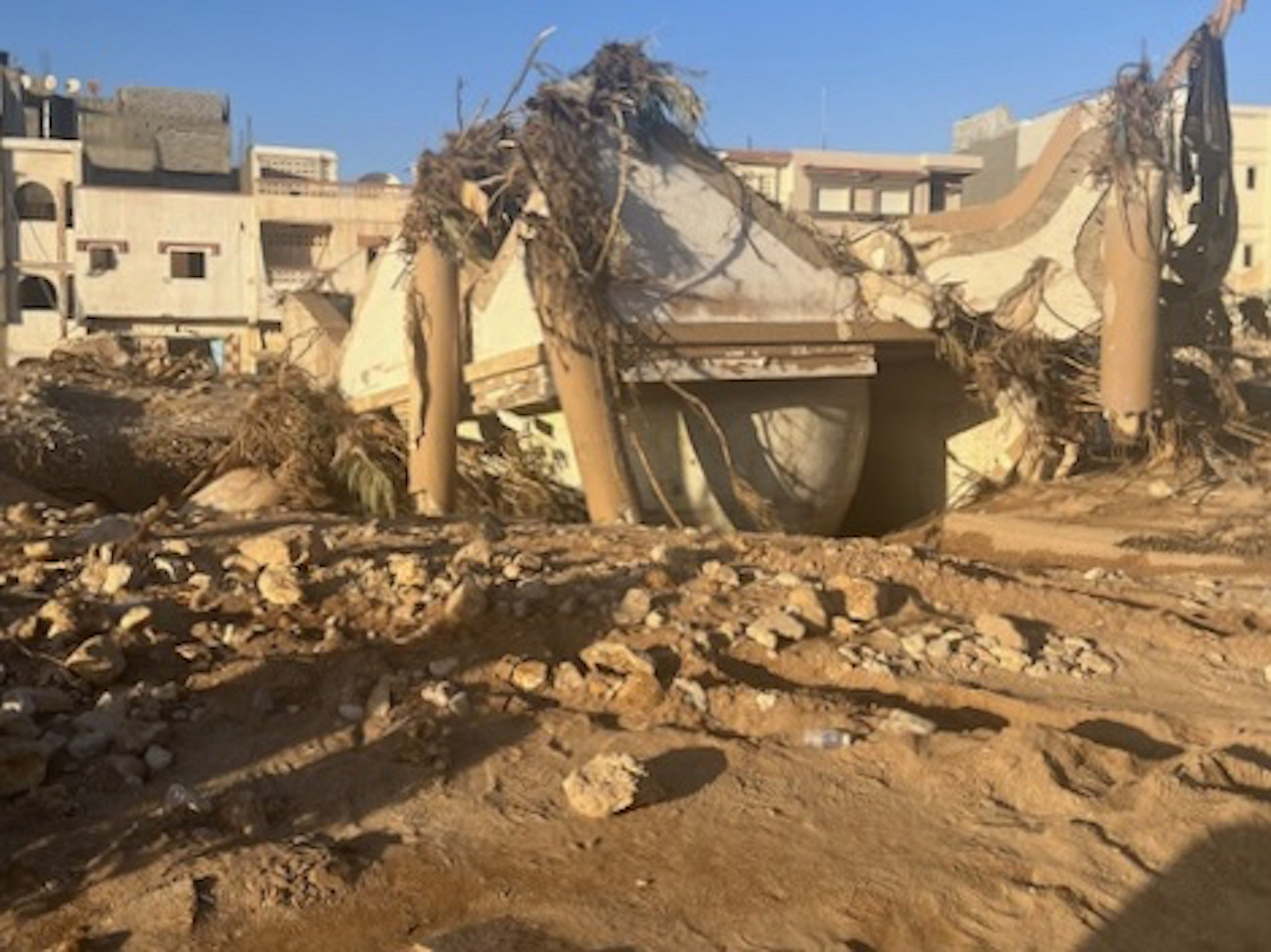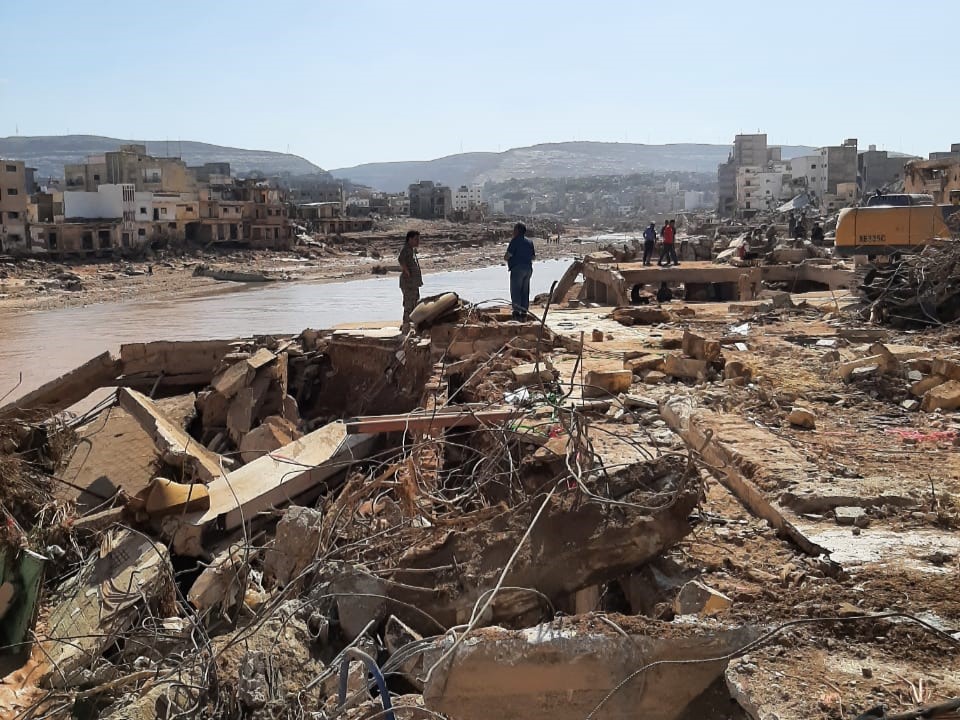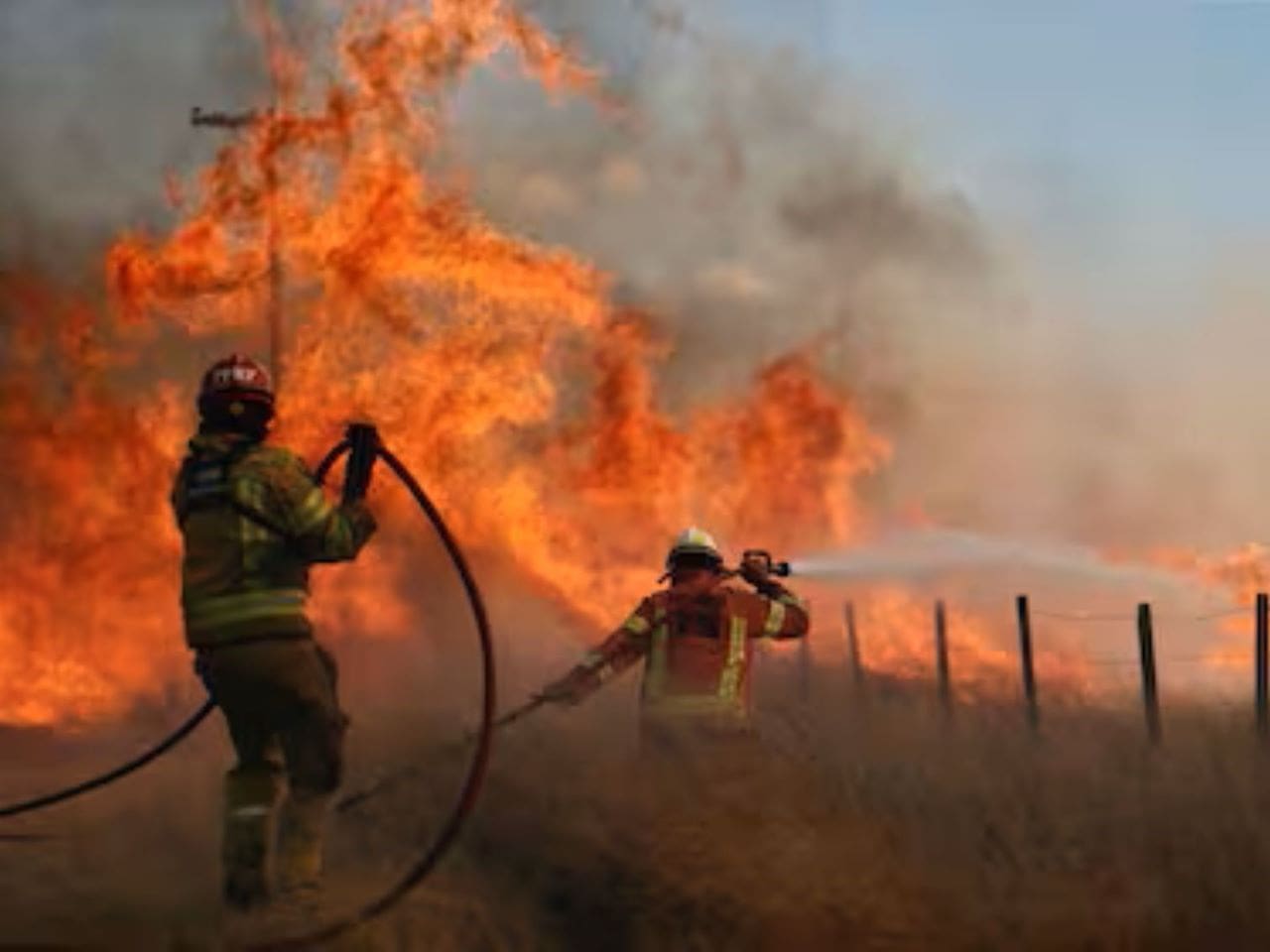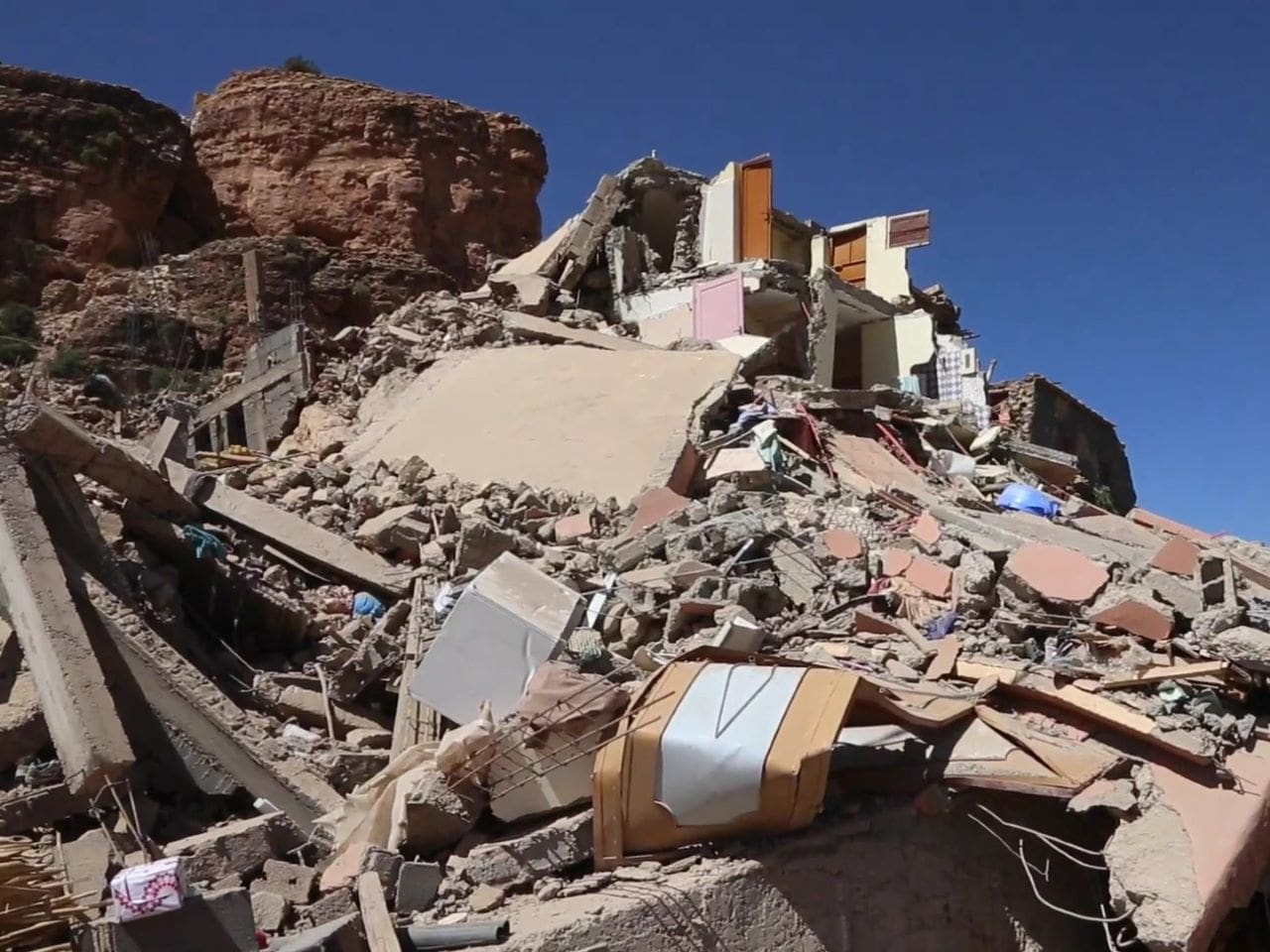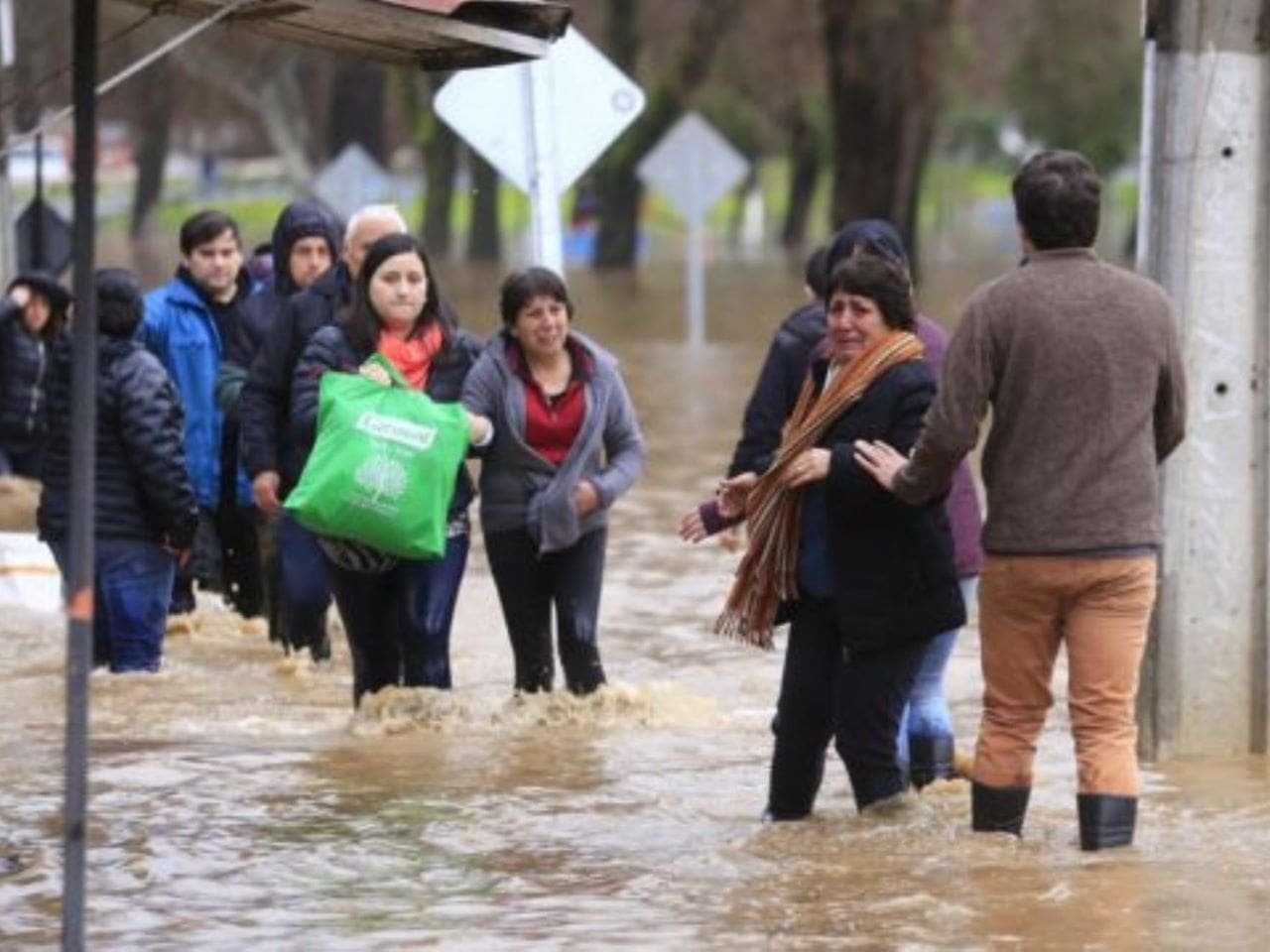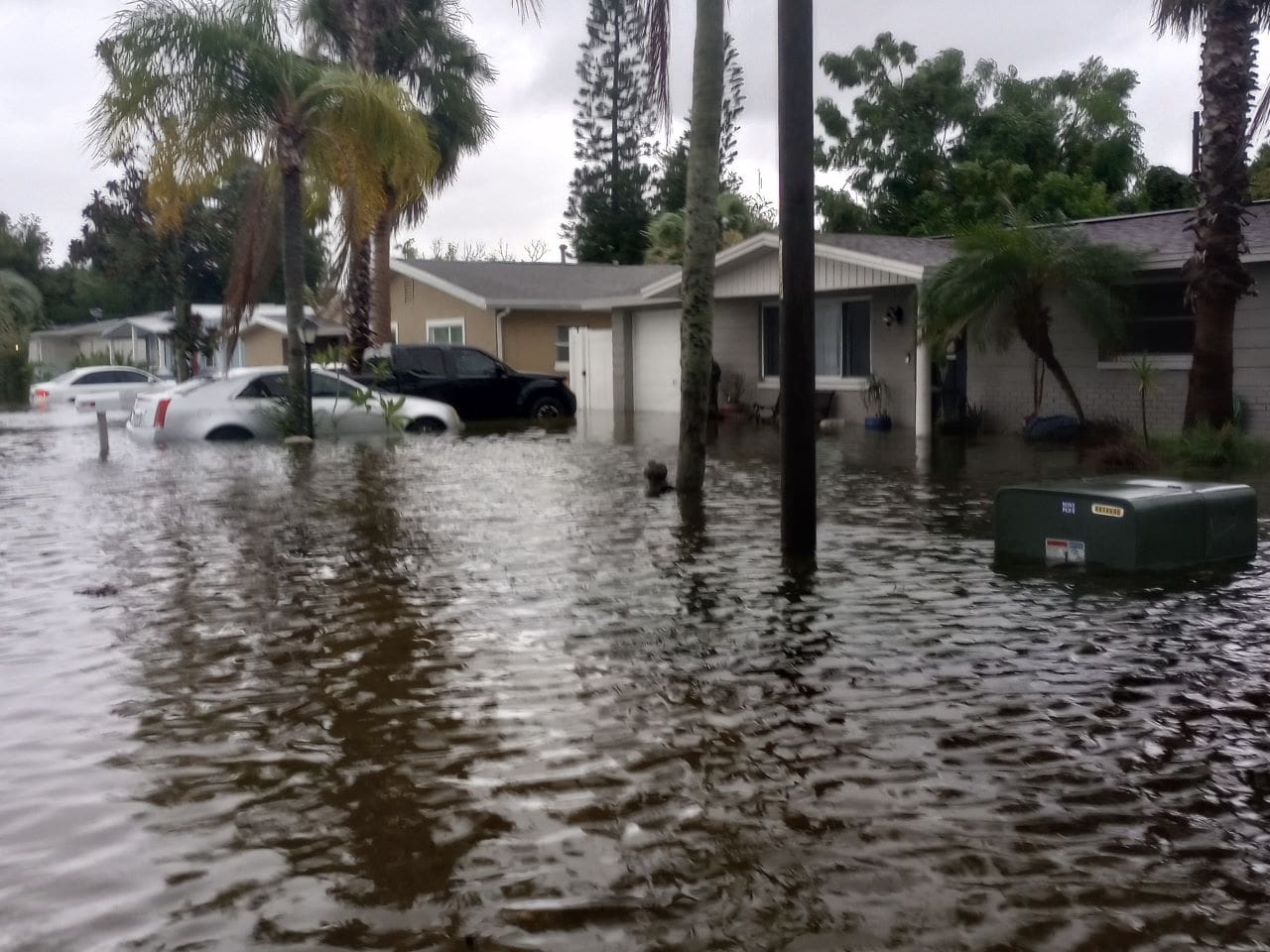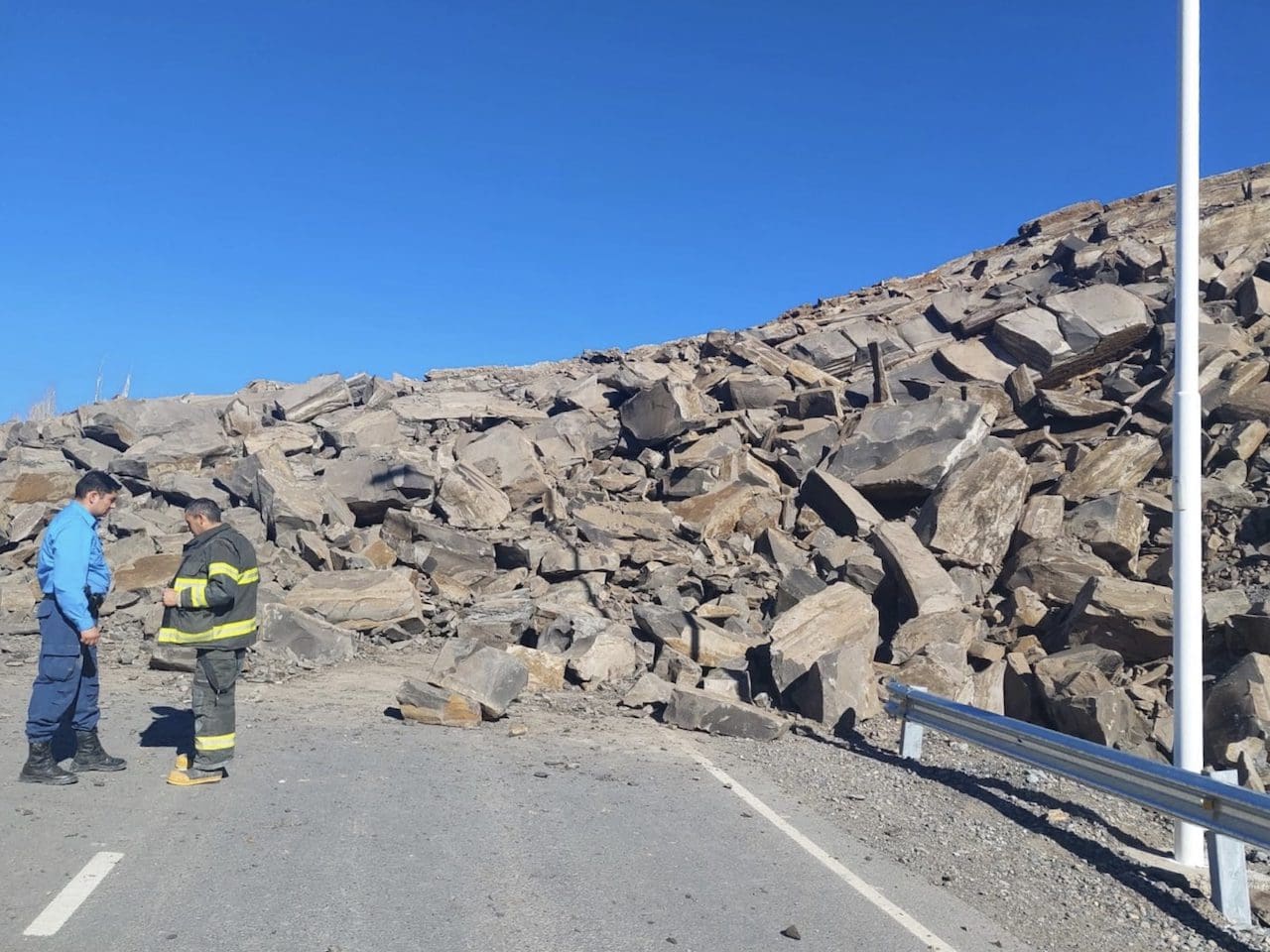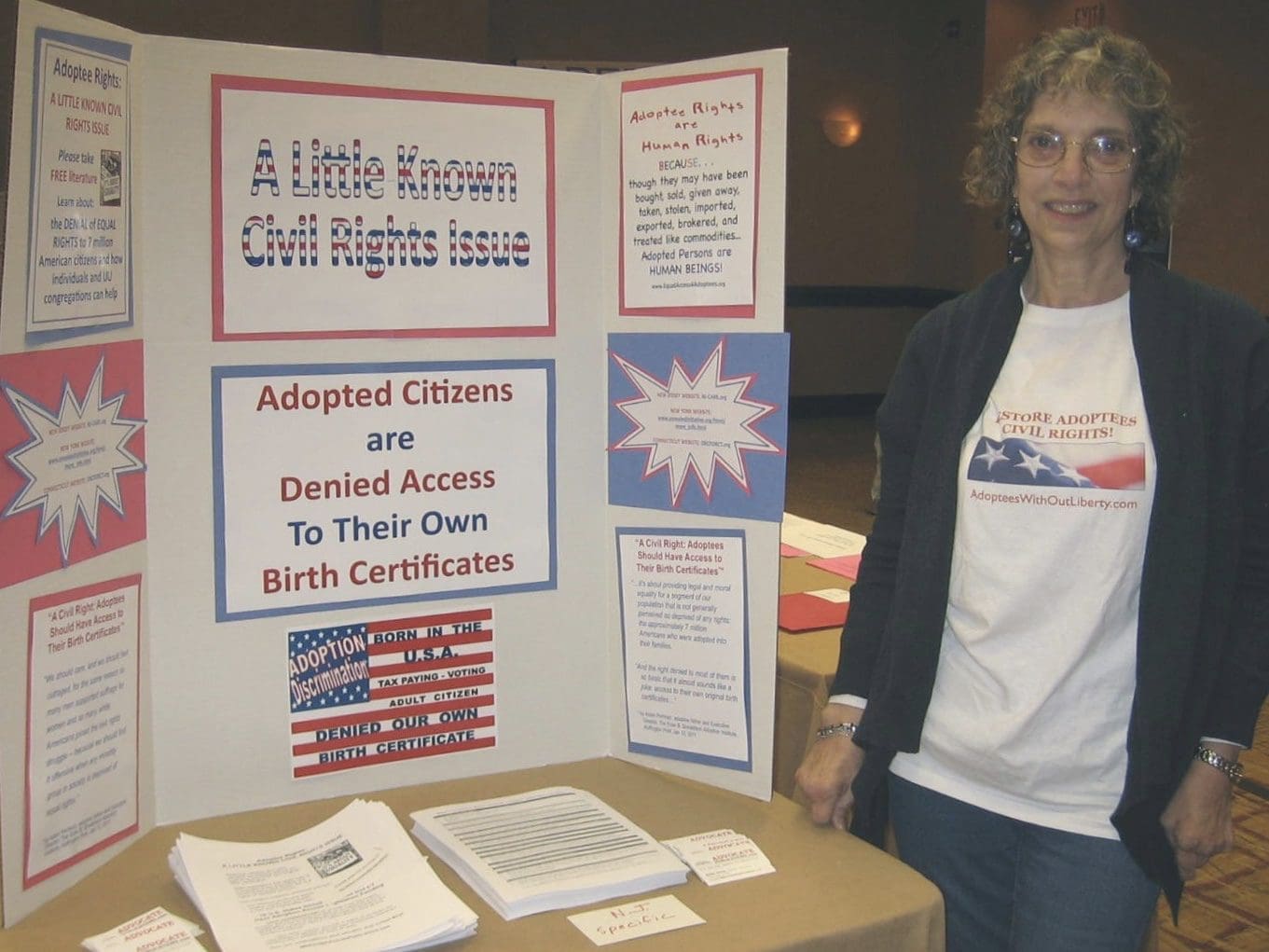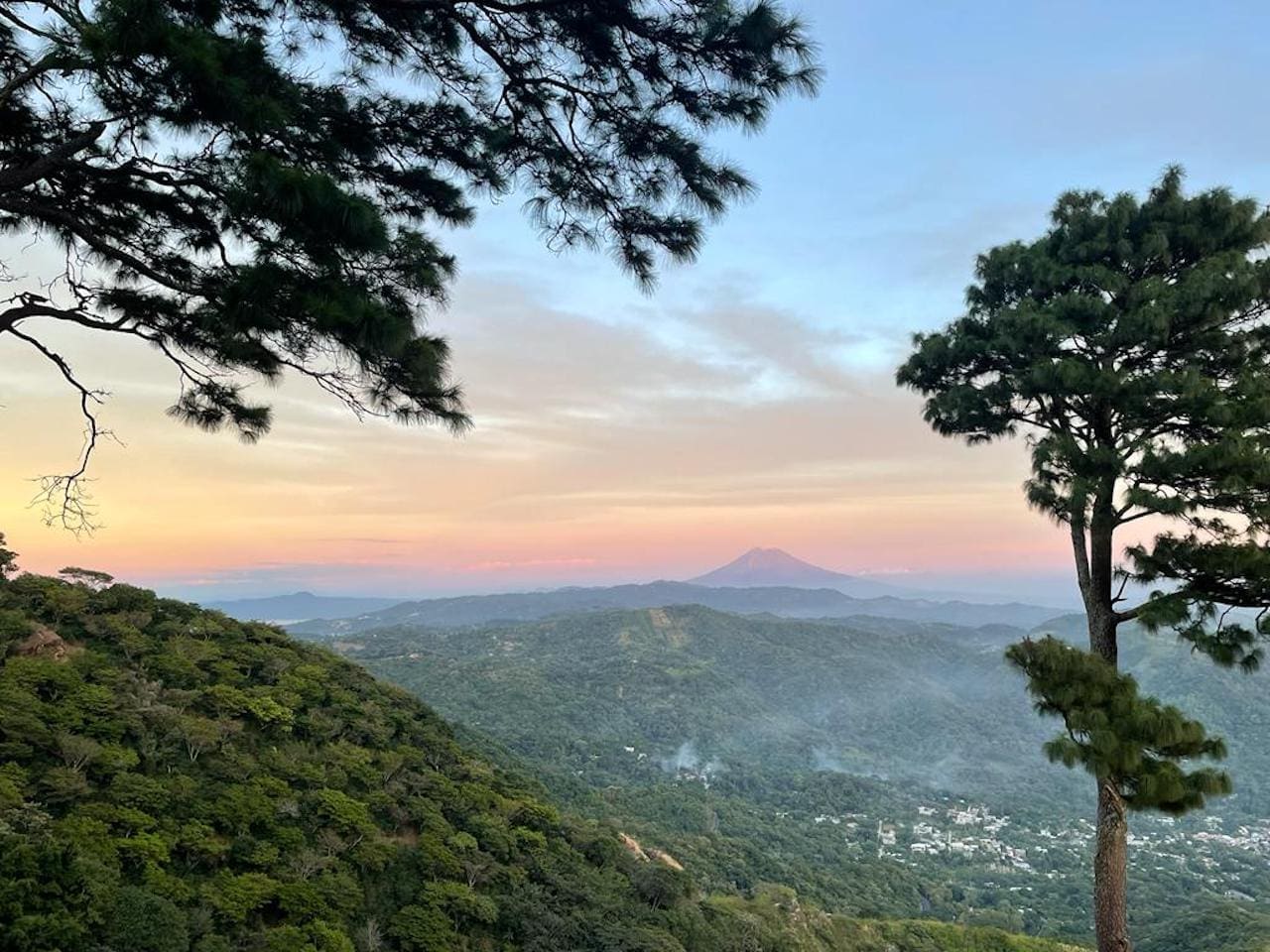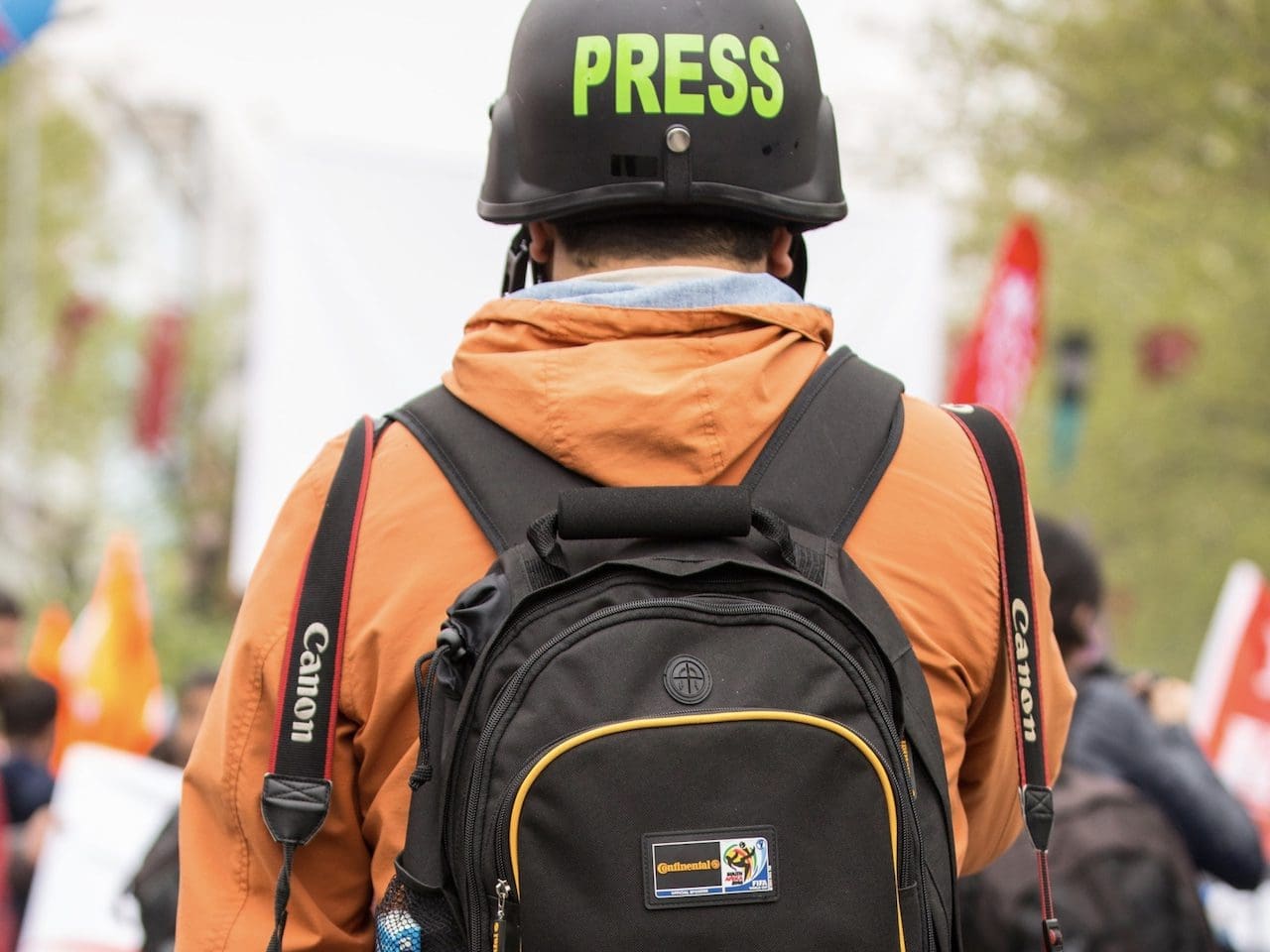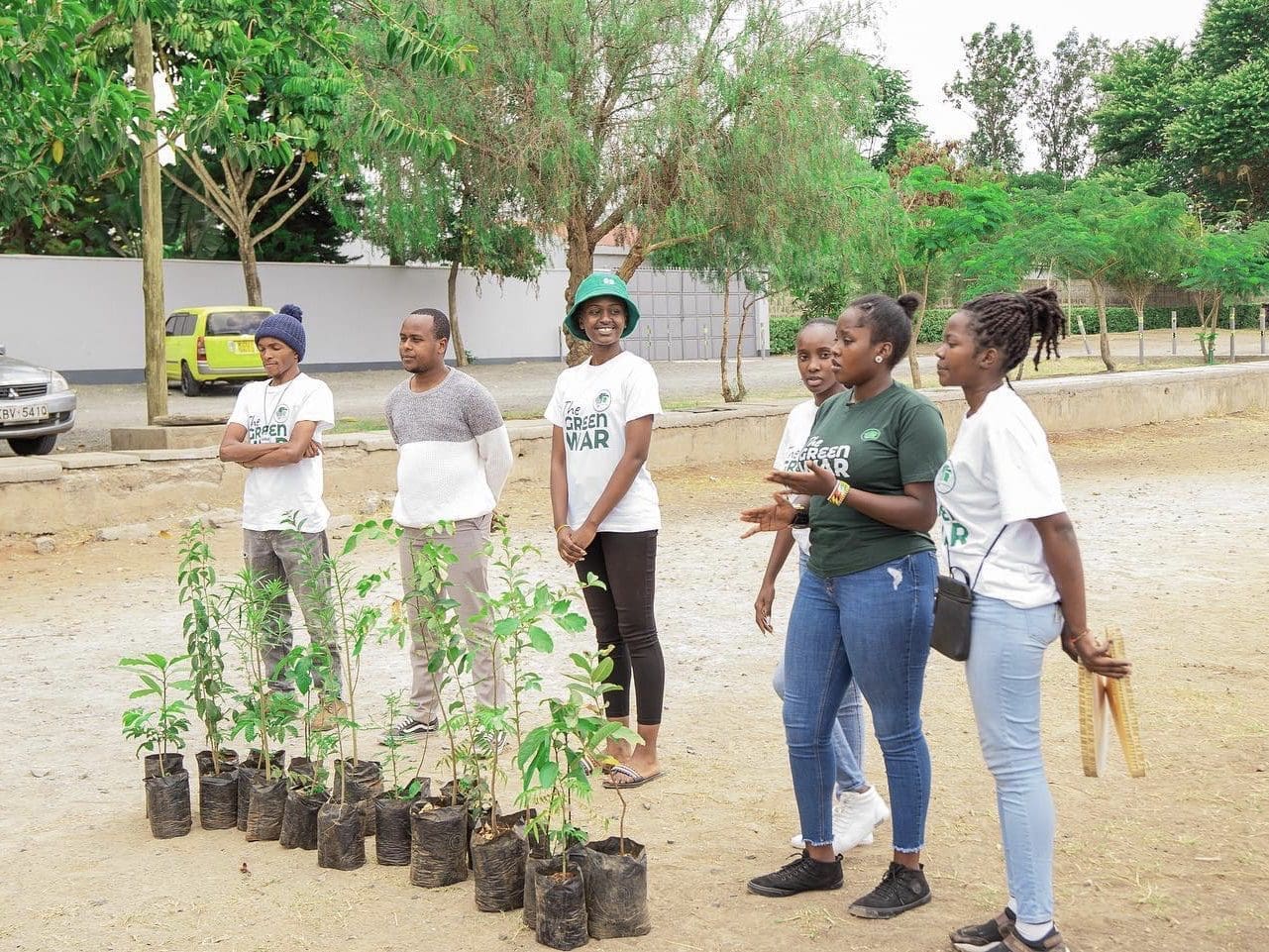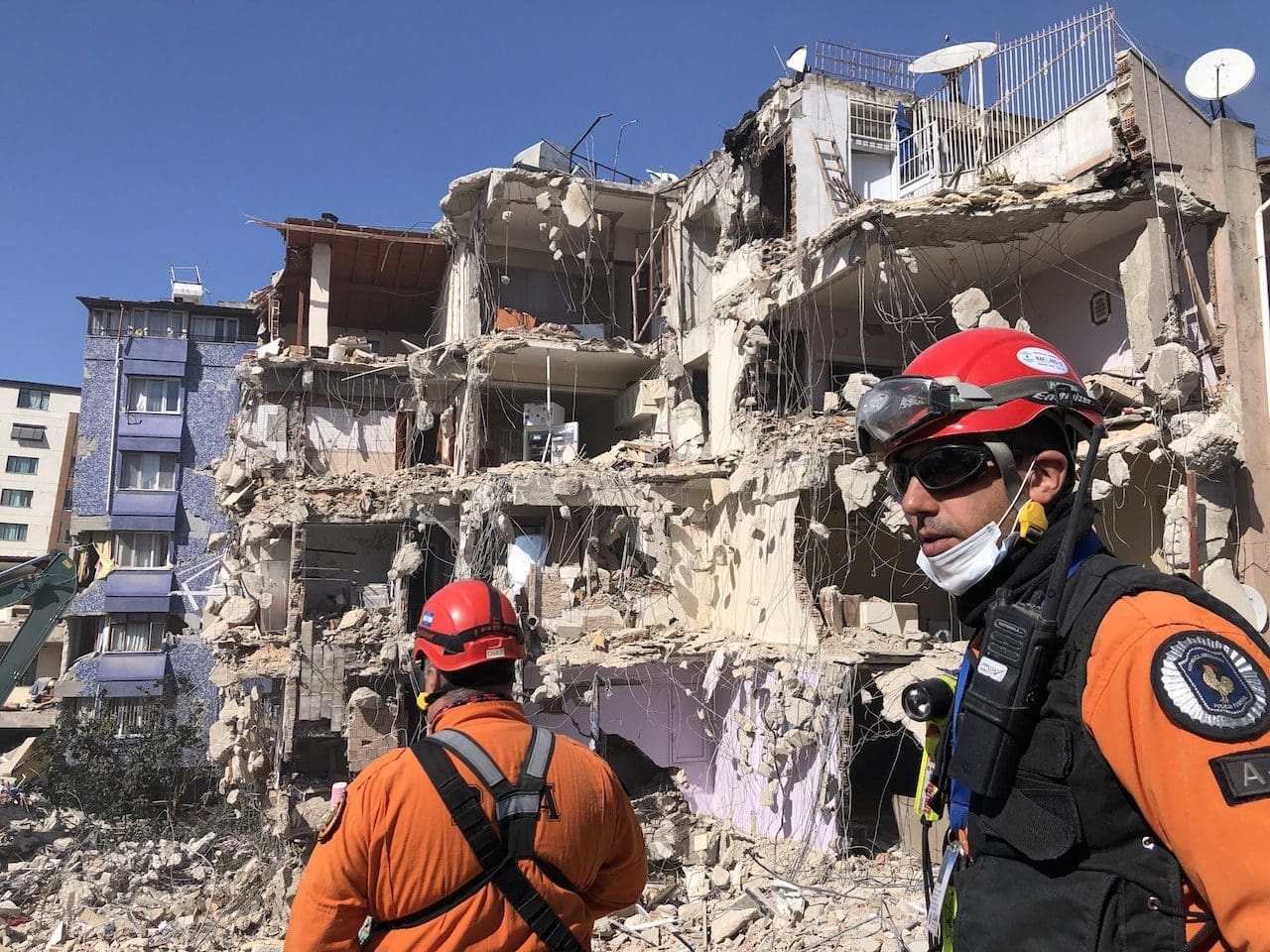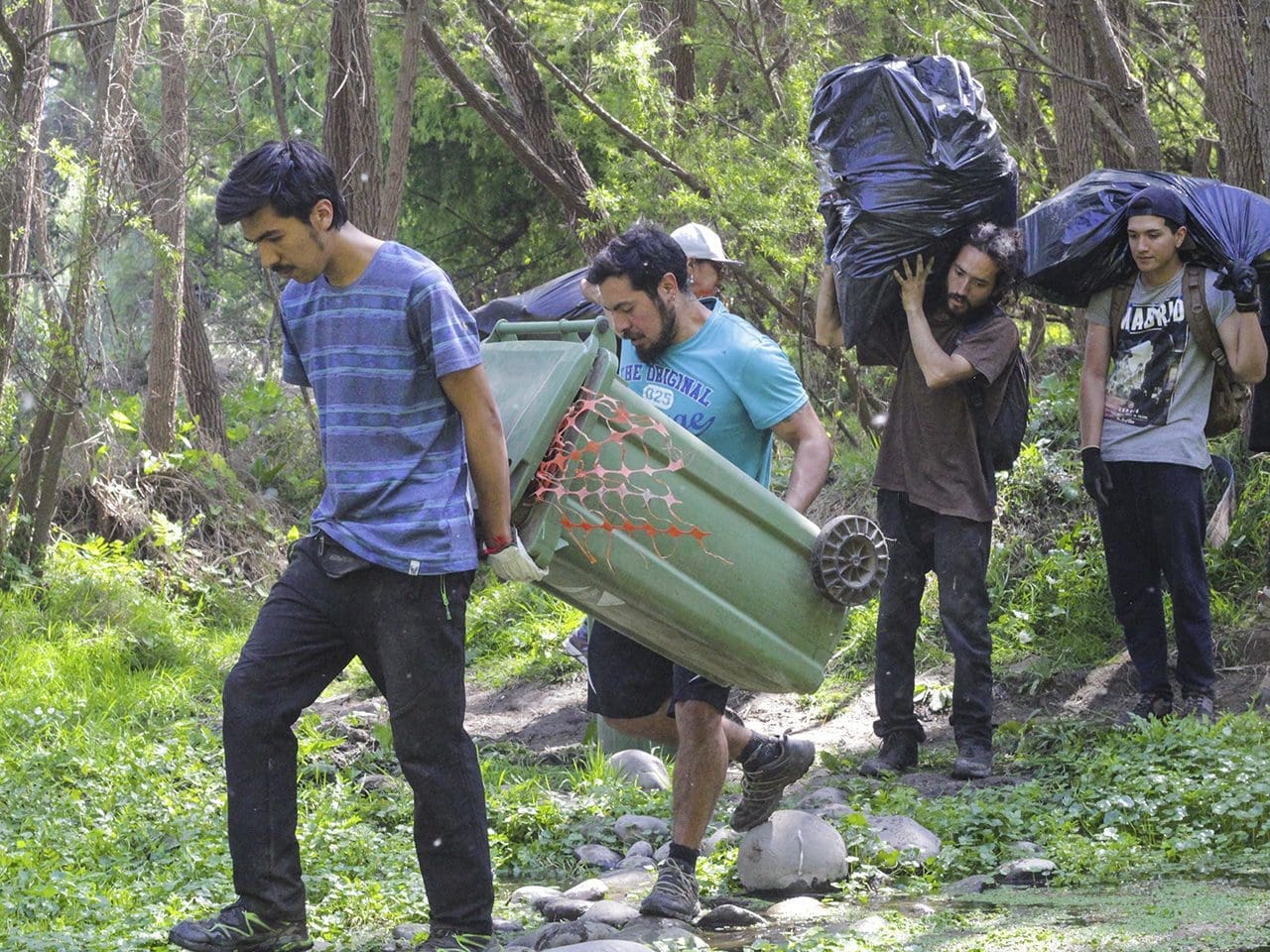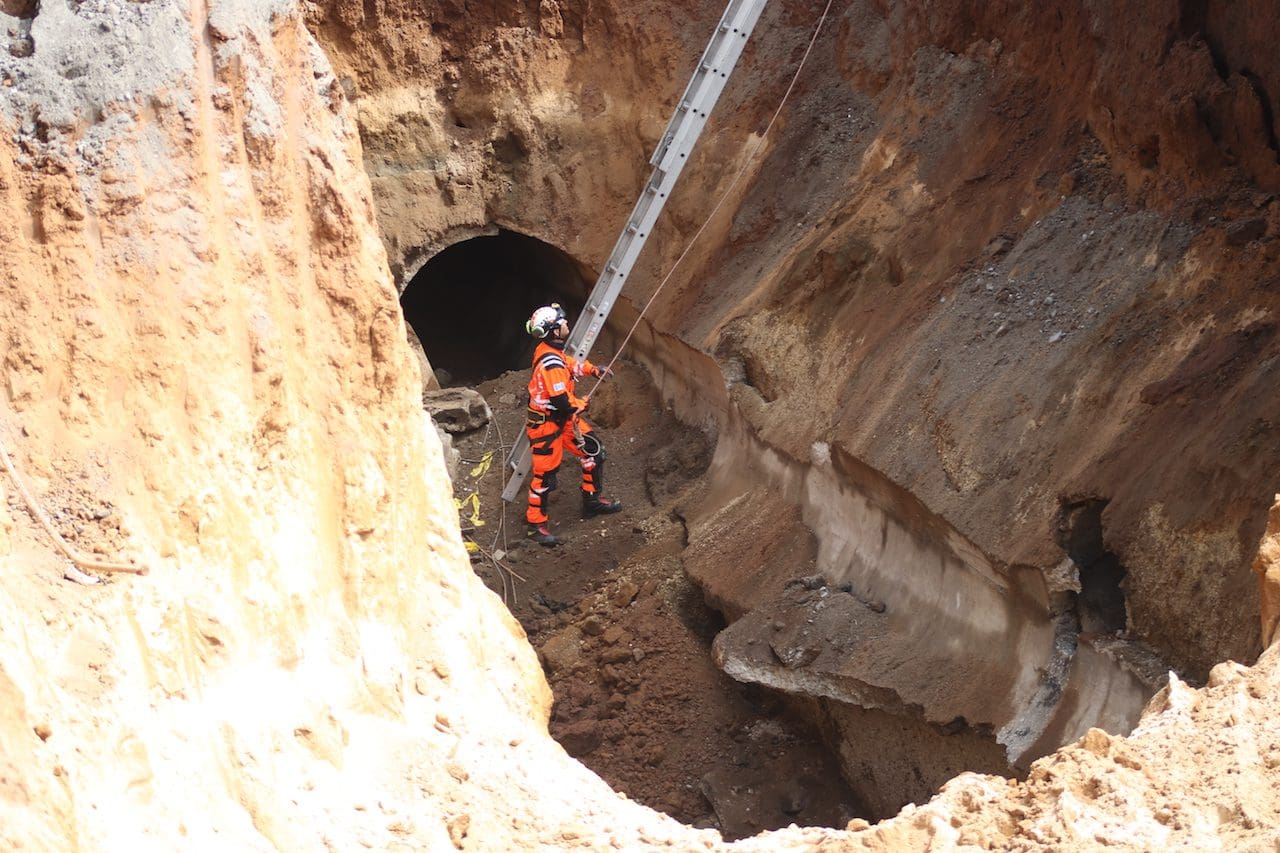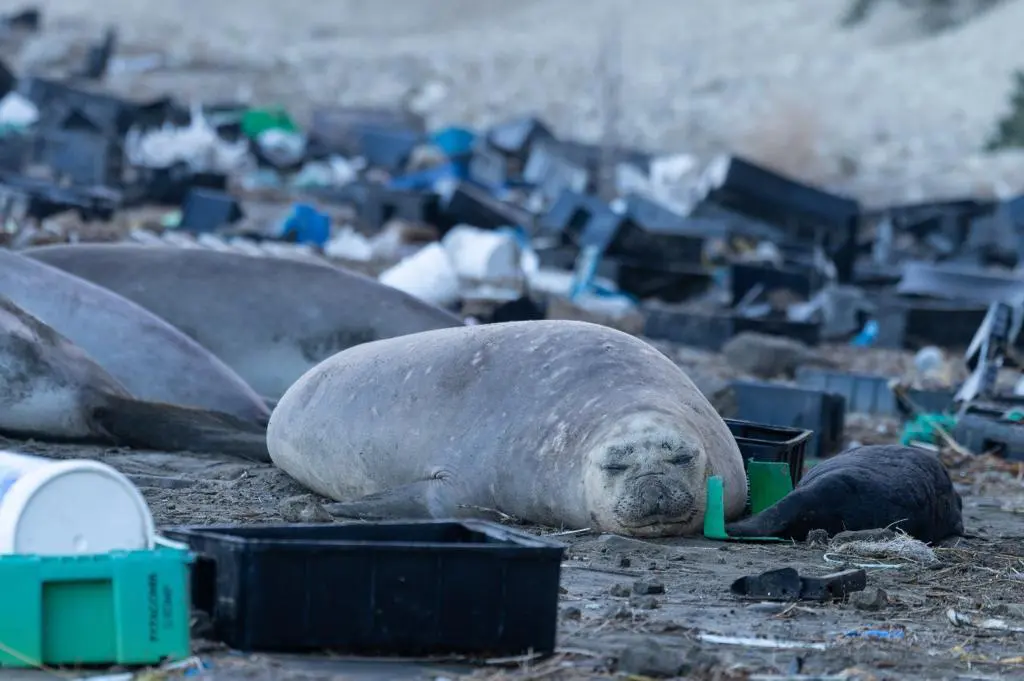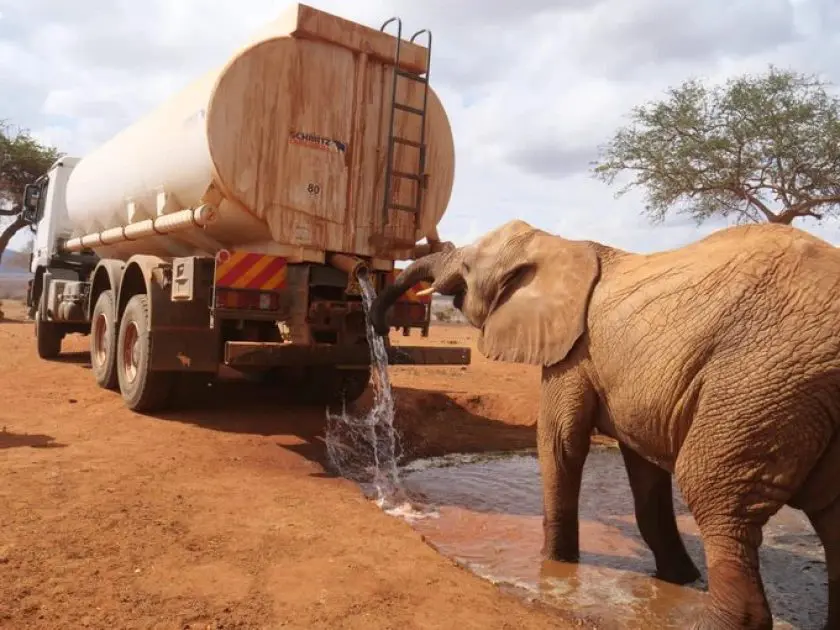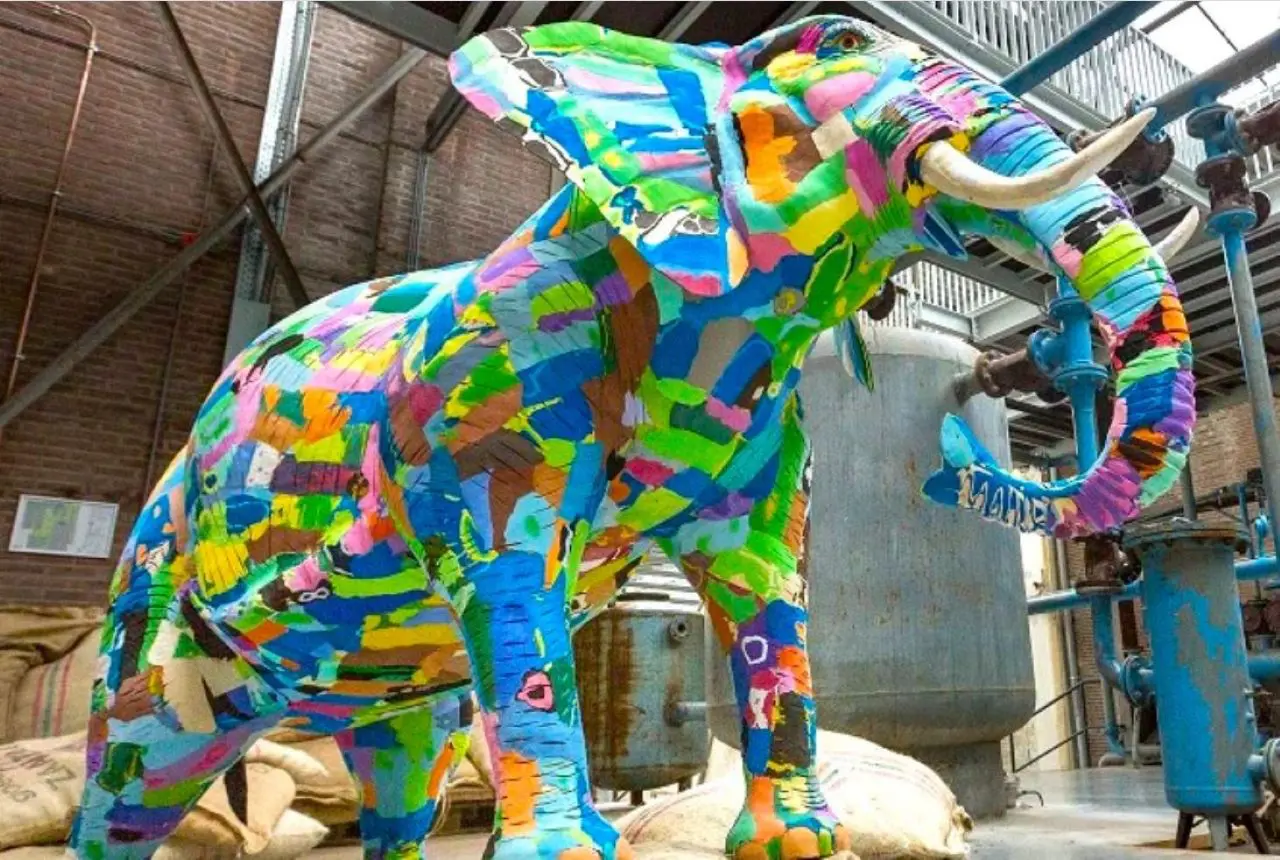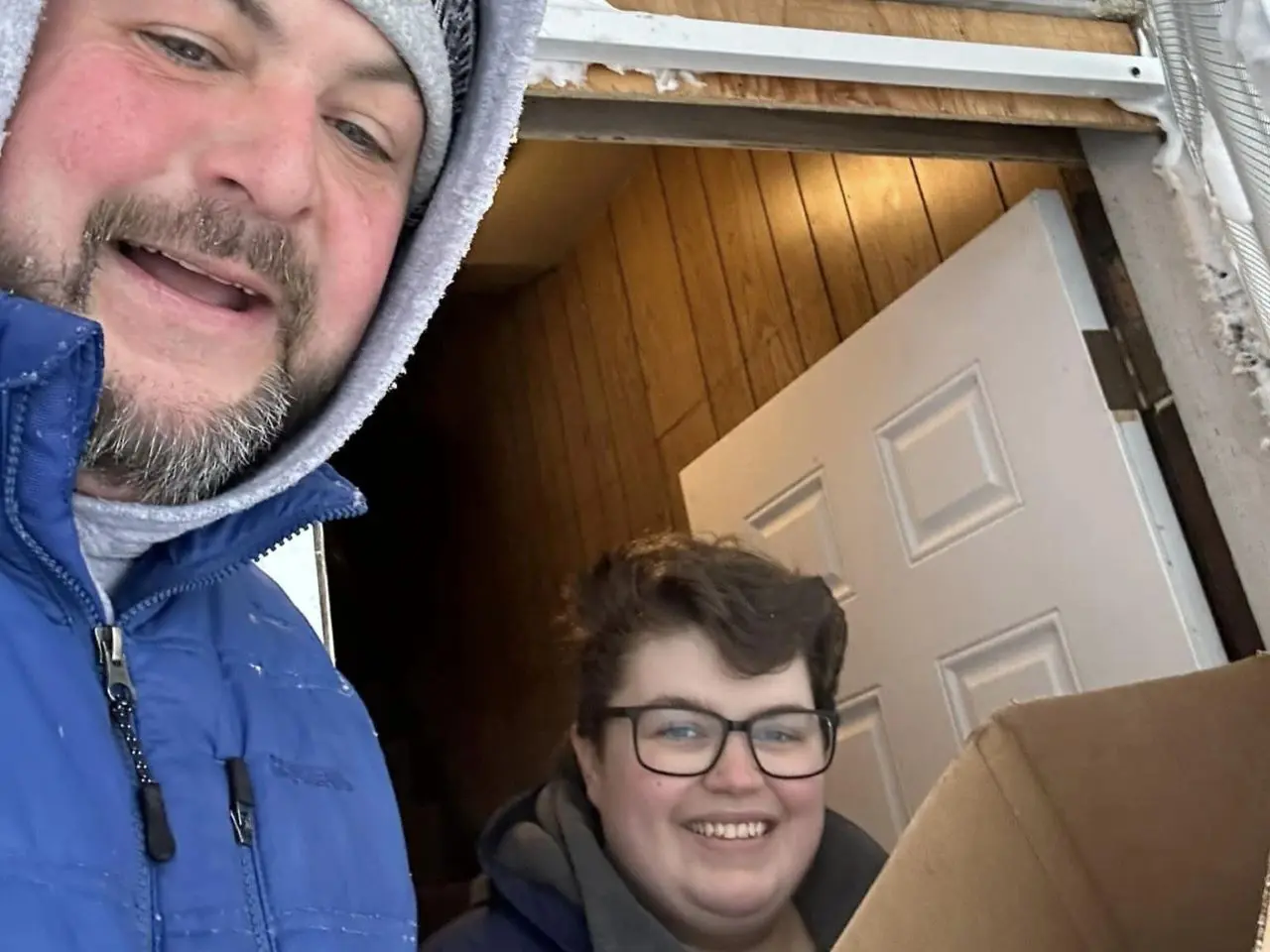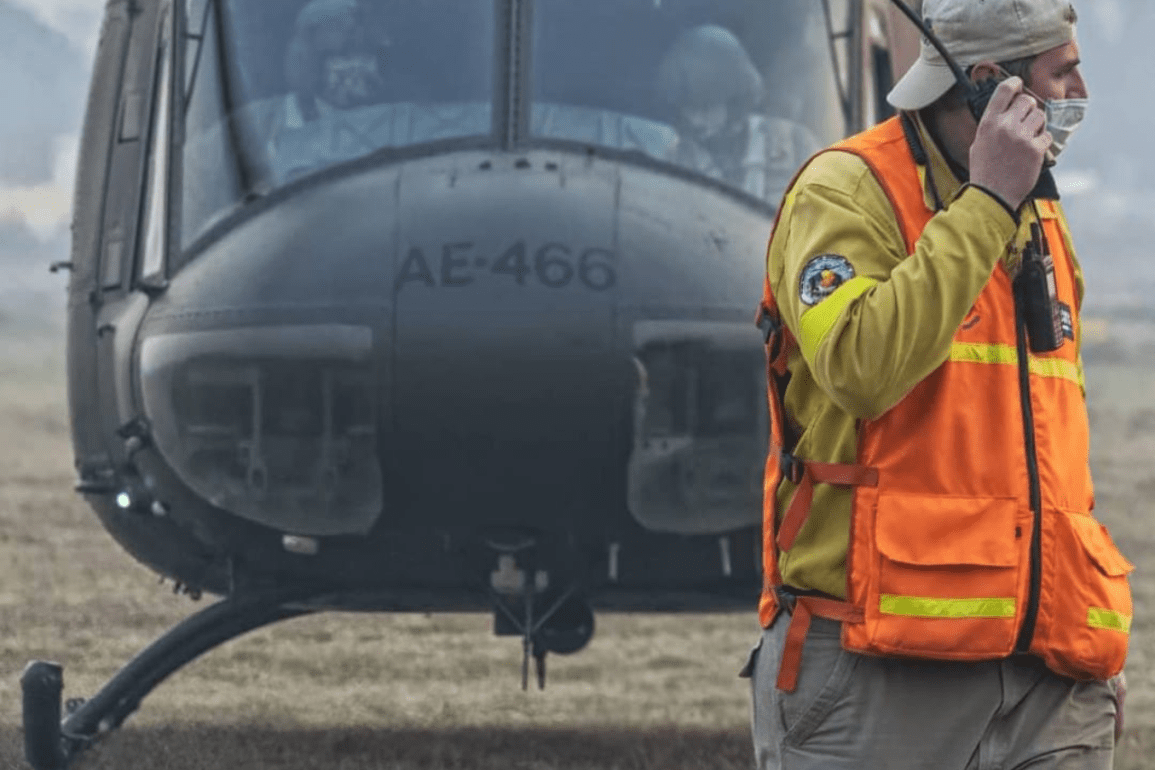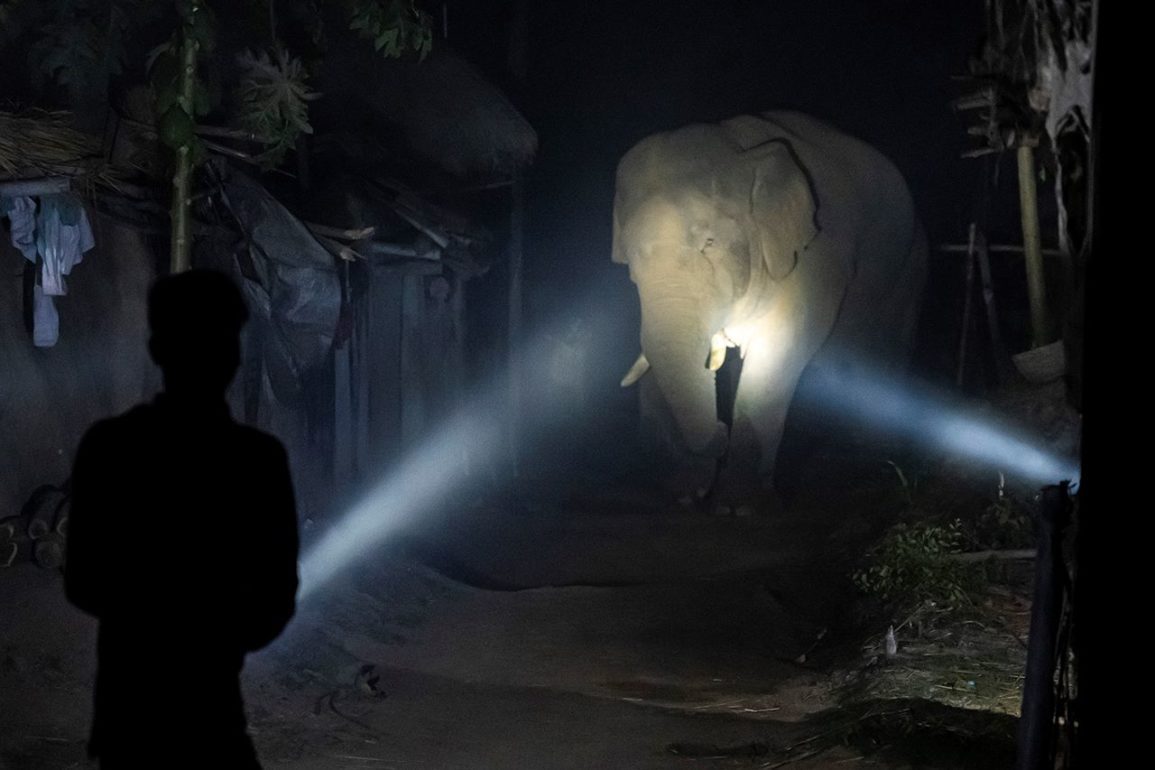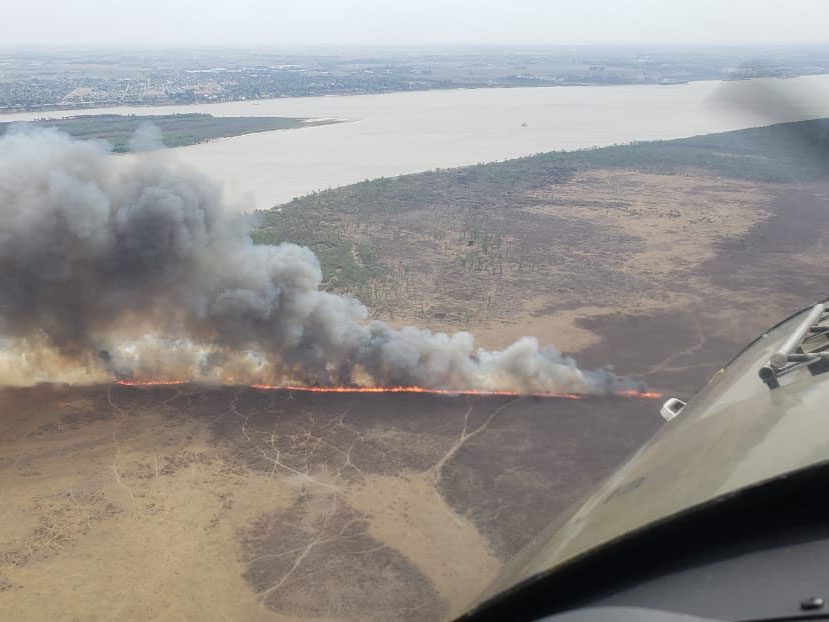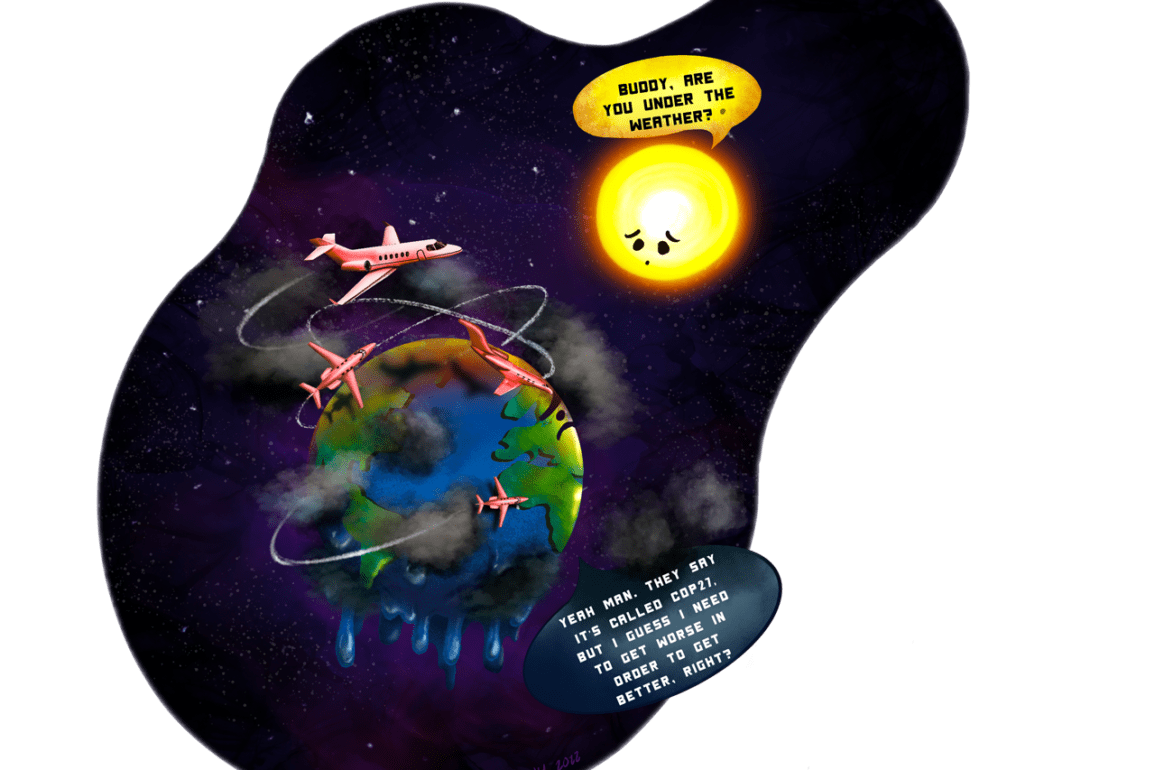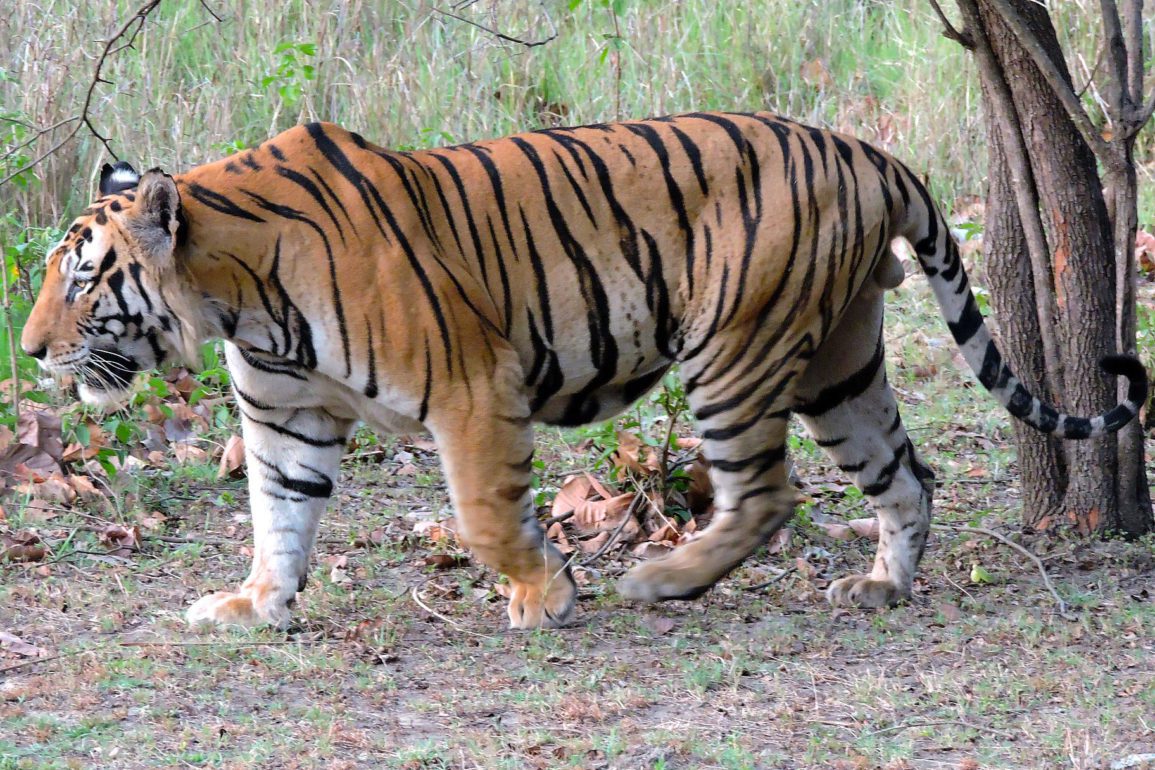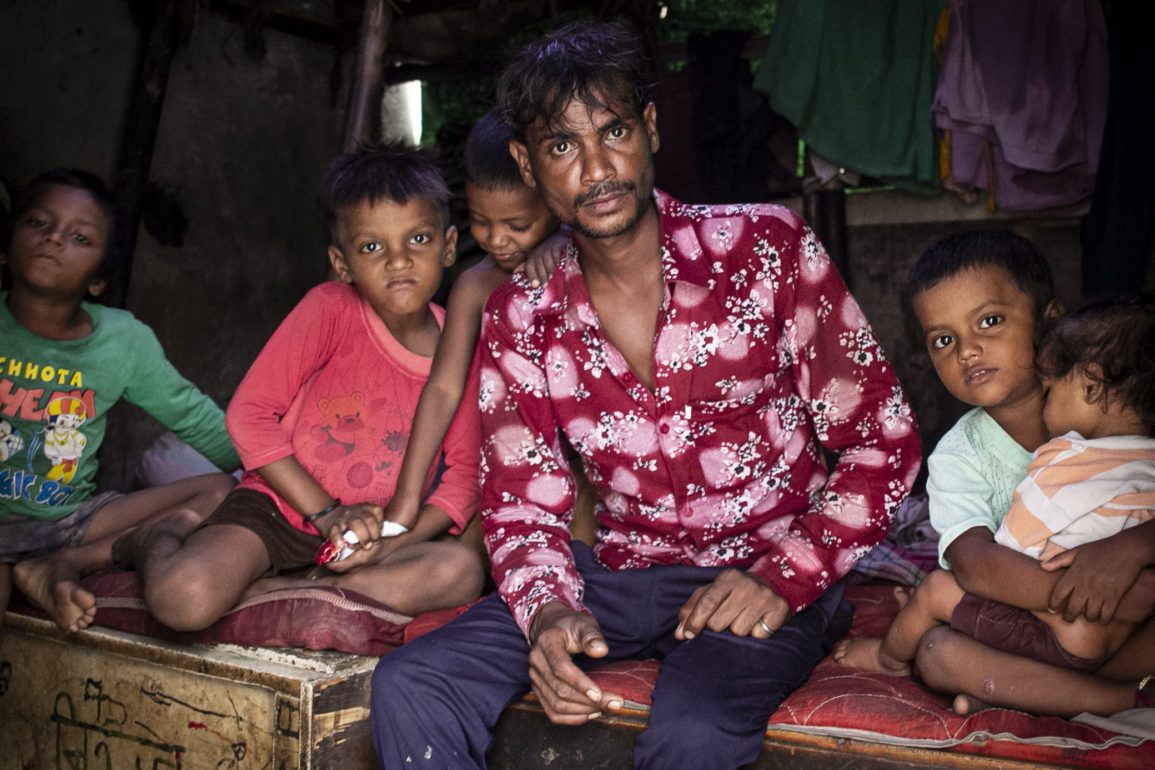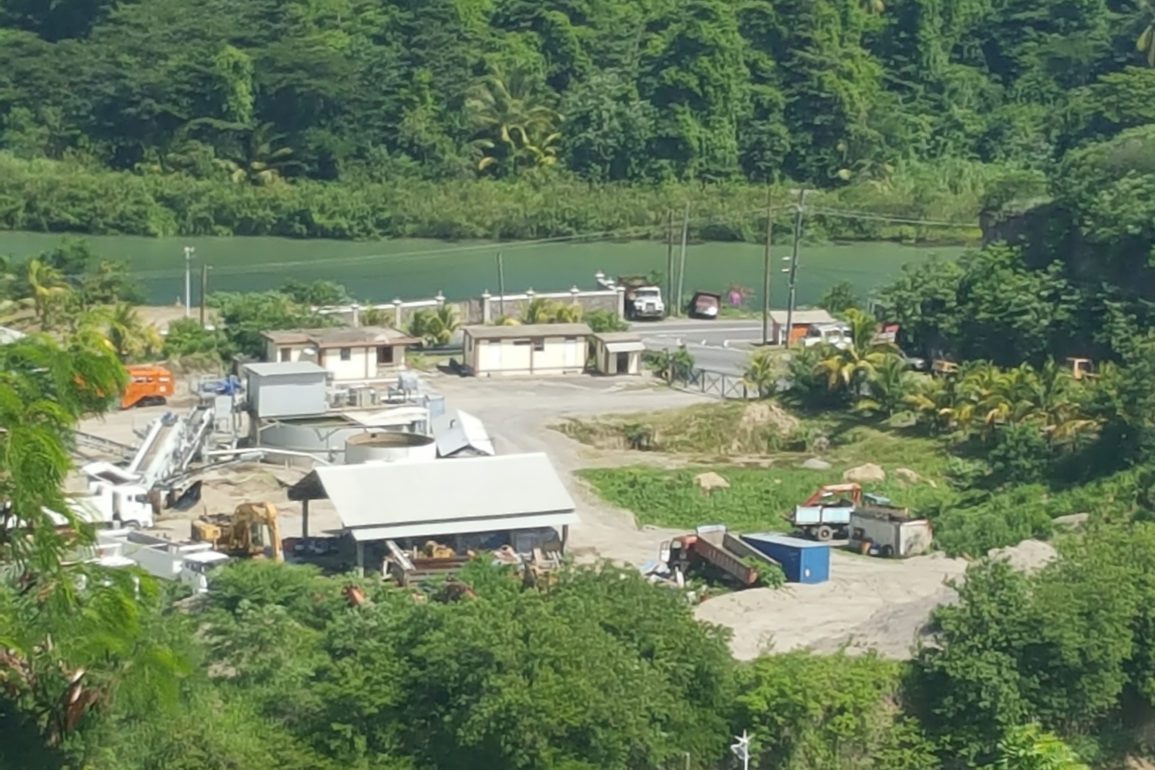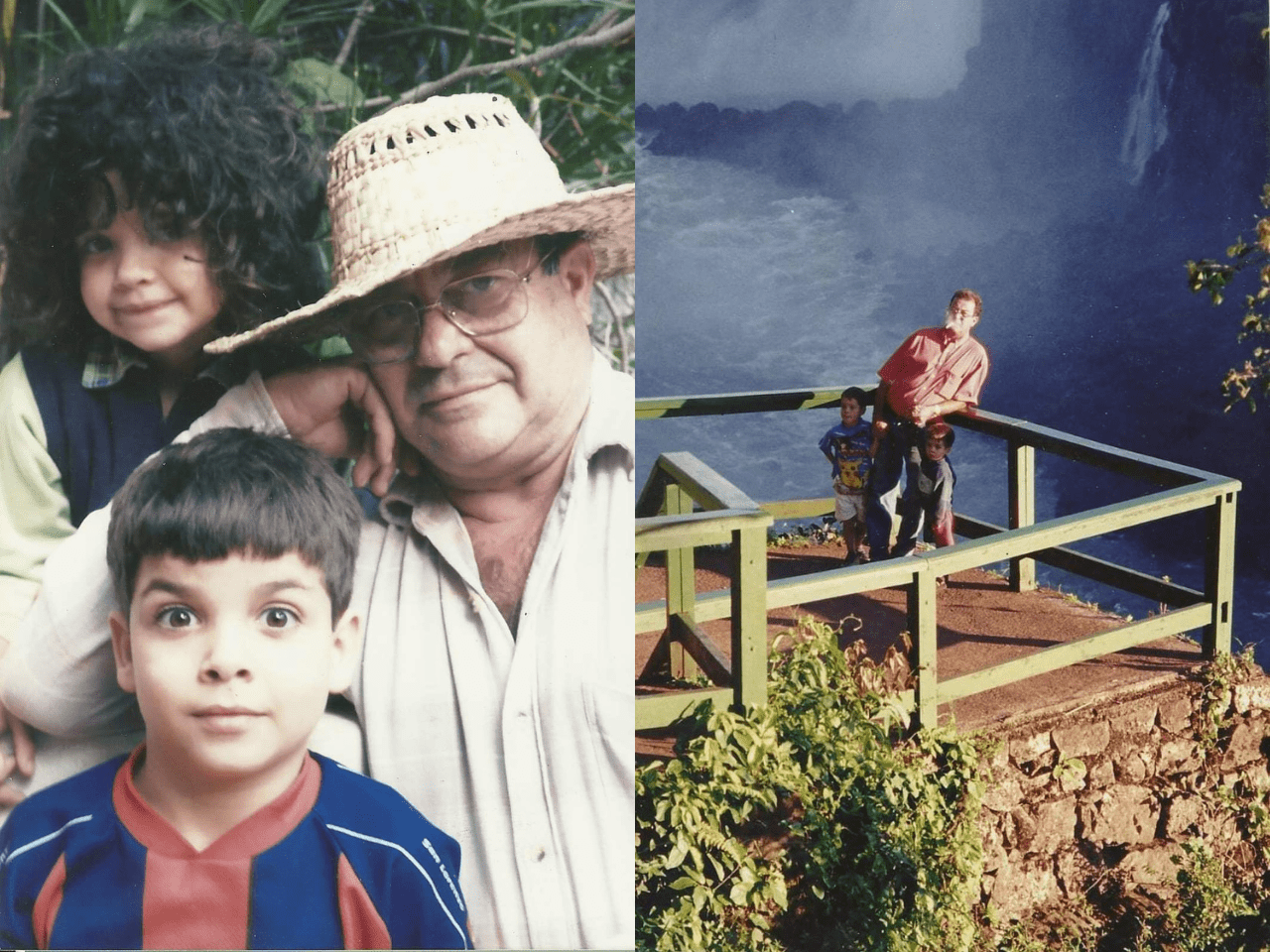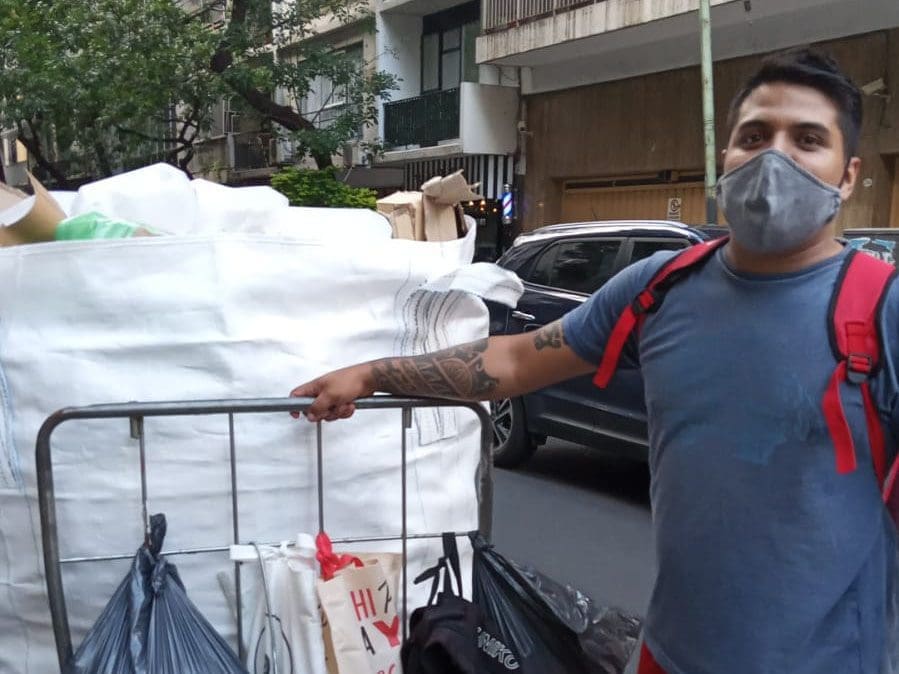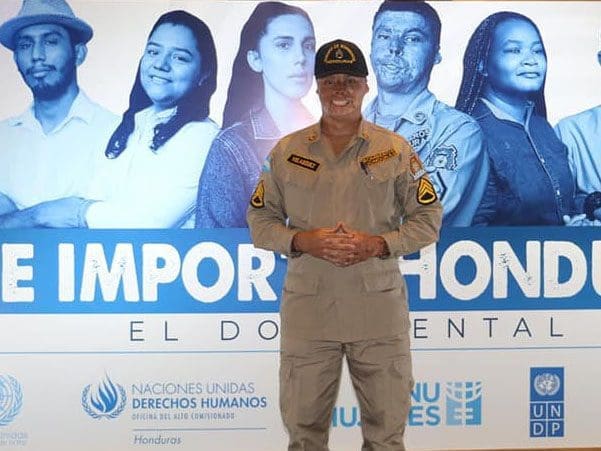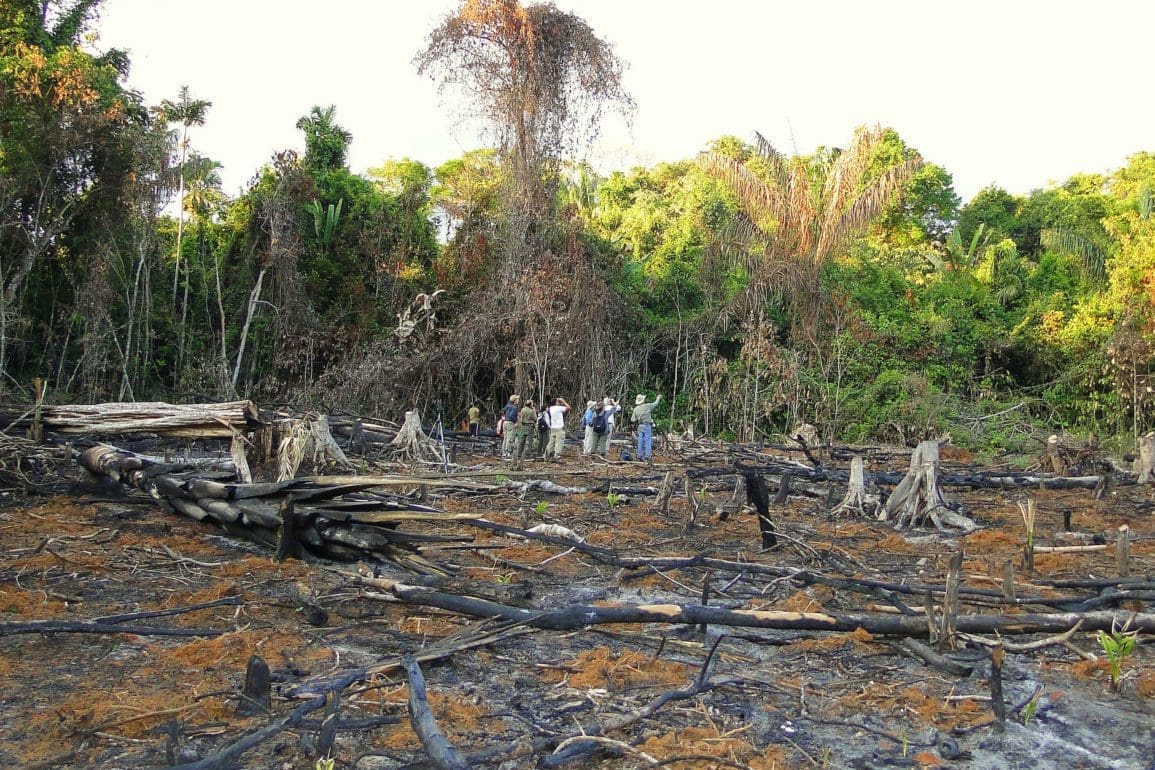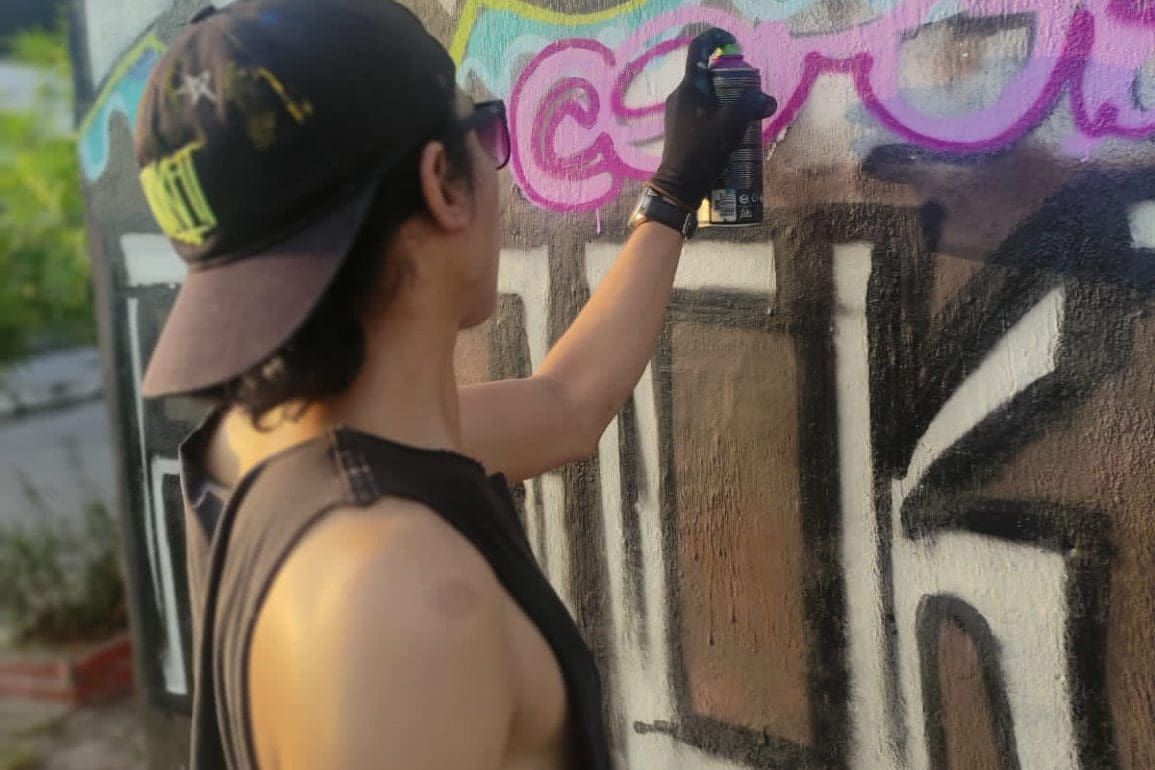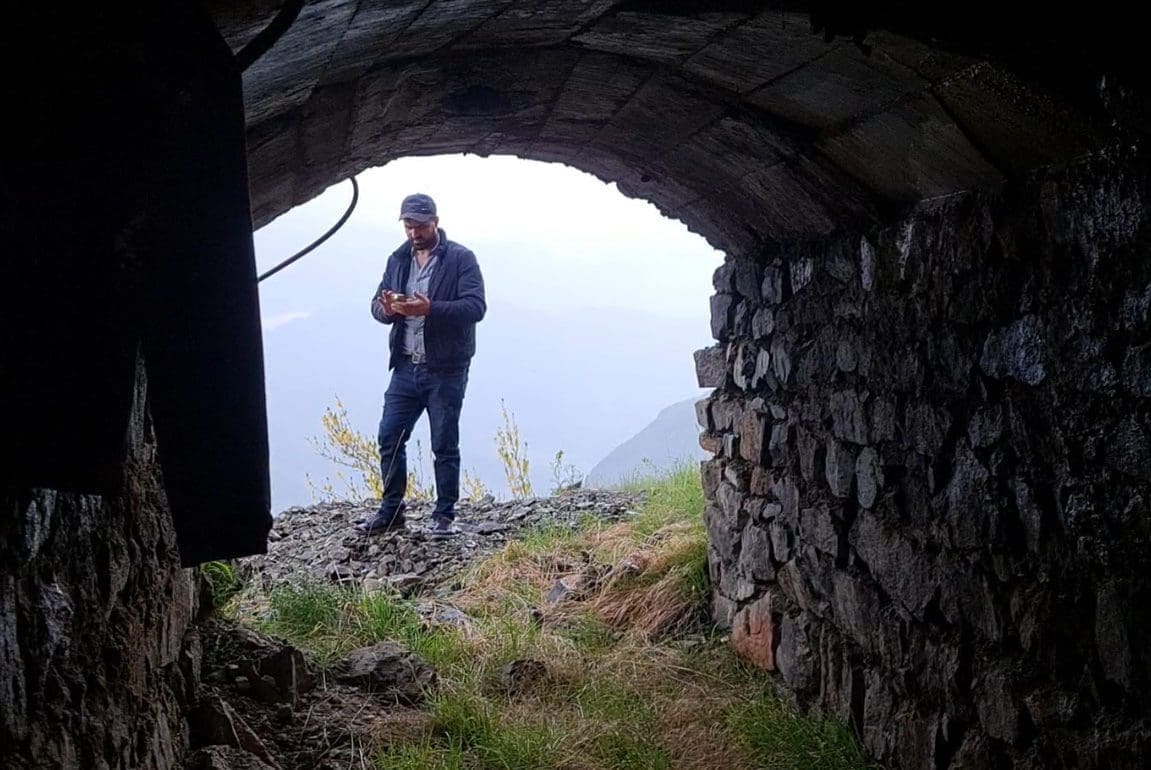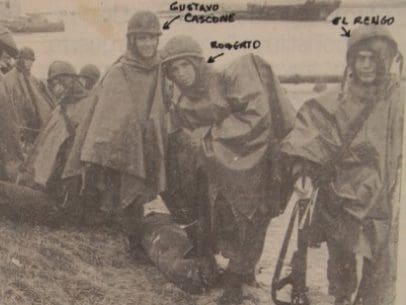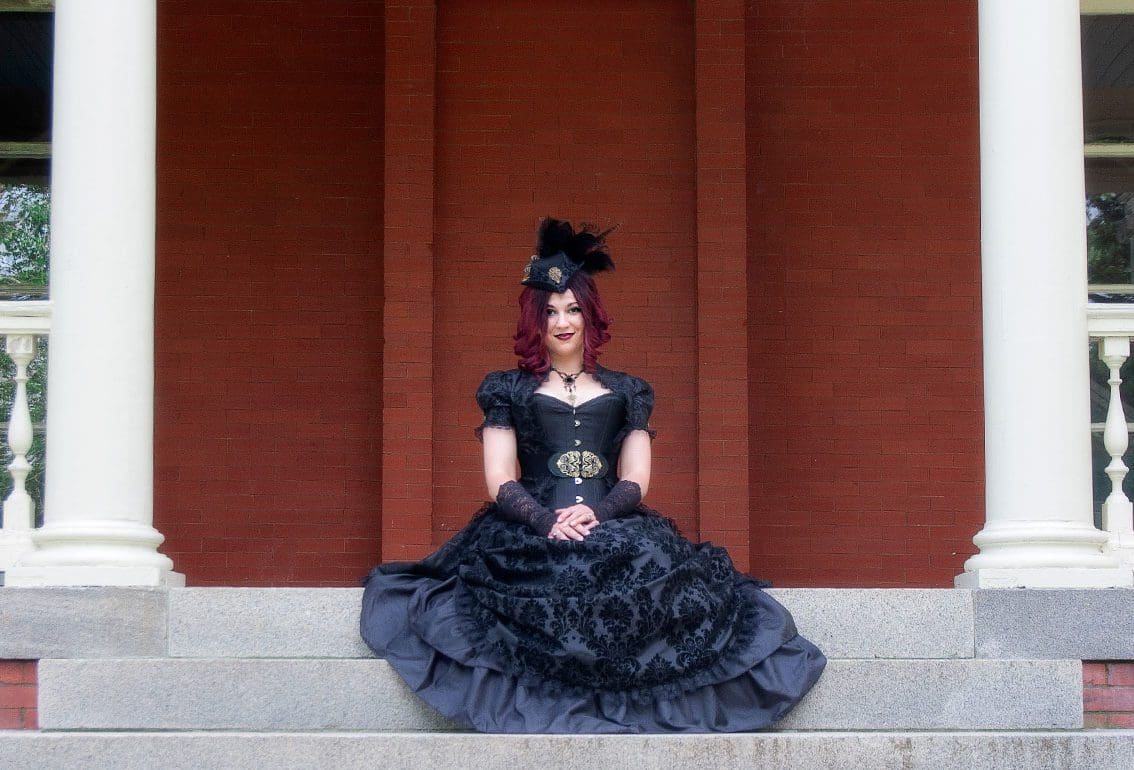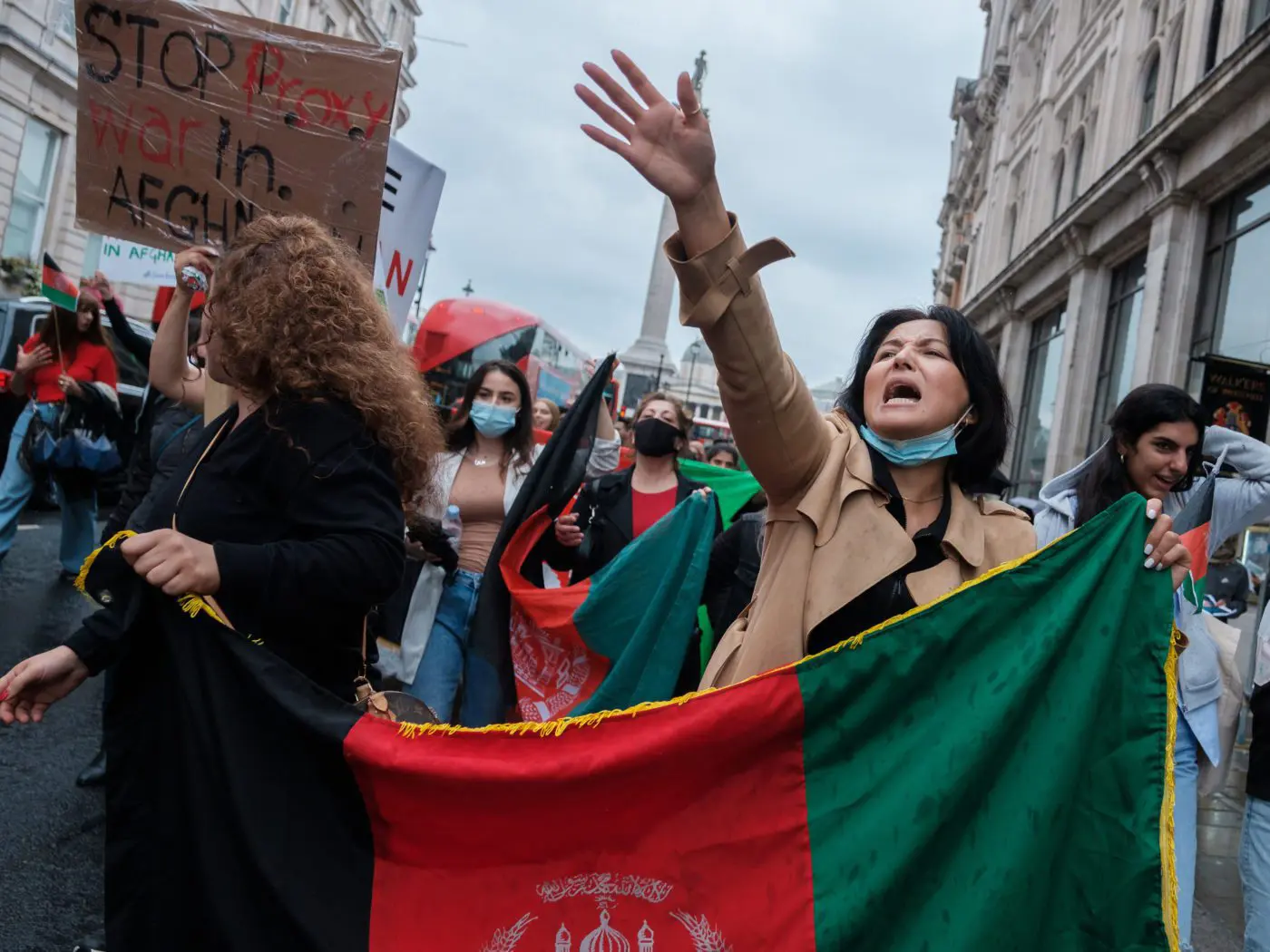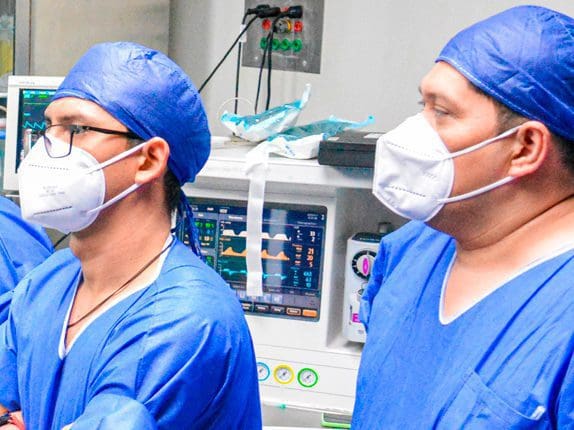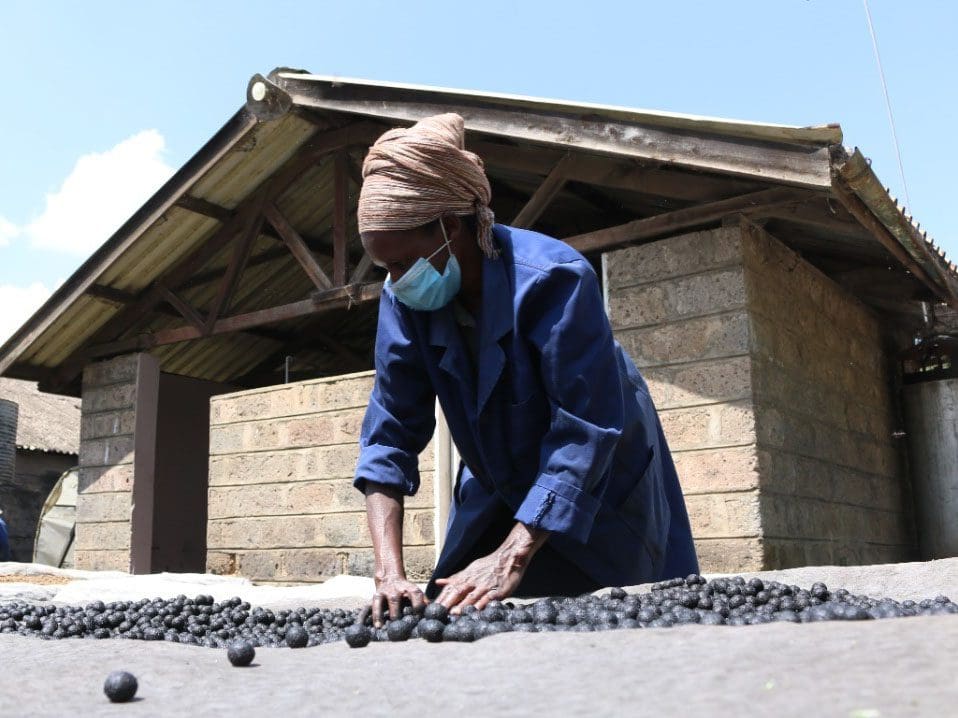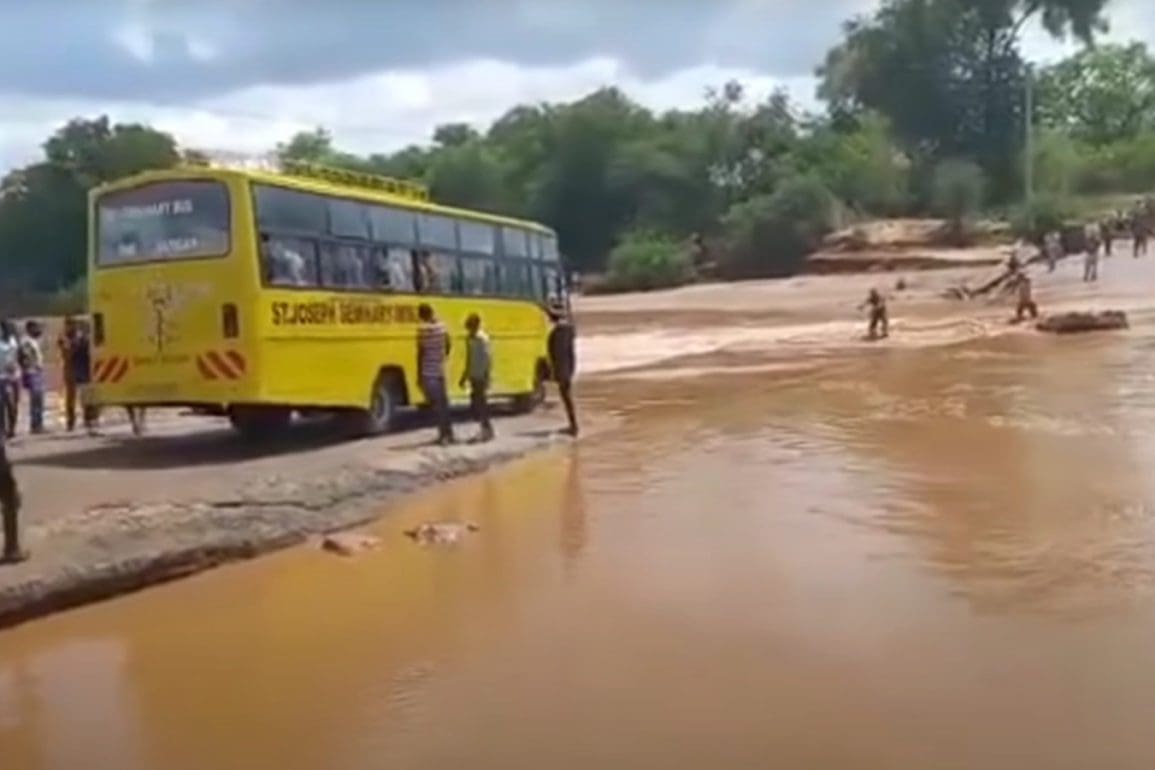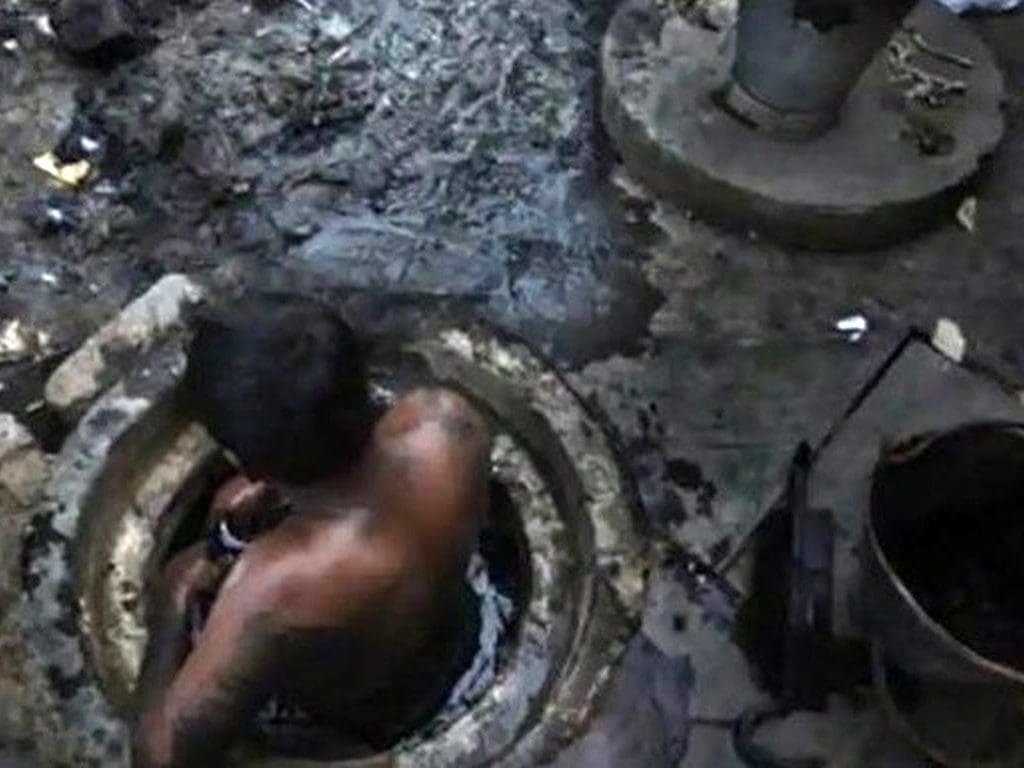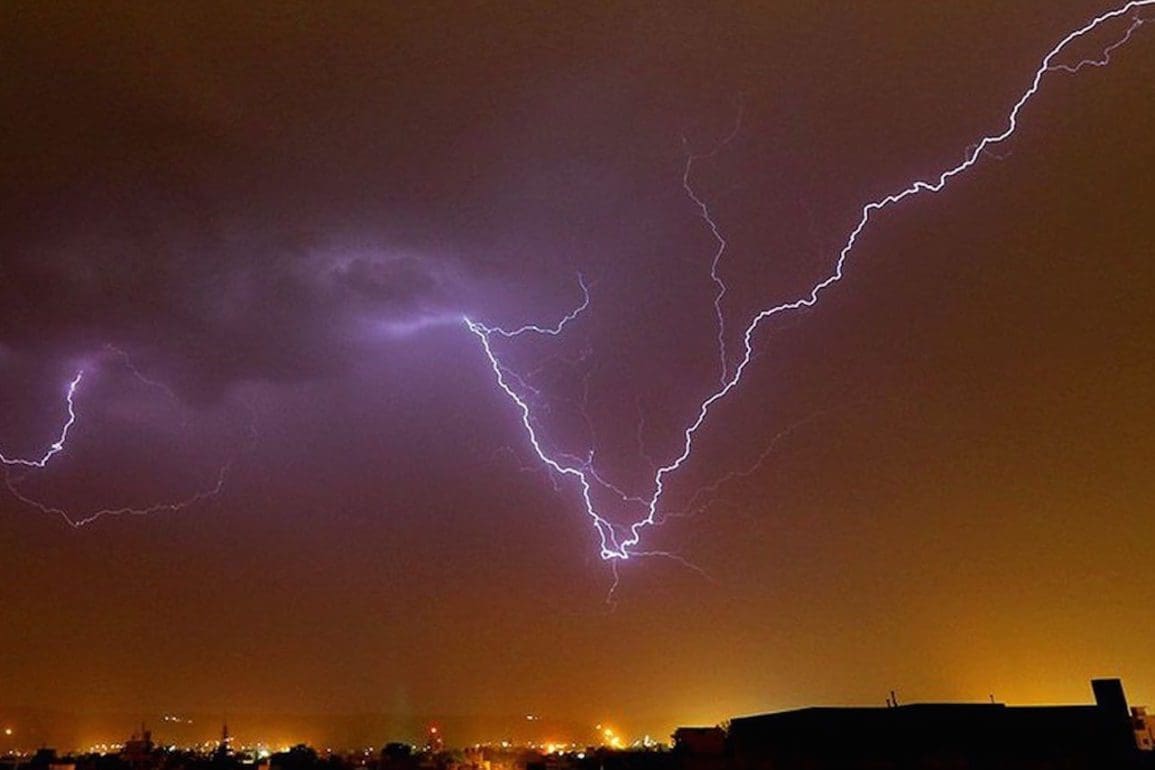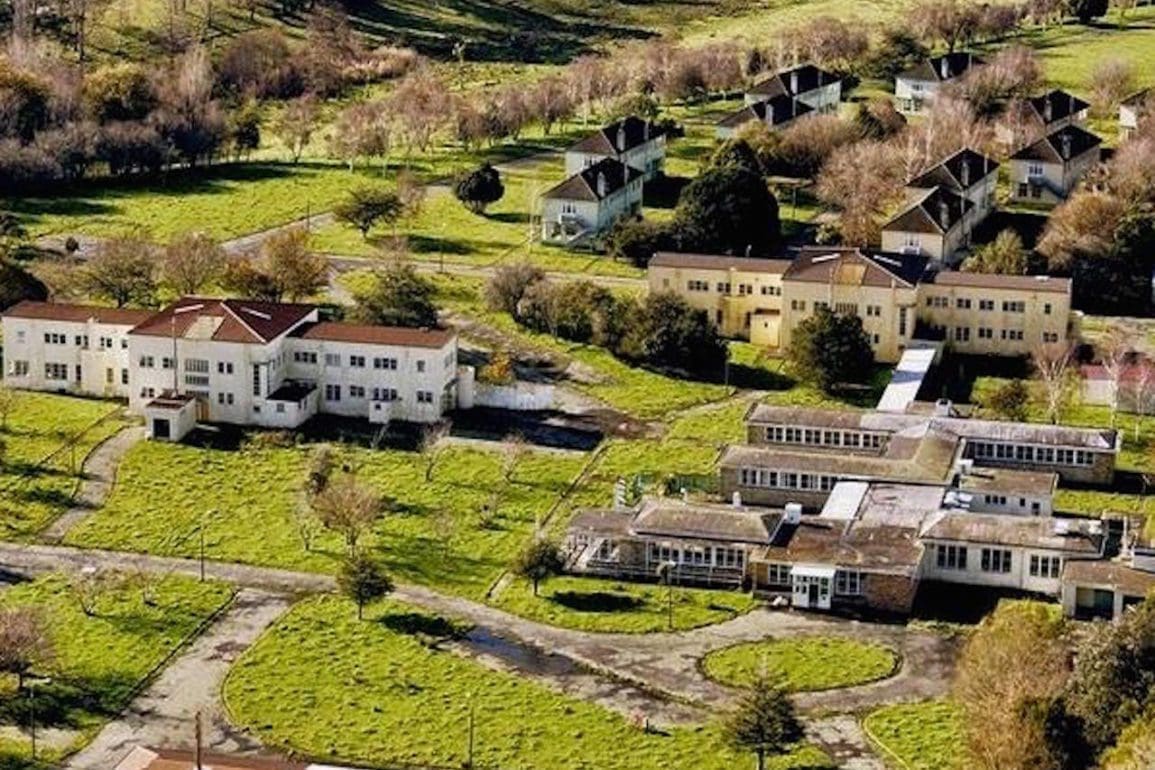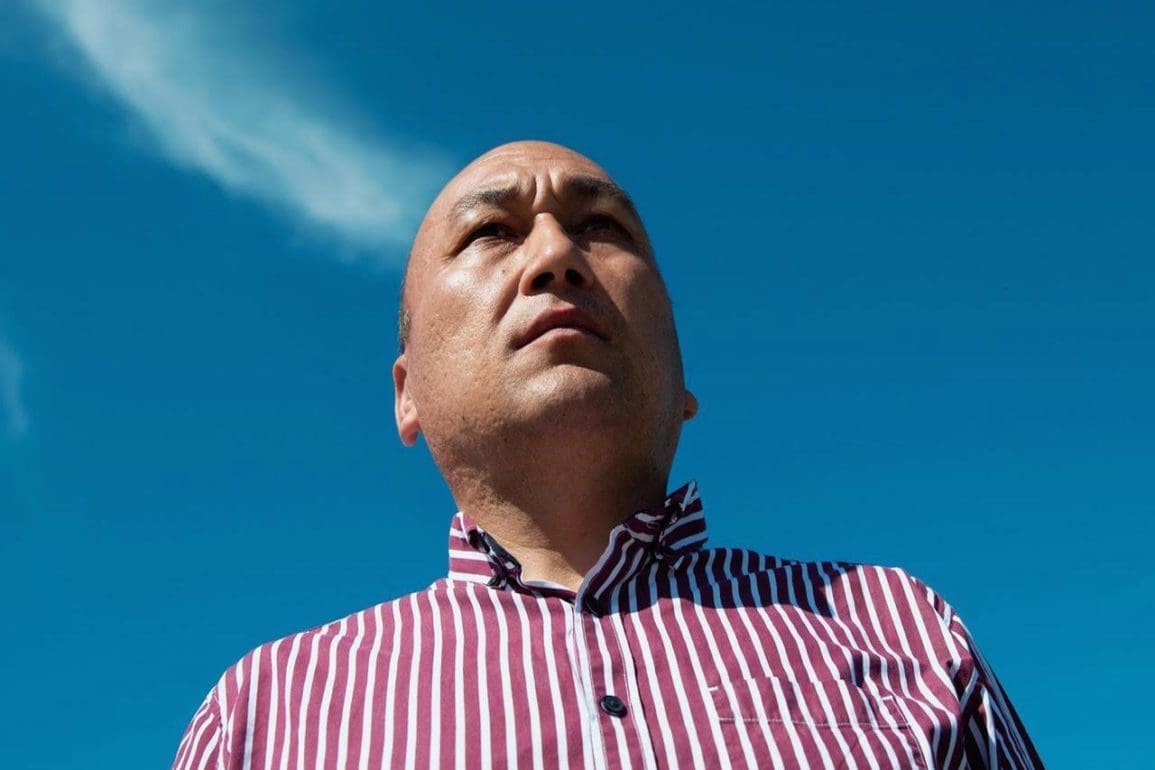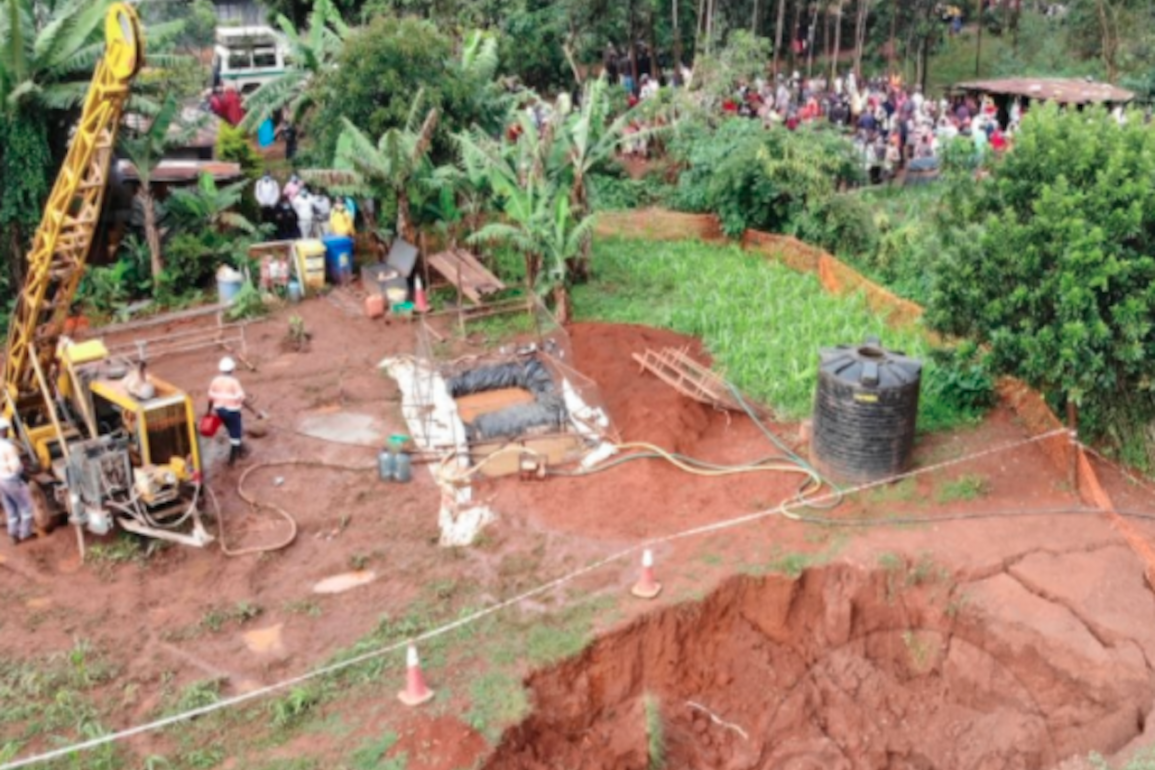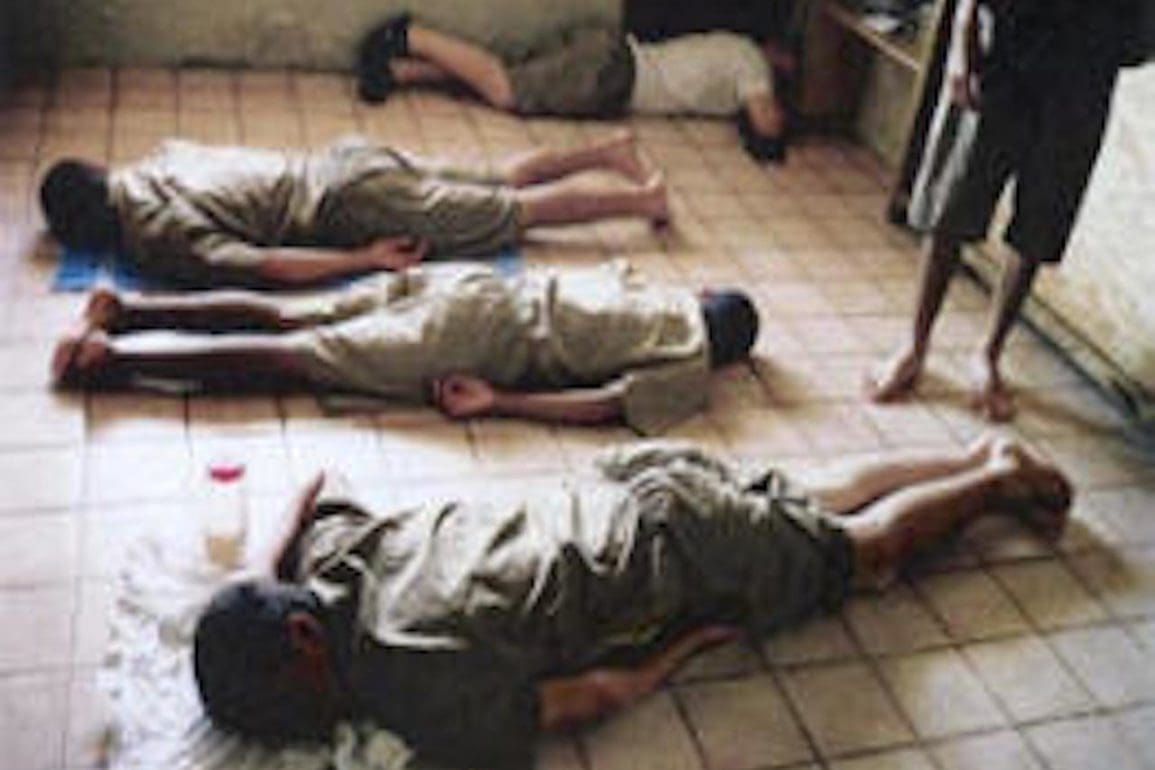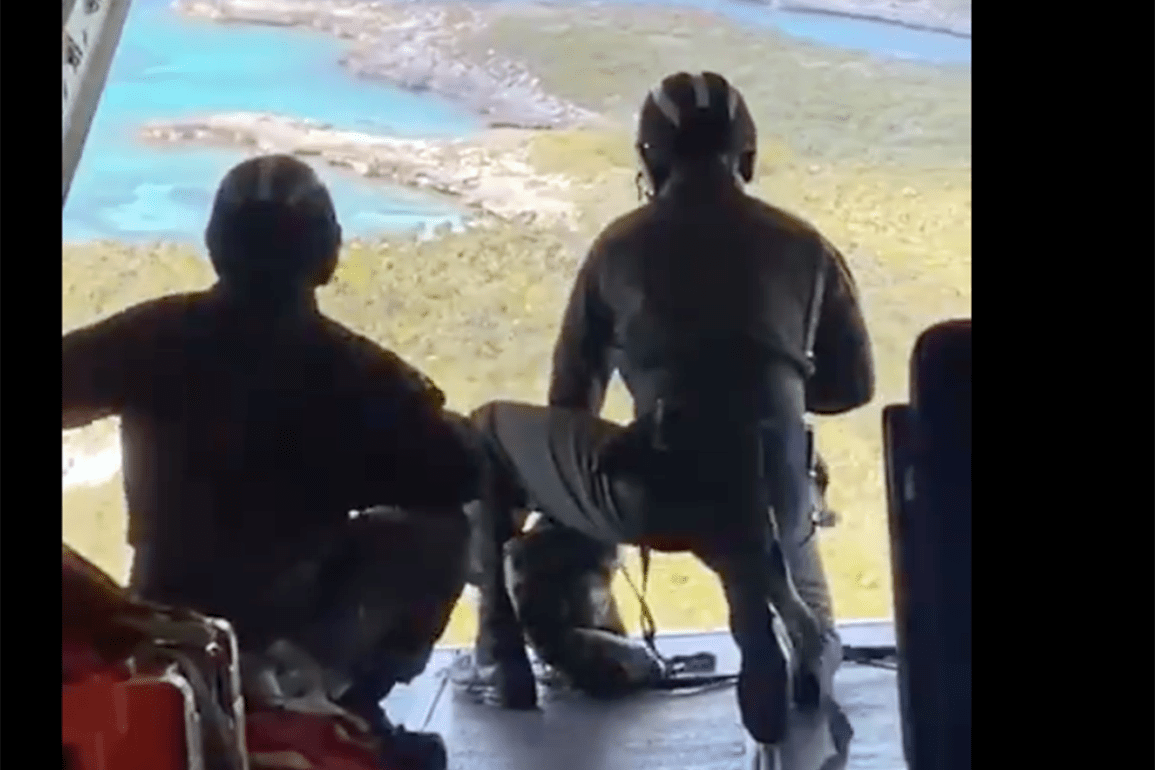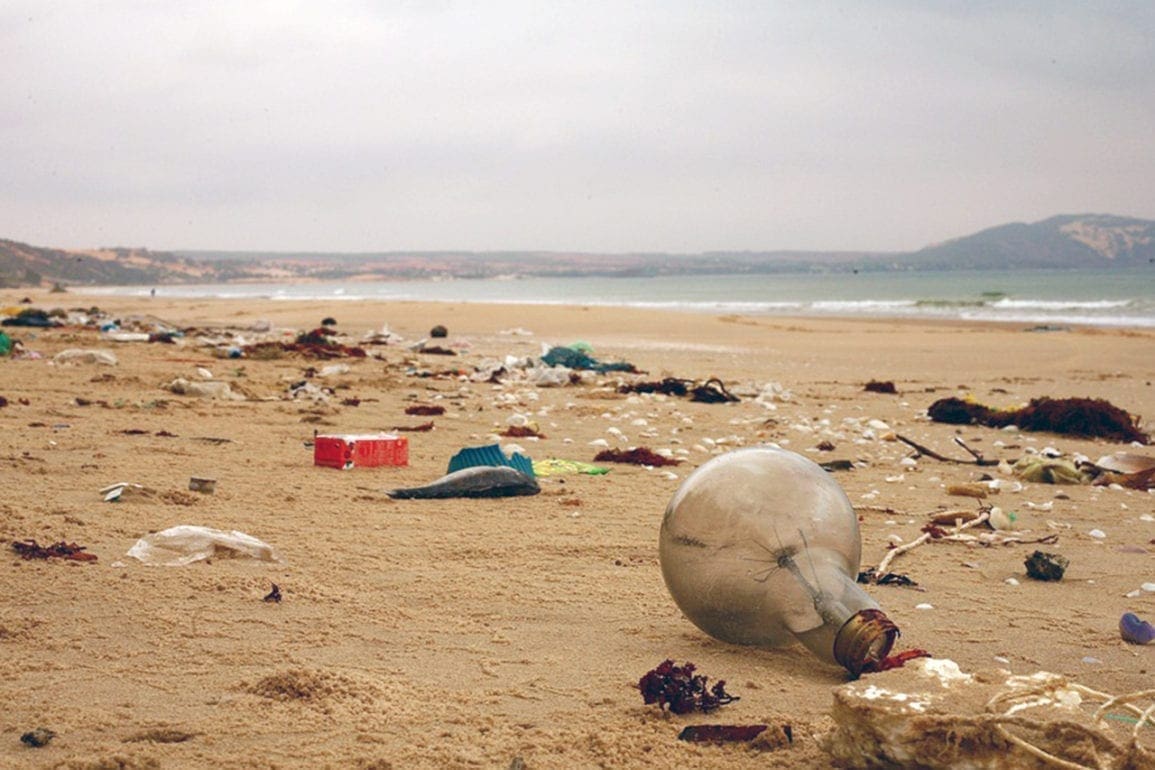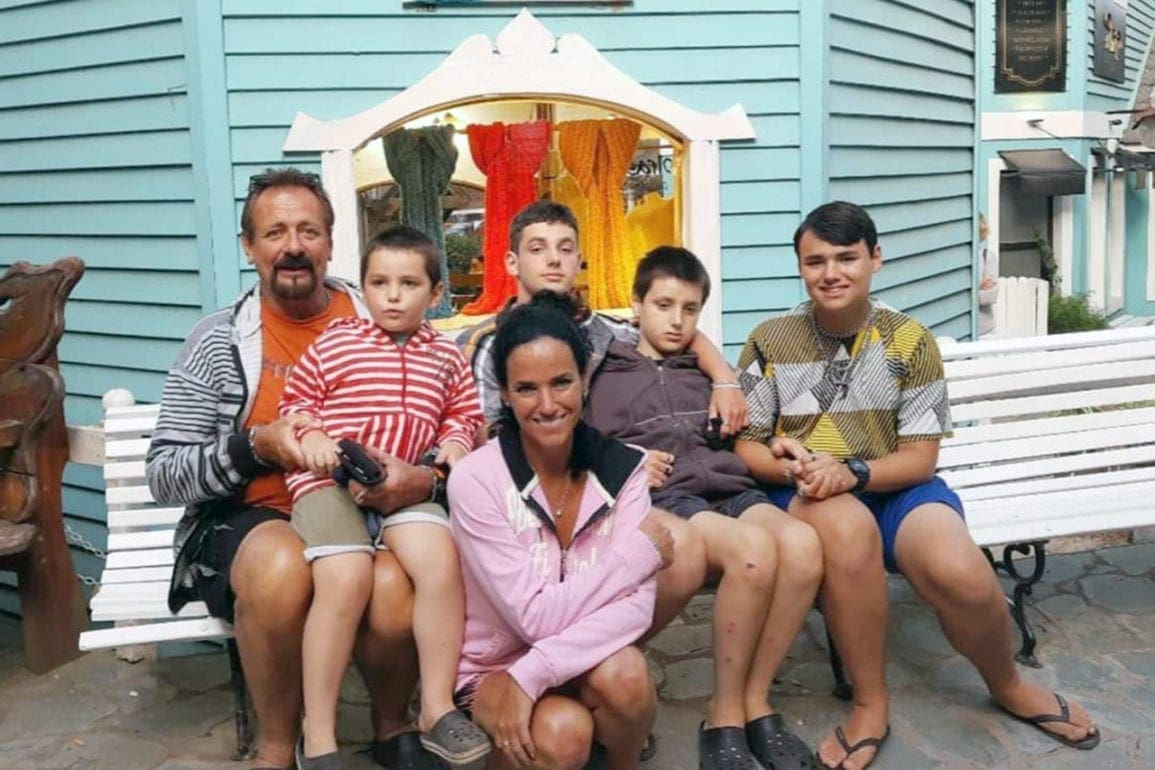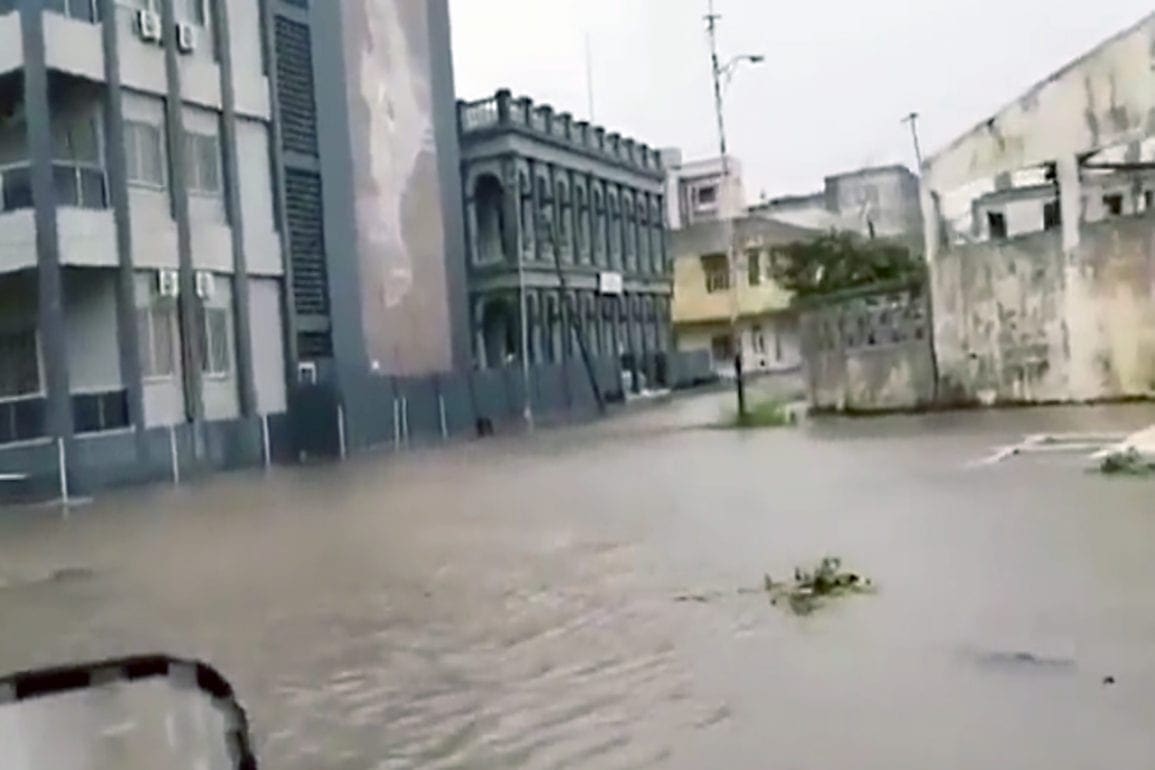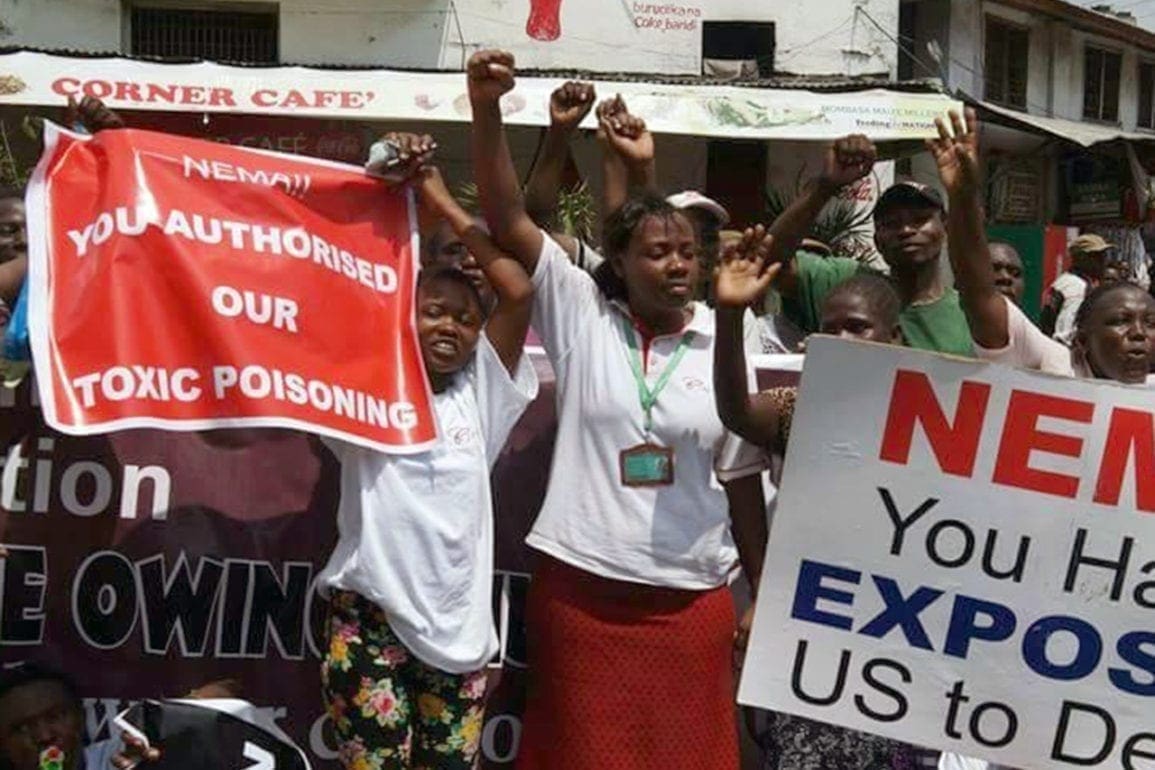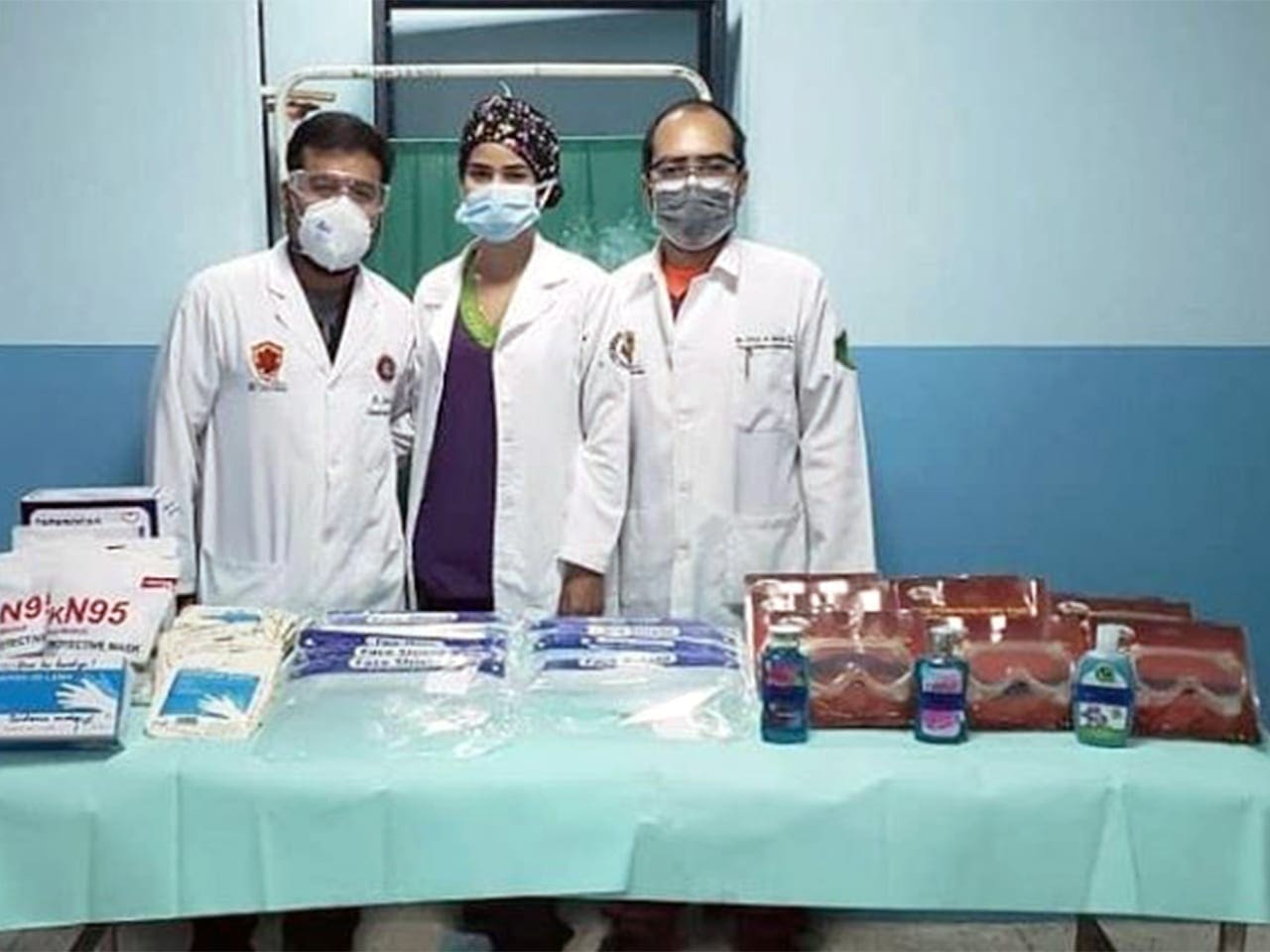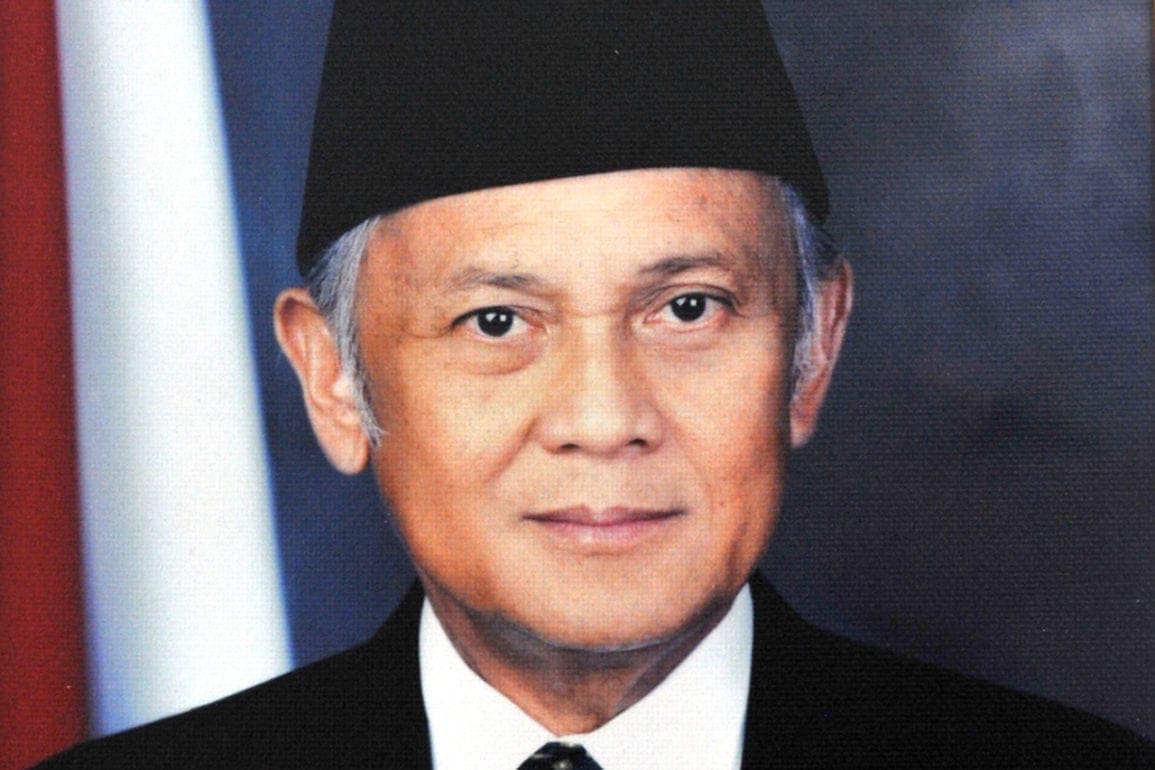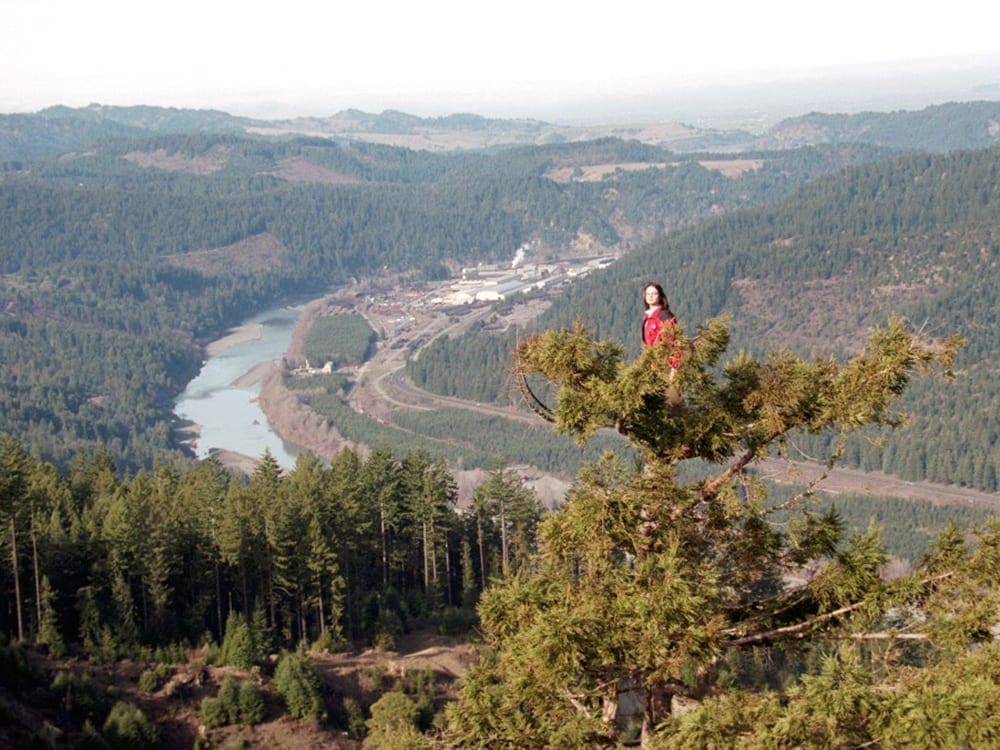Wildlife activist launches India’s first elephant hospital, offering advanced scientific care for vulnerable elephants
Captors poach elephant calves from the wild and attempt to break their spirit through confinement in a cage known as a “Kraal.” During a procedure called “Phajaan,” they harshly thrash the calves with bullhooks, sharp spikes, whips, and electric prods. Consequently, the calves suffer months of brutality, forced to live in their own waste while spiked chains restrain them.
- 1 year ago
November 1, 2024
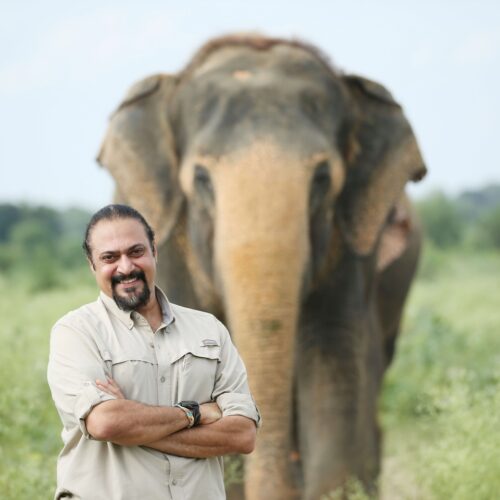
MATHURA, India — On a cold night on December 20, 2018, my crew and I rescued Holly, a blind female elephant trapped in a remote area in Uttar Pradesh, India. Her owner cruelly forced her to beg and left fresh wounds on her body. Due to damage on her ankles, she could not support her own weight.
At 60 years old, Holly urgently needed medical care as her health deteriorated. Immediately, I rushed Holly to our animal hospital. There, we gave her expert medical care, which included hydrotherapy, laser therapy, and specialized foot treatments. As a result, Holly became the first patient at India’s first Elephant Conservation & Care Centre.
Read more stories from India at Orato World Media.
Man founds elephant care hospital to deliver emergency medical aid to rescued elephants
Captors poach elephant calves from the wild and attempt to break their spirit through confinement in a cage known as a “Kraal.” During a procedure called “Phajaan,” they harshly thrash the calves with bullhooks, sharp spikes, whips, and electric prods. Consequently, the calves suffer months of brutality, forced to live in their own waste while spiked chains restrain them.
Tragically, elephants suffer horrific mistreatment, prolonged starvation, and sleep deprivation until they completely lose their determination. Even after they recover, elephants in captivity often struggle and depend on human care for their long-term welfare.
In my late teens, I worked as a field research biologist for the New York Zoological Society, conducting a tiger ecological study in various national parks in India. During my observations, I noticed many people riding elephants, unaware these animals cannot bear saddles on their backs. Subsequently, this heavy load places extreme pressure on their spines, resulting in injuries.
Moreover, the elephants endure long walks throughout the summer, causing blisters and bleeding abscesses on their sensitive feet. To conceal the damage, owners often cover the affected areas with colorful cloth pieces and apply oil or paint to the imperfections.
Unable to endure the cruelty elephants face, I vowed to help them when they need emergency medical attention. Collaborating with the Uttar Pradesh Forest Department, I co-founded a care hospital for rescued elephants with Ms. Geeta Seshamani in November 2018.
Wounded and traumatized elephants receive modern medication
Our hospital treats 150 to 200 elephants through outreach medical camps. We train veterinary professionals and conduct seminars, ensuring comprehensive care and well-being for these majestic creatures. Currently, our hospital offers medical care to over 40 elephants. Located in Mathura on a vast 110-acre plot bordered by water on two sides, our hospital actively supports the elephants.
Treating elephants involves a labor-intensive, intricate, and time-consuming process. Each rescued elephant endures extreme physical and psychological trauma, needing years of dedicated treatment, medical care, and rehabilitation. In mid-December 2023, our team administered the first electro-acupuncture treatment to Bani, a one-year-old elephant calf. Bani sustained severe injuries in an accident in Haldwani [a city in India], prompting our intervention. While crossing a railway track, a fast train struck Bani and her mother. The impact injured Bani’s rear limbs, and sadly, her mother did not survive.
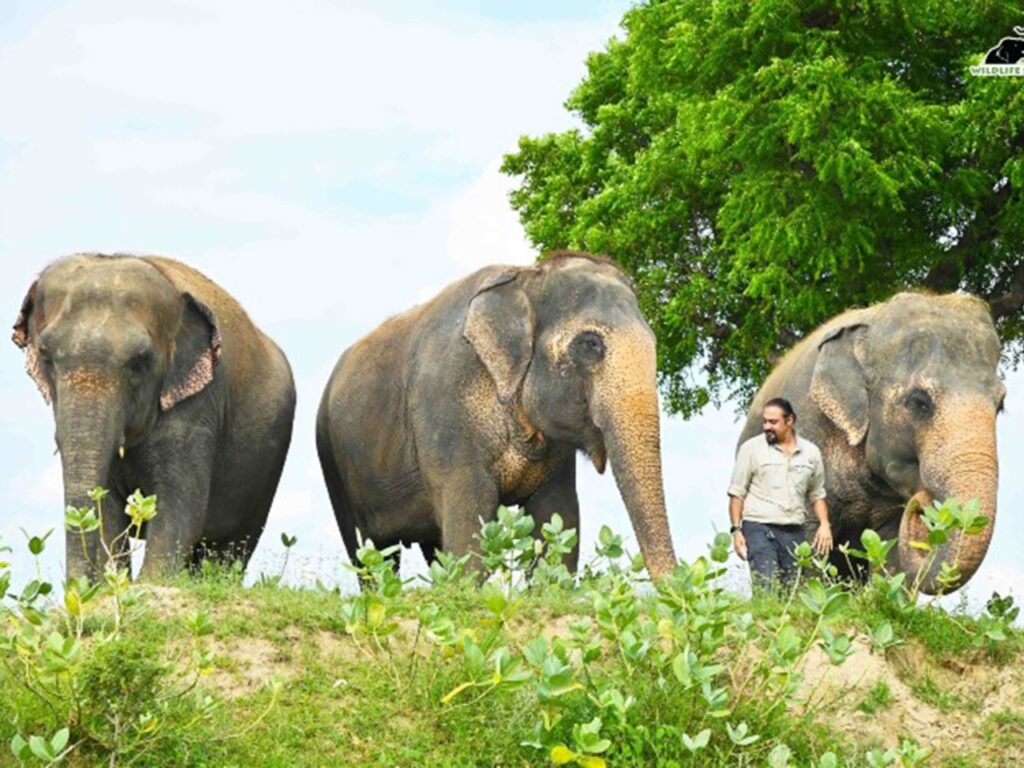
Hurriedly, we brought Bani to our hospital, where Thai acupuncture specialists and Keralan Ayurveda experts collaborated in her treatment. [Keralan Ayurveda is a traditional Indian medicine system that offers a well-organized approach to preventive and curative healthcare.] Soon after, I invited Florida University visiting faculty member Dr. Porrakote Rungsri and a veterinary acupuncture specialist from Chiang Mai University, Thailand, to assist in treating Bani.
For Bani’s paralysis, we designed an extensive veterinary treatment plan, involving a multidisciplinary approach. Neurosurgeons and orthopedic doctors utilized laser therapy, hydrotherapy, and acupressure. Ultimately, Bani is responding well to this scientific treatment. In another incident, Rama, a tuskless elephant known as a “Makhna,” endured wedding processions and worked as a beggar. When the forest department brought Rama to the hospital, an x-ray revealed a damaged spine and multiple infected wounds on his stomach and ankles. Gradually, laser therapy and hydrotherapy significantly alleviated his pain.
Cutting-edge technology transforms elephant hospital into a lifeline for rescued pachyderms
In addition to caring for critically malnourished pachyderms like India’s skinny elephant Lakshmi, the treatment facility supports bull elephants like Raju, who lives at the hospital. The hospital staff understands the technology and their specific needs, allowing them to deliver accurate diagnoses and treatments.
To enhance the welfare of rescued elephants, I provided the hospital with state-of-the-art medical equipment. Our hospital uses photobiomodulation therapy units, digital X-ray machines, and ultrasound technology. These machines provide precise diagnoses and effective treatments for injuries. We also maintain a hydrotherapy pool for pain management, a CCTV-equipped monitoring platform, and designated rooms for infectious disease quarantine.
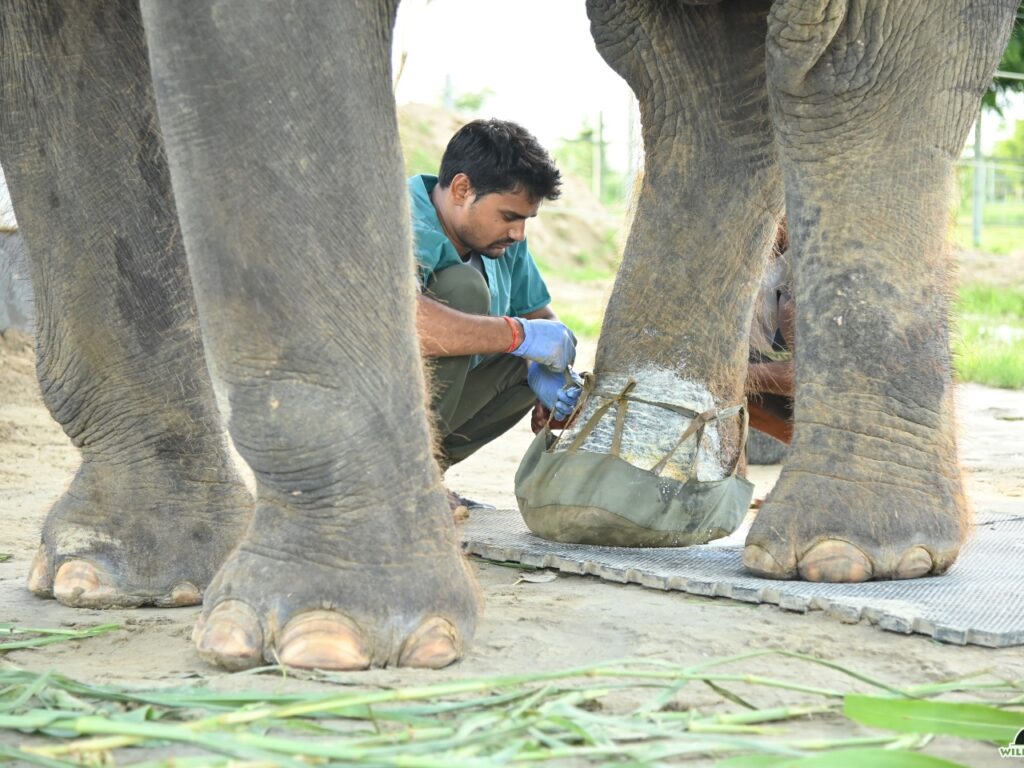
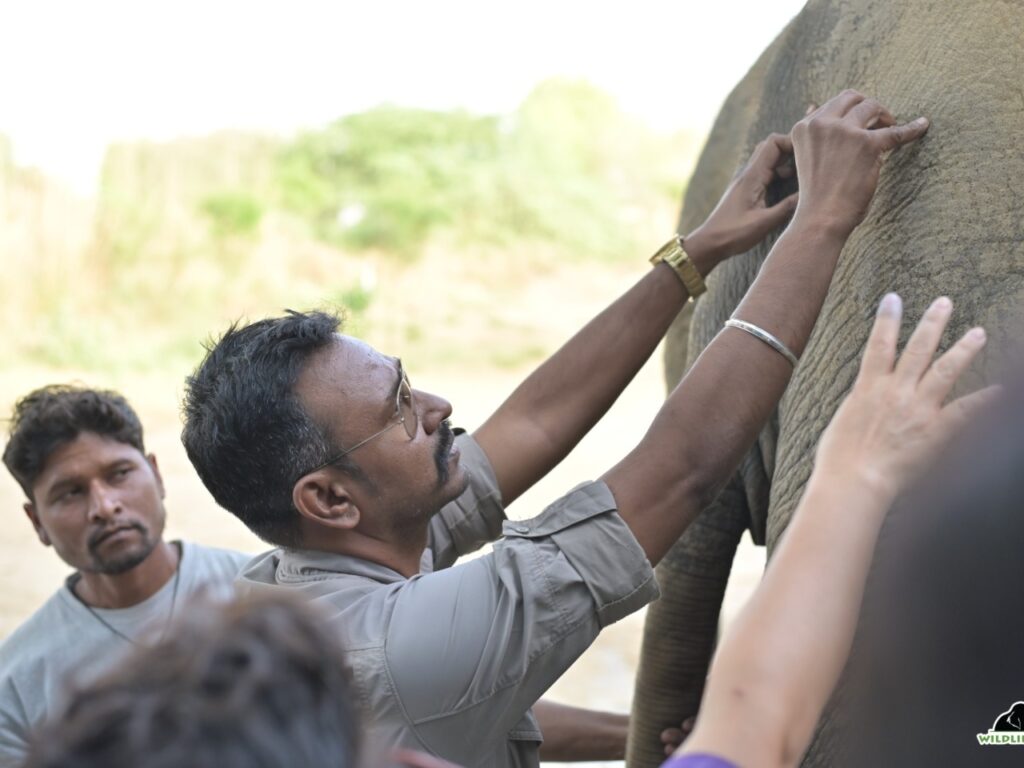
Relentlessly, we innovate cutting-edge medical treatments for rescued elephants. Our hospital features a fully equipped pathology lab with automated hematology analyzers for conducting blood tests. We evaluate serum parameters using serum biochemistry analyzers and employ a trinocular microscope to analyze blood smears and assess fecal parasites. Additionally, we use a specially designed digital scale for elephants. It allows us to weigh them accurately and gather crucial data for developing customized dietary plans.
Over the years, we specialized in treating wounds, eye problems, musculoskeletal issues, and neurological disorders in elderly elephants. To offer on-site and doorstep medical care across India, we organize health camps and training programs for both internal staff and external stakeholders. We further equip elephants with wireless and portable equipment, managing as many elephants as our resources allow while emphasizing quality over quantity.
Rescuing India’s elephants: combining awareness and emergency care to combat exploitation
In India, elephants play a vital cultural role, often appearing in religious processions and wedding celebrations. Although altering religious views through legislation may not be feasible, we can create change through awareness. We would leverage appropriate endorsements and maintain continuous communication across various channels. Together, these actions will effectively influence religious views over time.
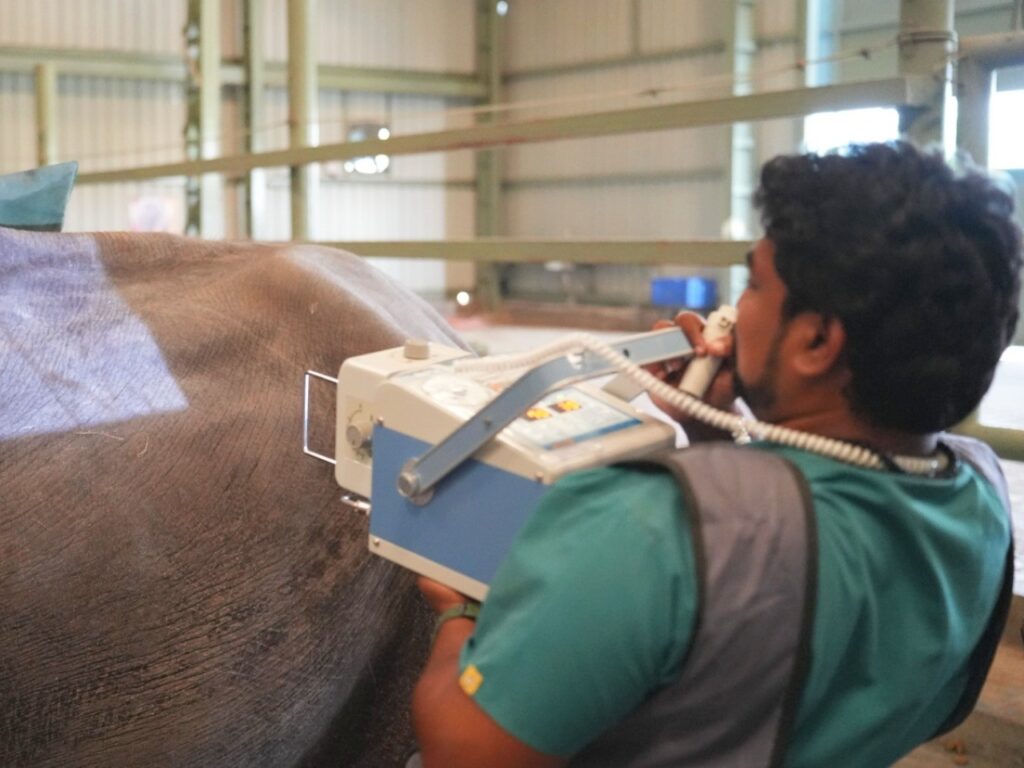
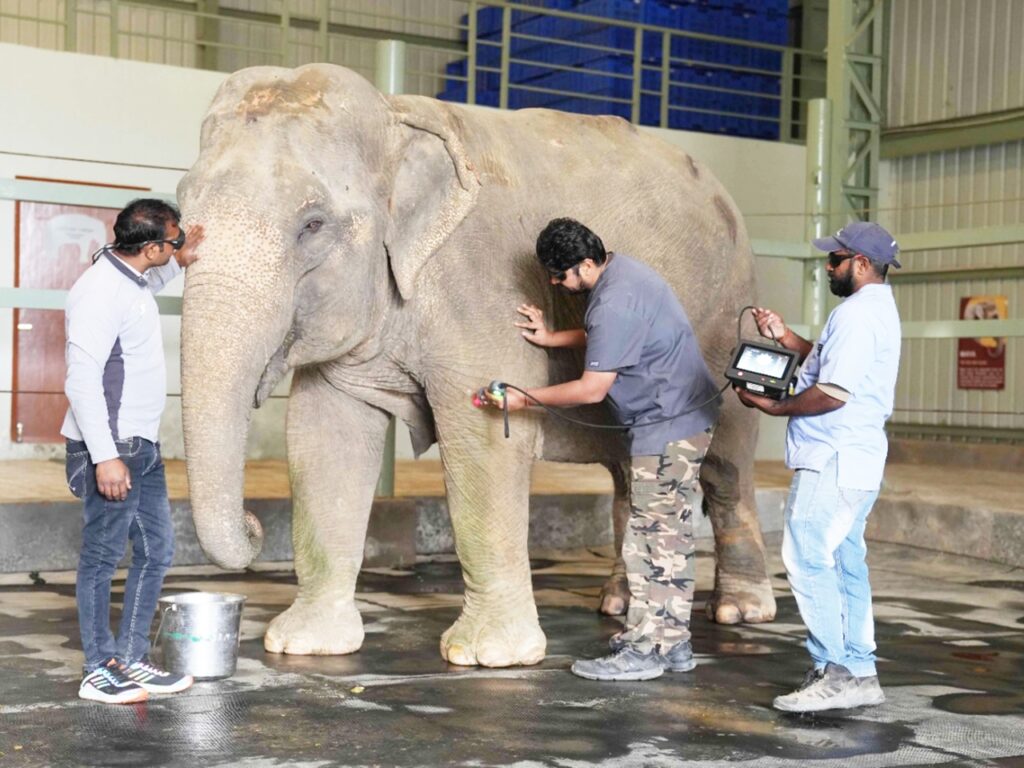
While legislation can restrict animal abuse, education is vital for changing views on practices like animal sacrifice and chaining elephants. India already enforces stringent regulations to protect its national animal through tracking elephant ownership. Unfortunately, owners often overwork elephants, neglecting their needs for care, food, and water, resulting in severe abuse. Elephants deserve safer living conditions in both the wild and captivity.
To rescue elephants from abuse and exploitation, we deliver emergency medical care to all captive elephants in the country. This effort can provoke resentment and unwanted mob reactions, so we actively collaborate with State Forest Departments and Law Enforcement to manage unfavorable situations.
Rescuing and rehabilitating abused elephants: a commitment to conservation and advanced veterinary care
On the other hand, our center invites global veterinarians, caretakers, and biologists to advance elephant conservation research. As we save distressed elephants, we confront the harsh reality of mortality due to neglect, abuse, and exploitation. We believe in our ability to rescue these innocent, voiceless creatures and improve their lives. However, we sometimes encounter delays, creating challenges beyond our control.
I remember Moti, the young bull elephant who endured horrific abuse as he begged and gave rides to tourists. This neglect worsened his severe right forelimb fracture and mutilated left footpad. To help Moti, our hospital sent a mobile veterinary clinic with doctors and an outreach team. The Indian Army constructed a suspension bridge to facilitate his lifting. Unfortunately, his condition continued to deteriorate, and we realized it was already too late. Tragically, he passed away on February 18, 2023.
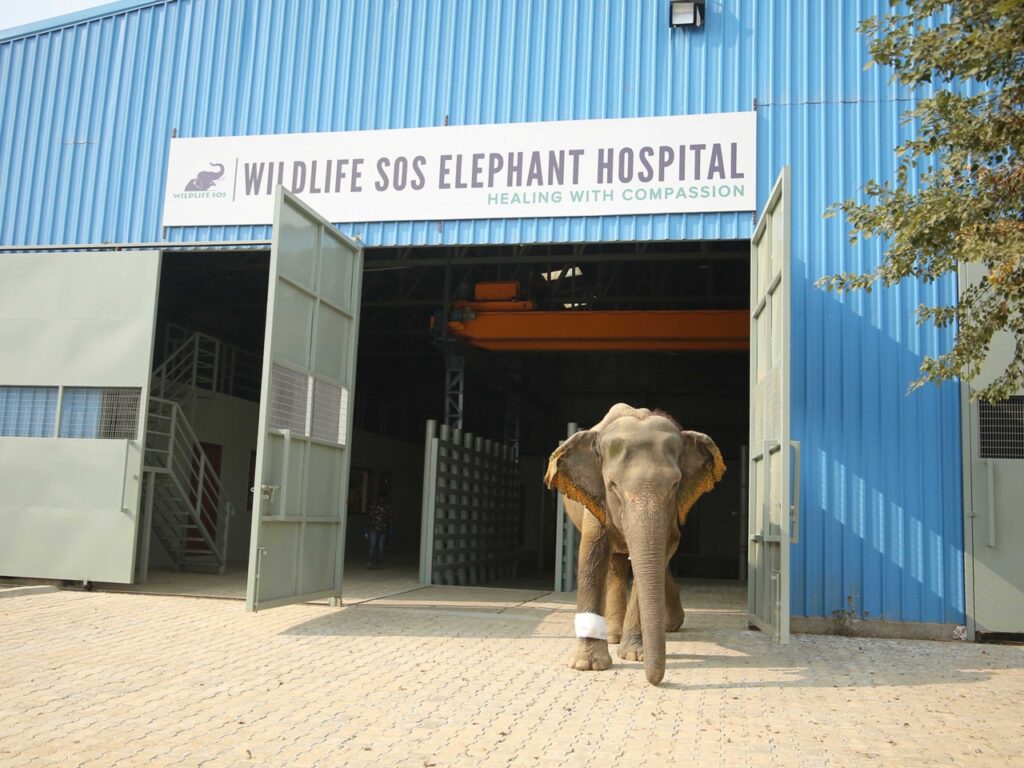
Our hospital employs around 100 staff members, including veterinary specialists, para-veterinary professionals, mahouts, caretakers, elephant support workers, and rescue personnel. Utilizing mobile medical equipment, they ensure elephants benefit from advanced medical technologies in their treatment. To provide a balanced diet for the elephants, we also maintain four large solar cool rooms on our property to store fruits and vegetables.
Our long-term strategy emphasizes increasing conservation and welfare activities while implementing a sustainable approach in our operations. We recognize elephants are not meant for domestication or human exploitation. Therefore, we aim to rescue more elephants and other animals, improve our veterinary clinics, and raise awareness about our efforts.

